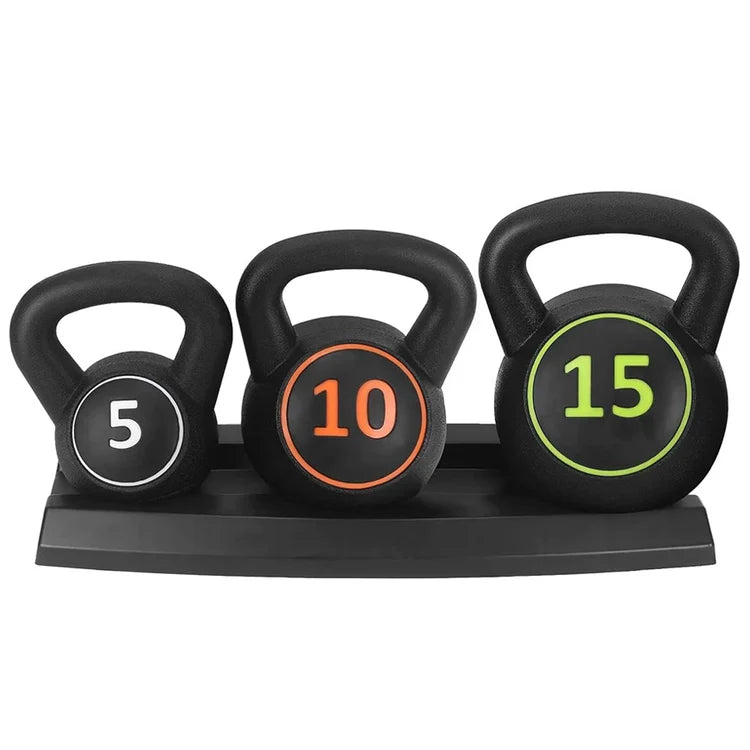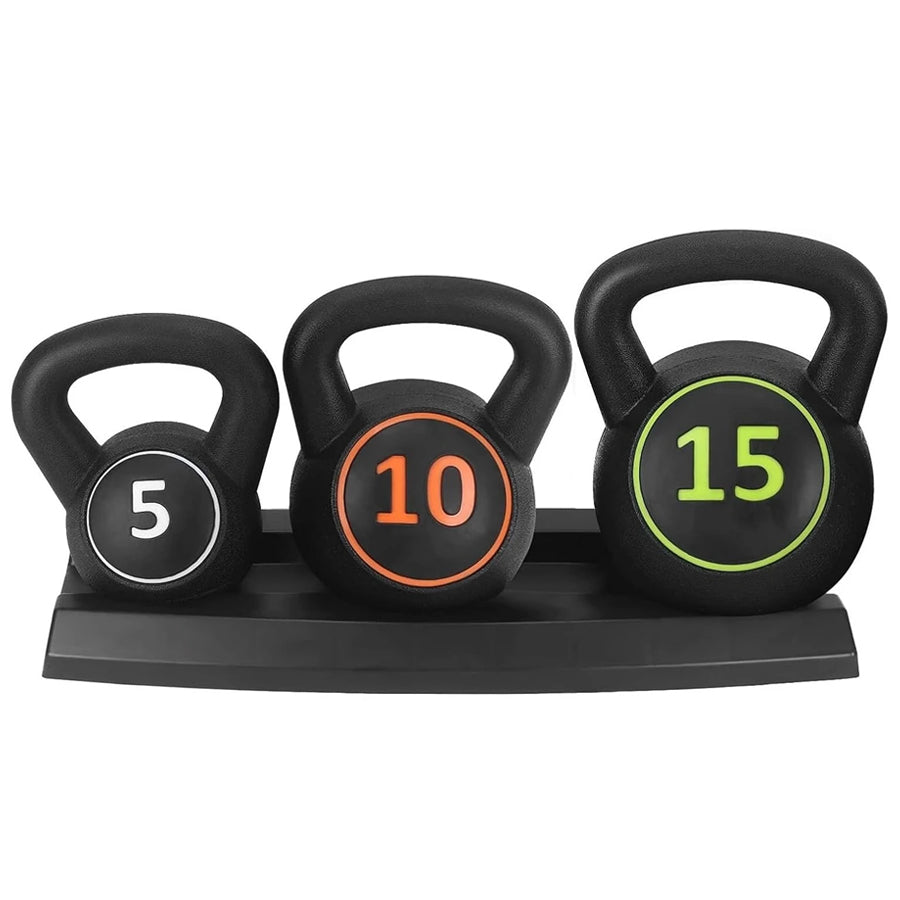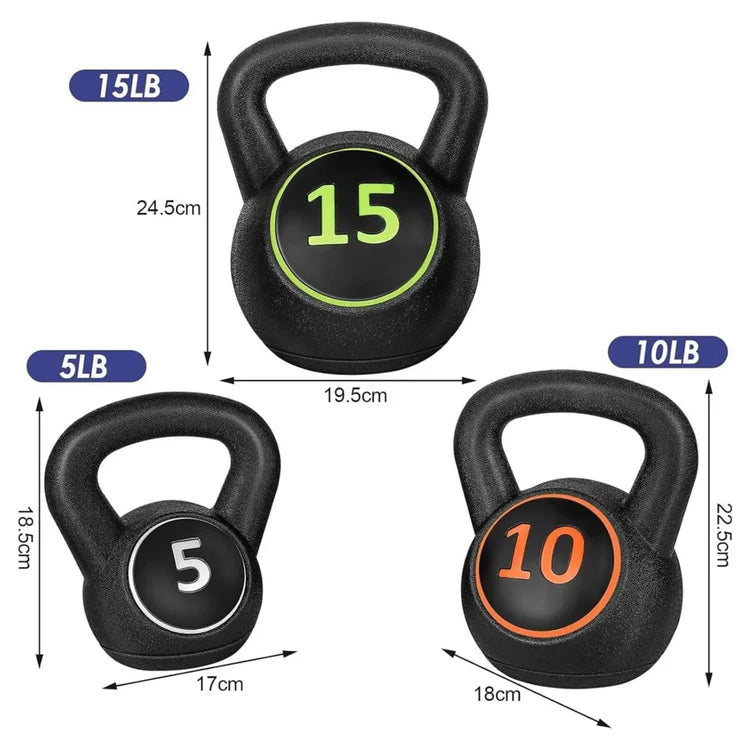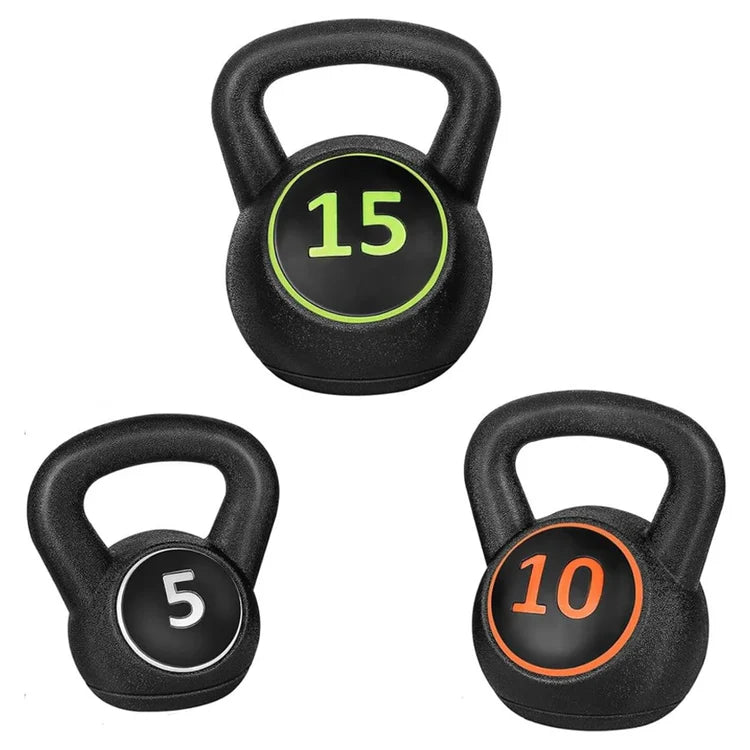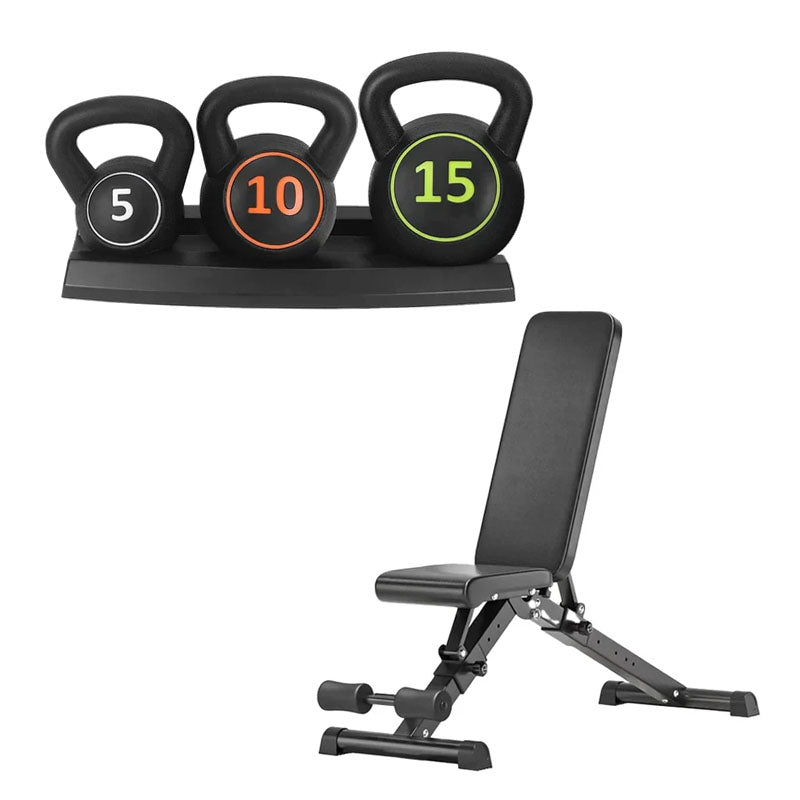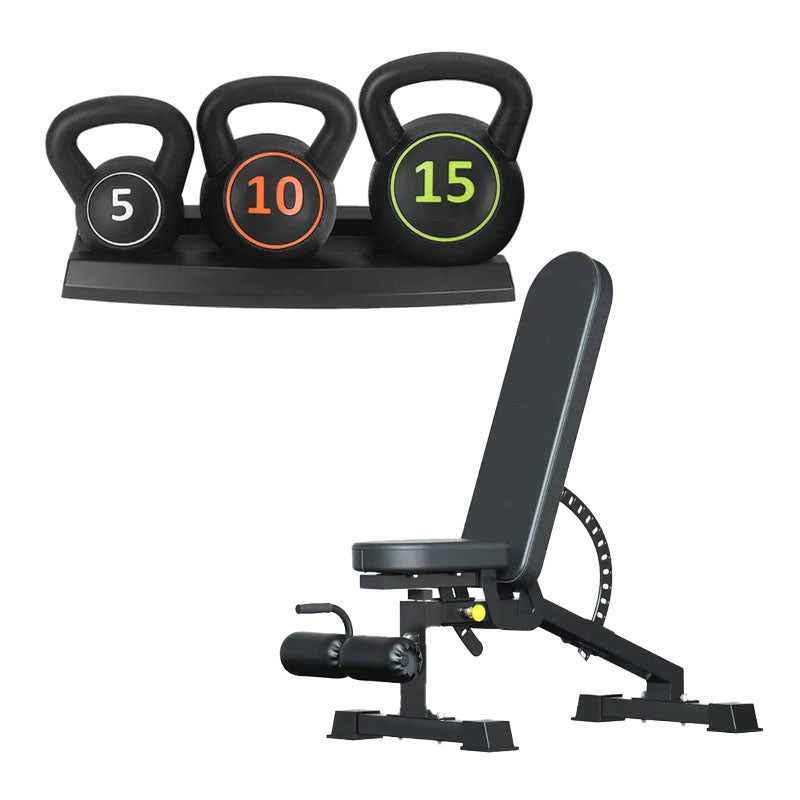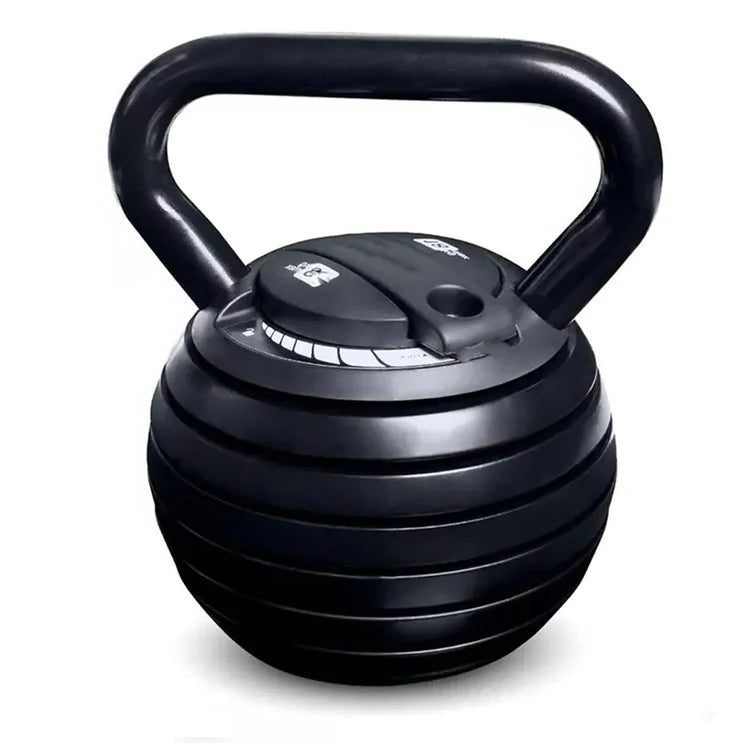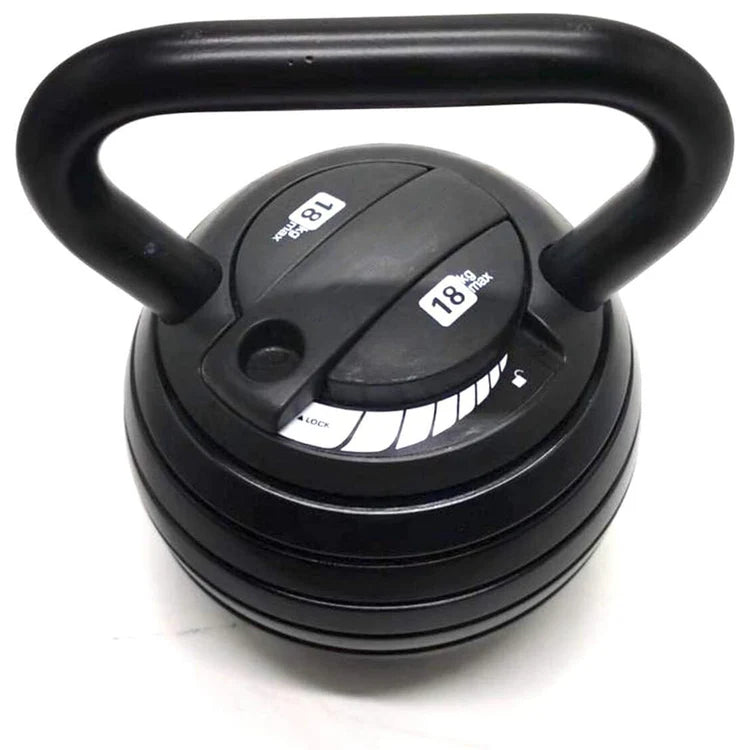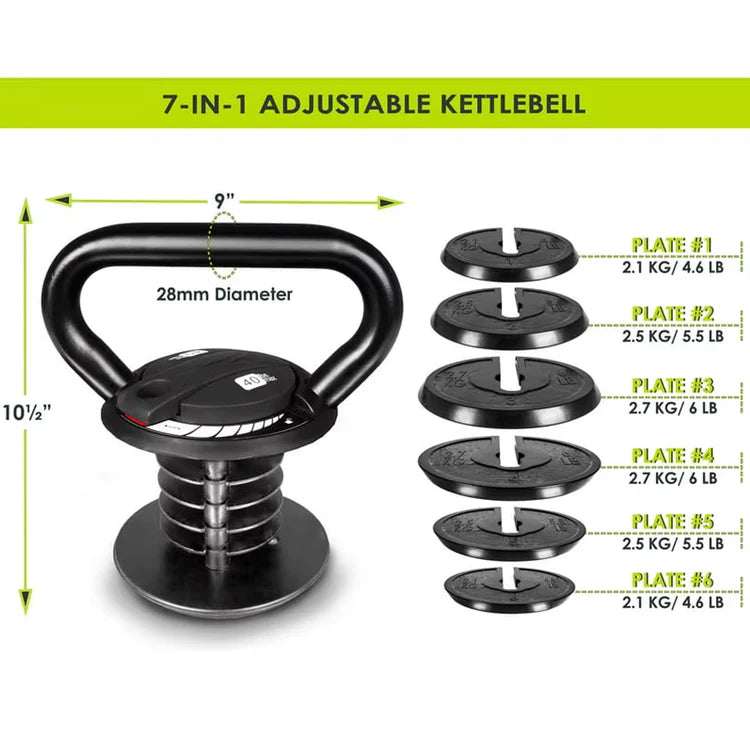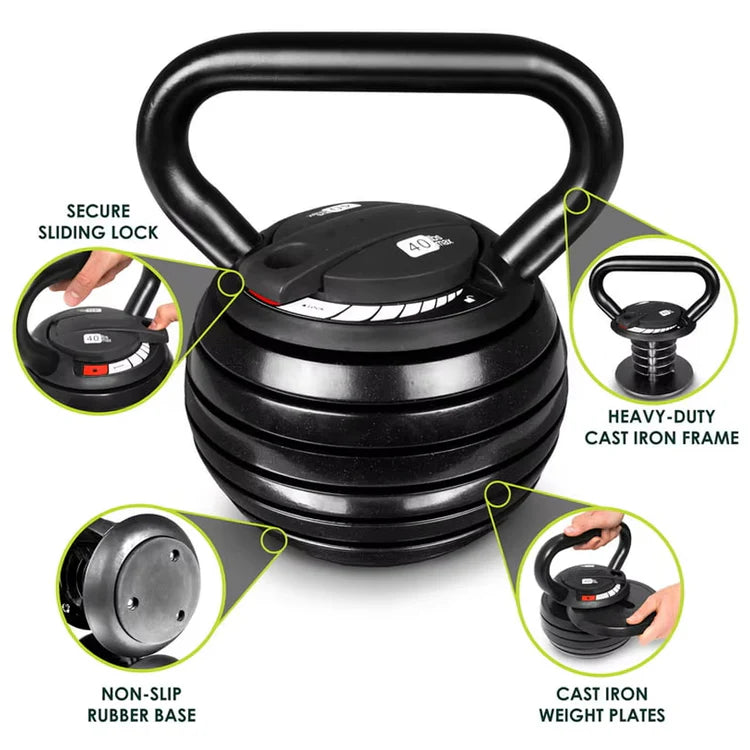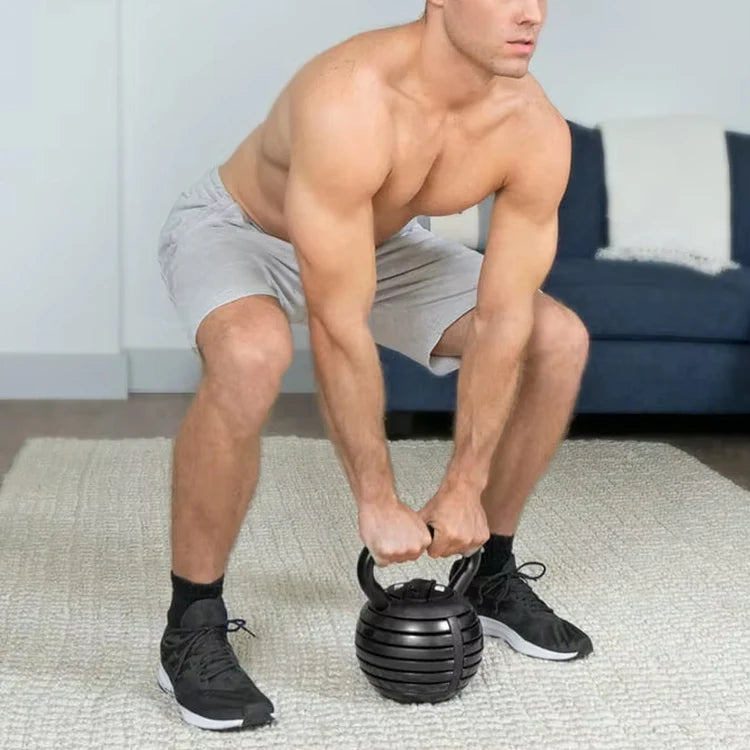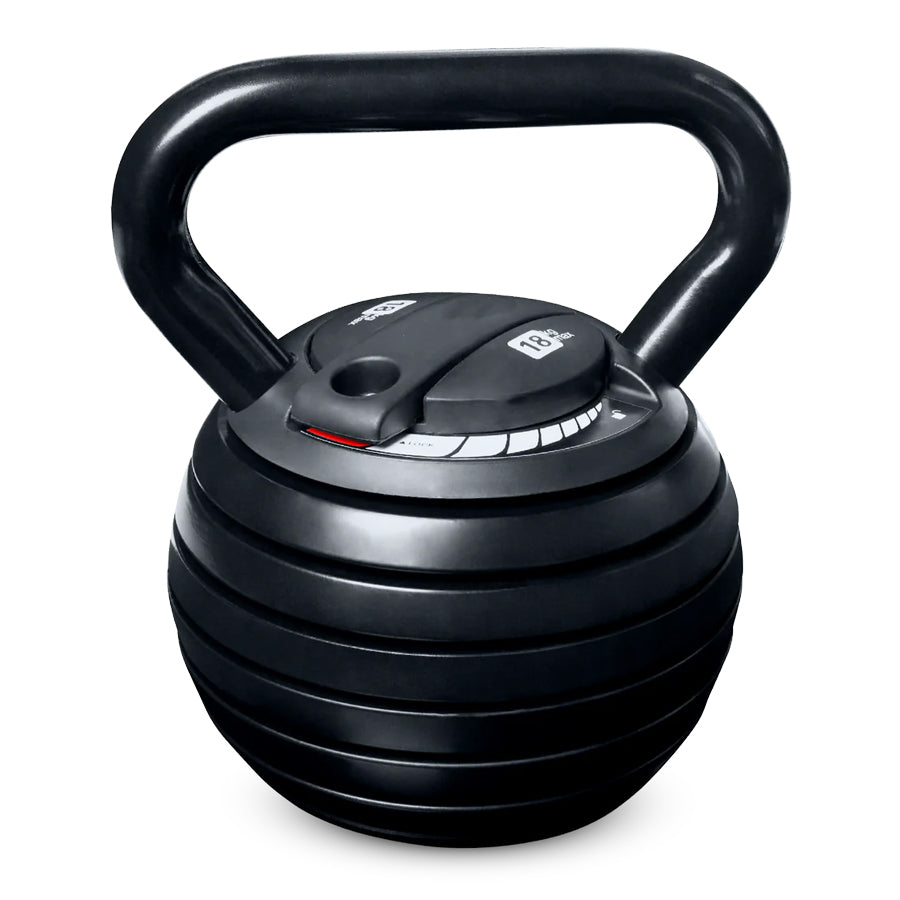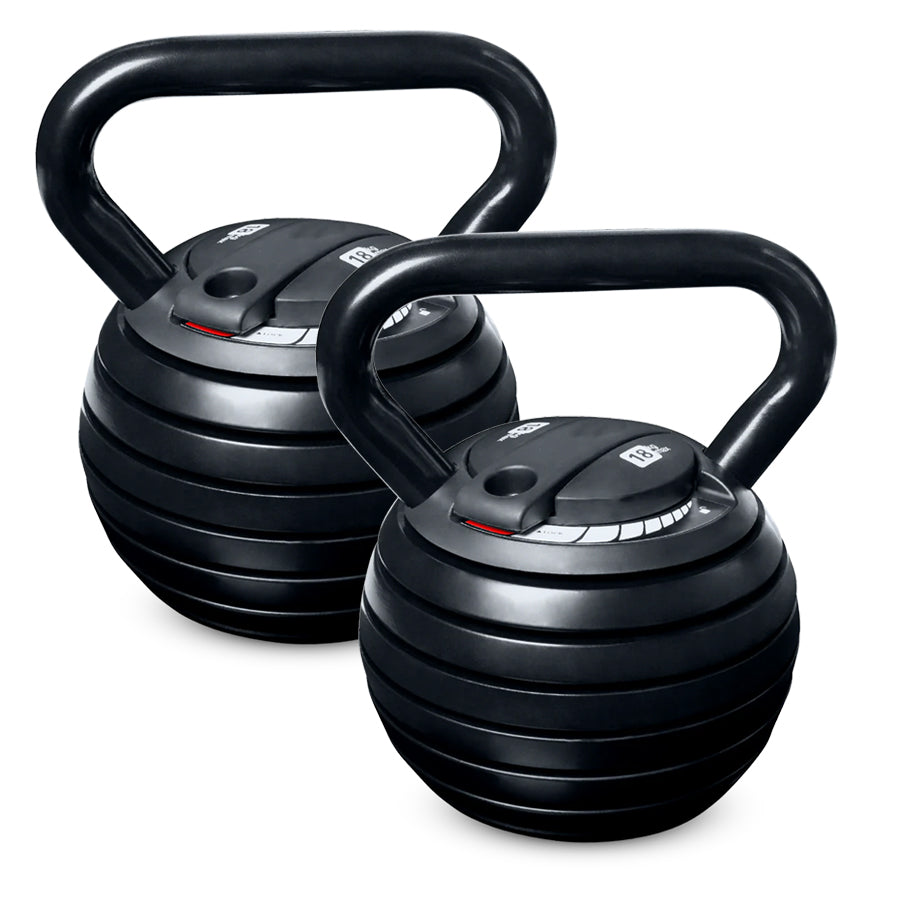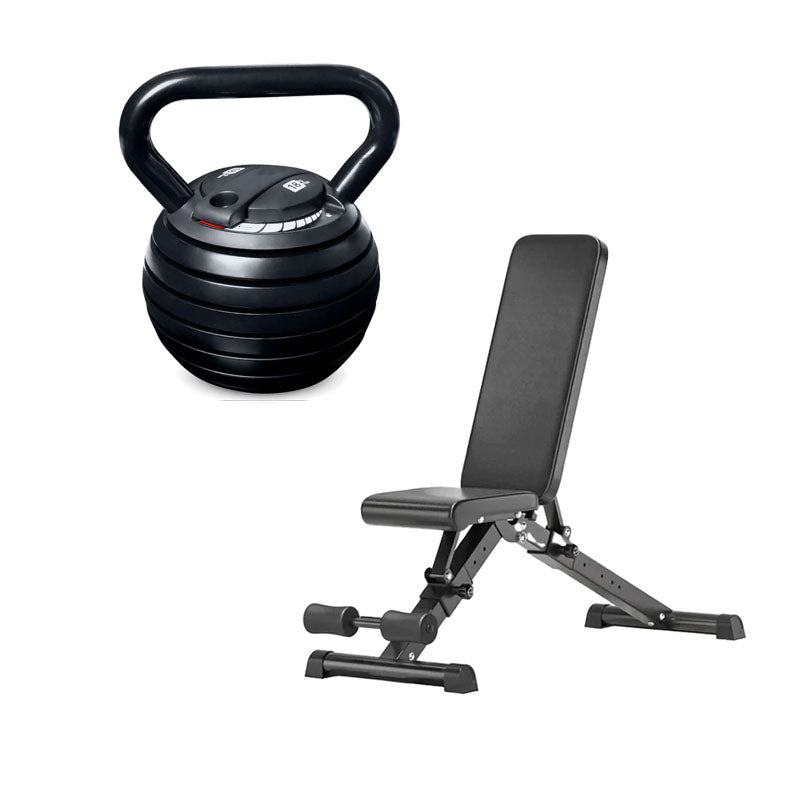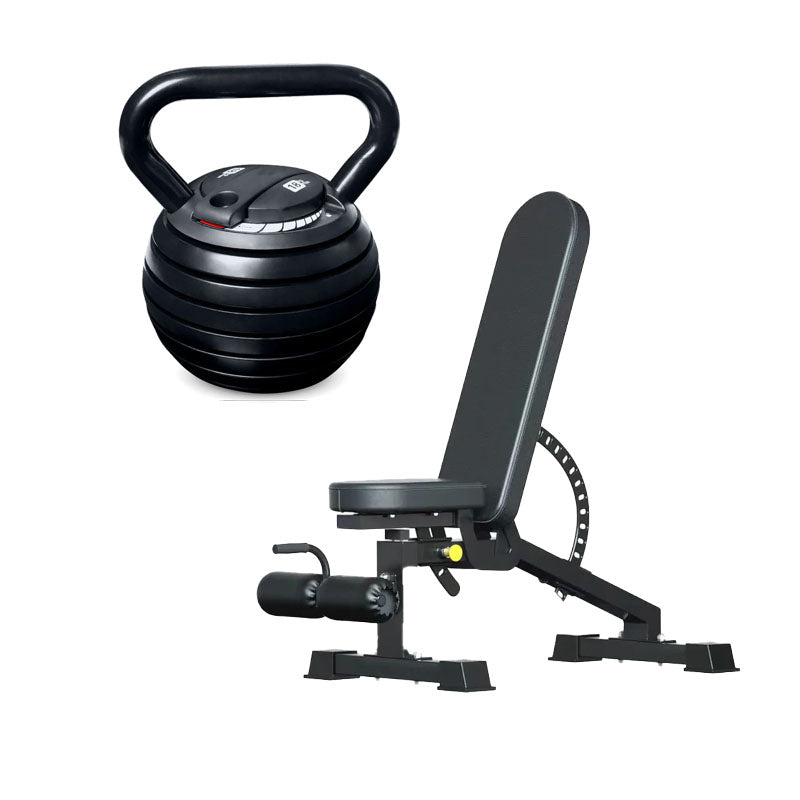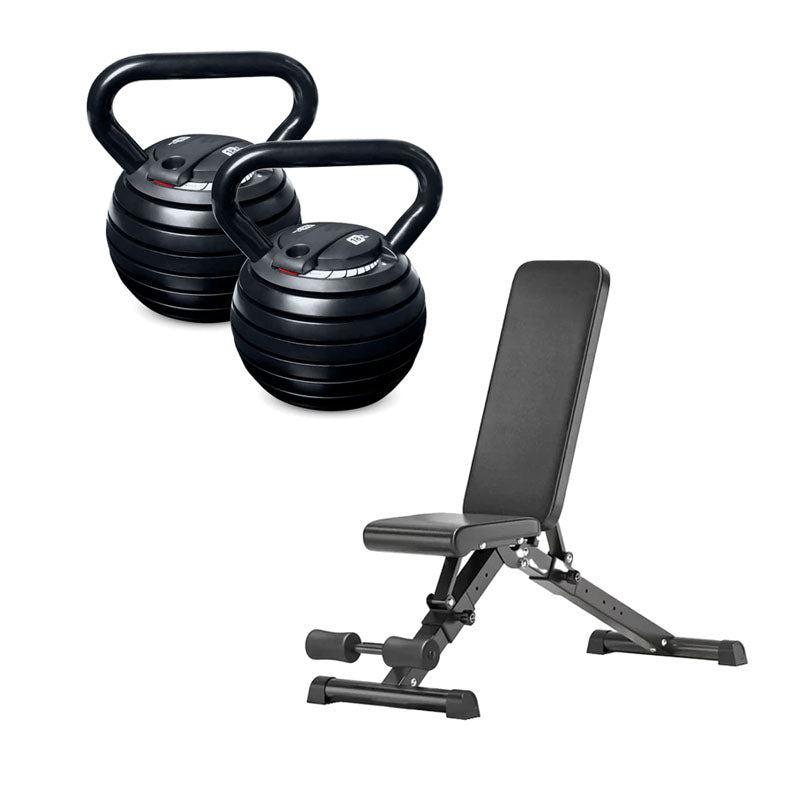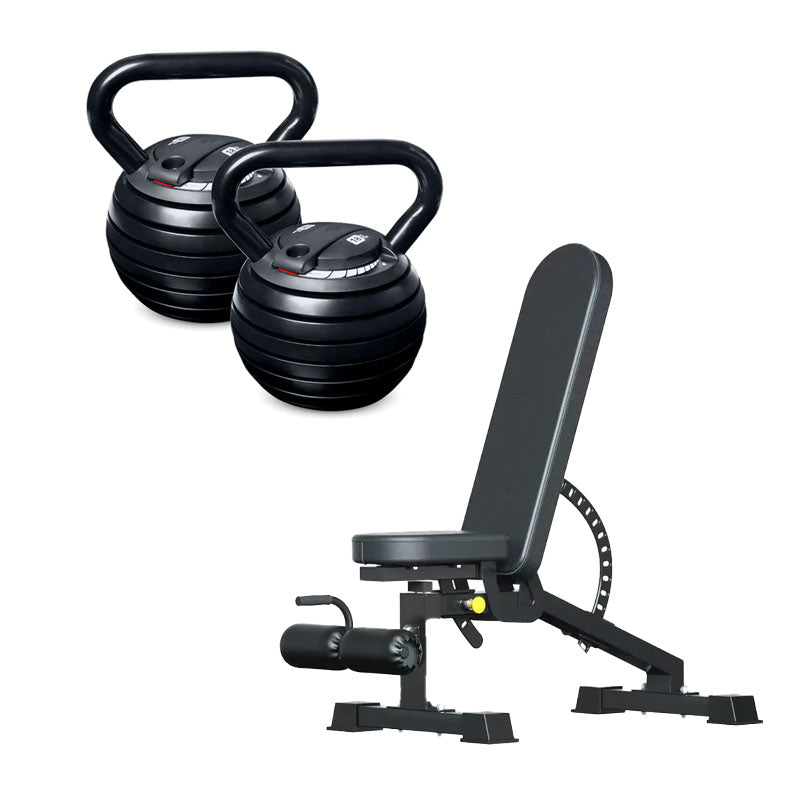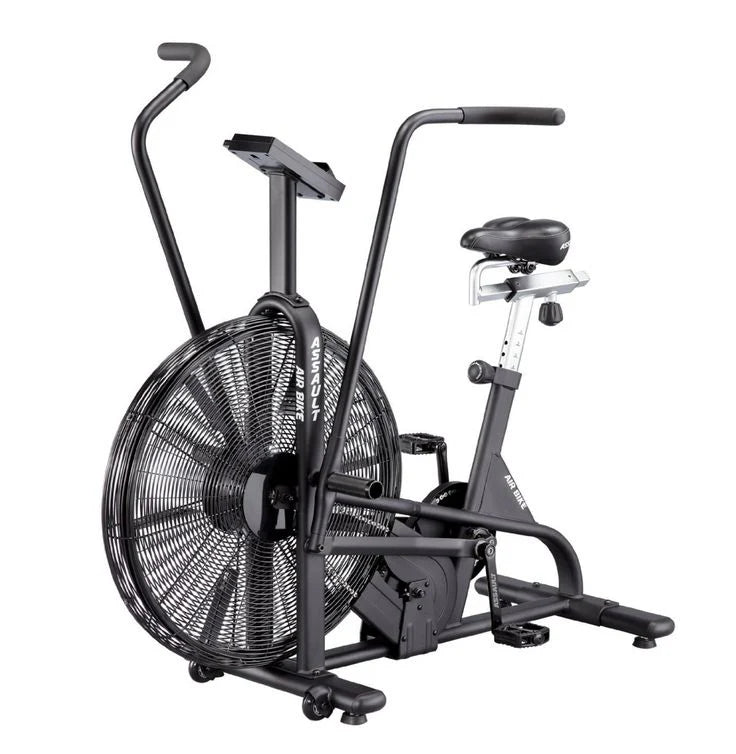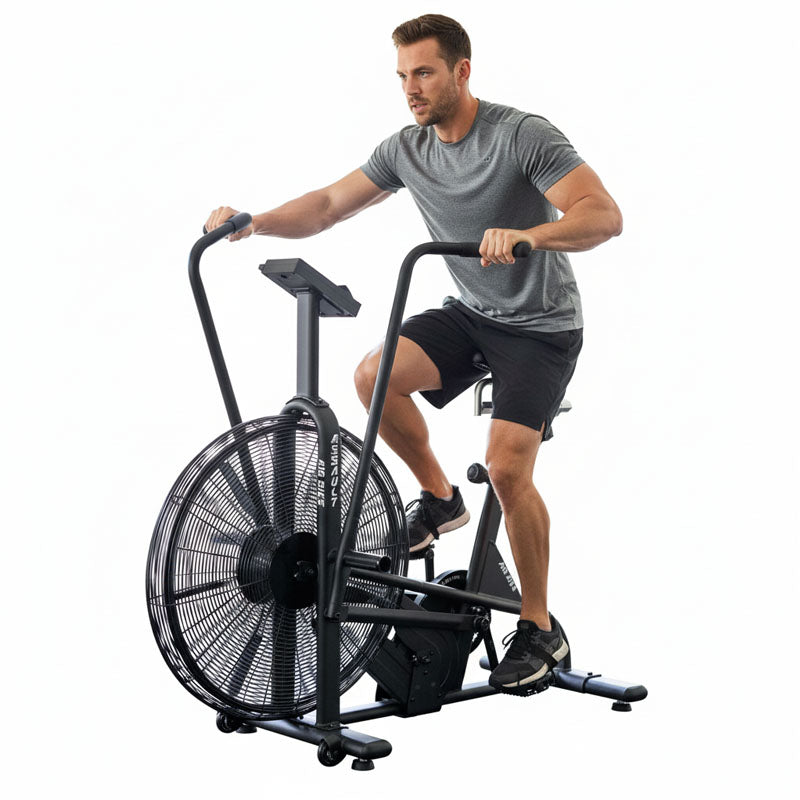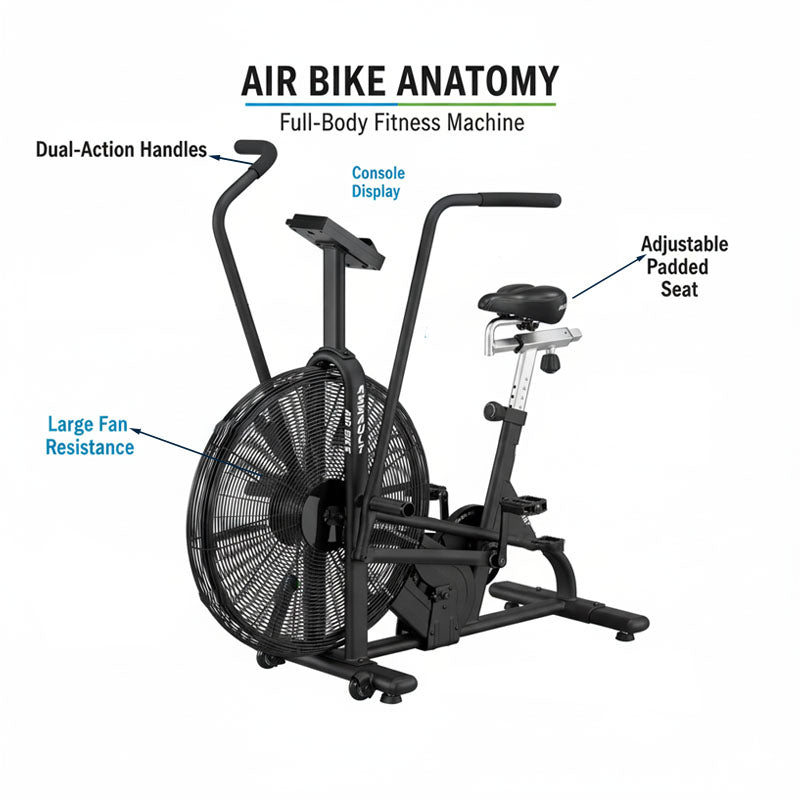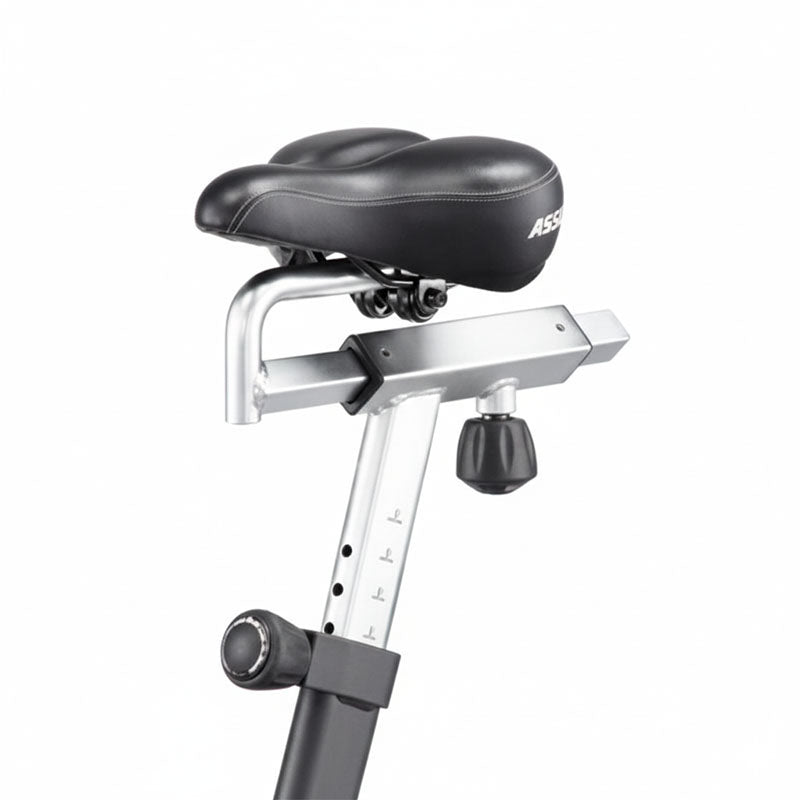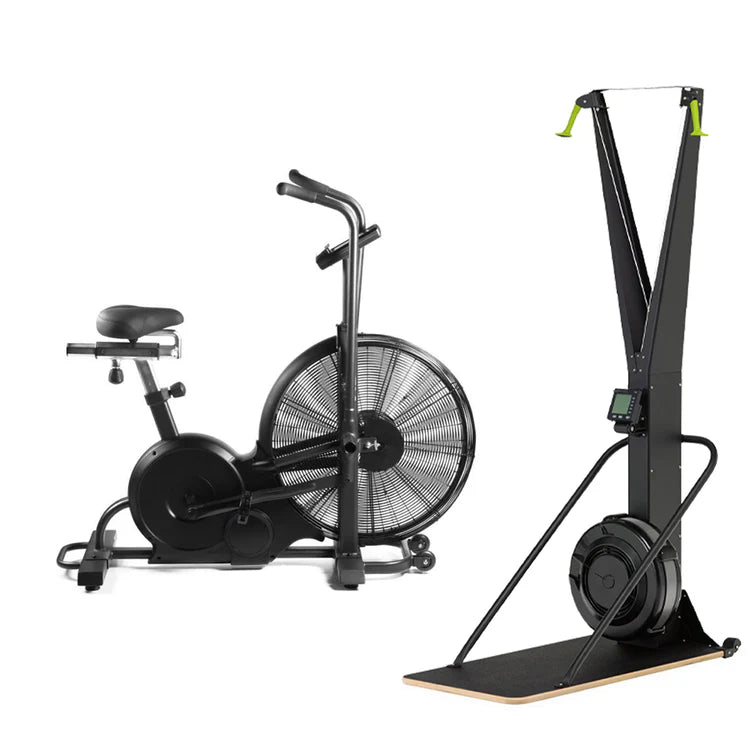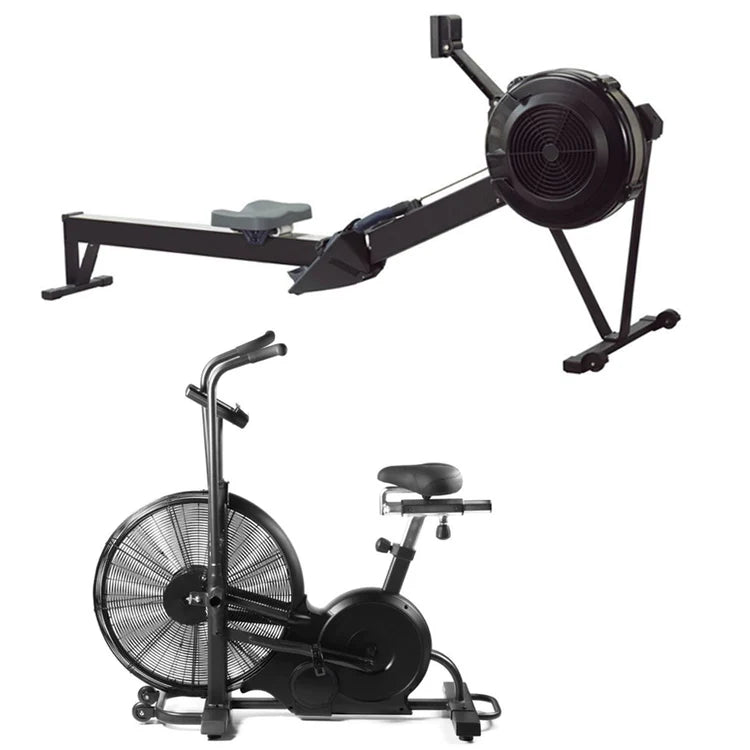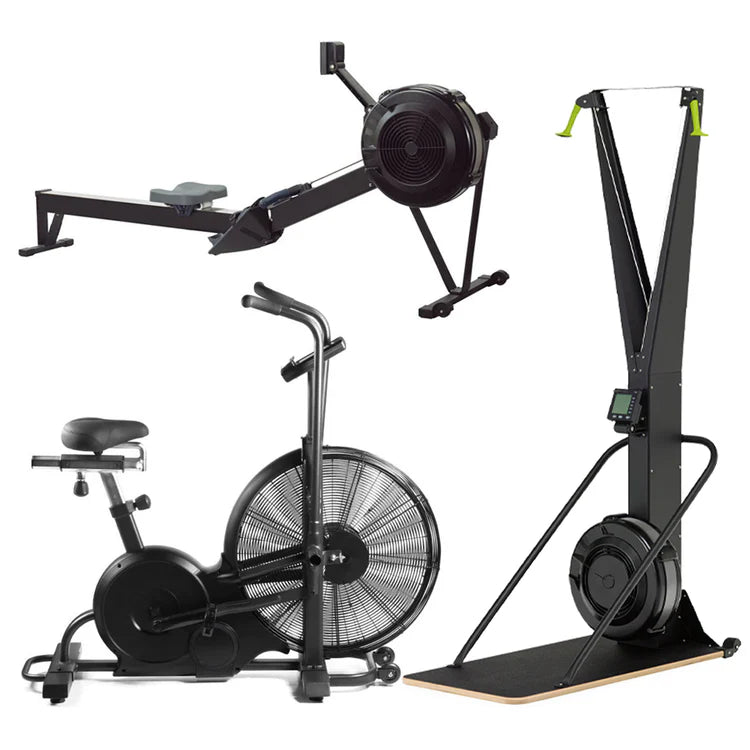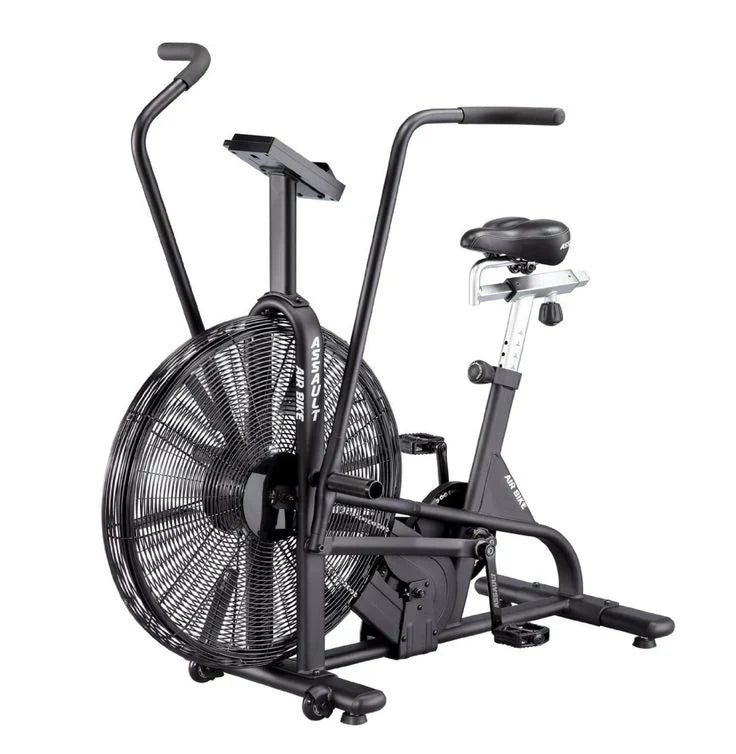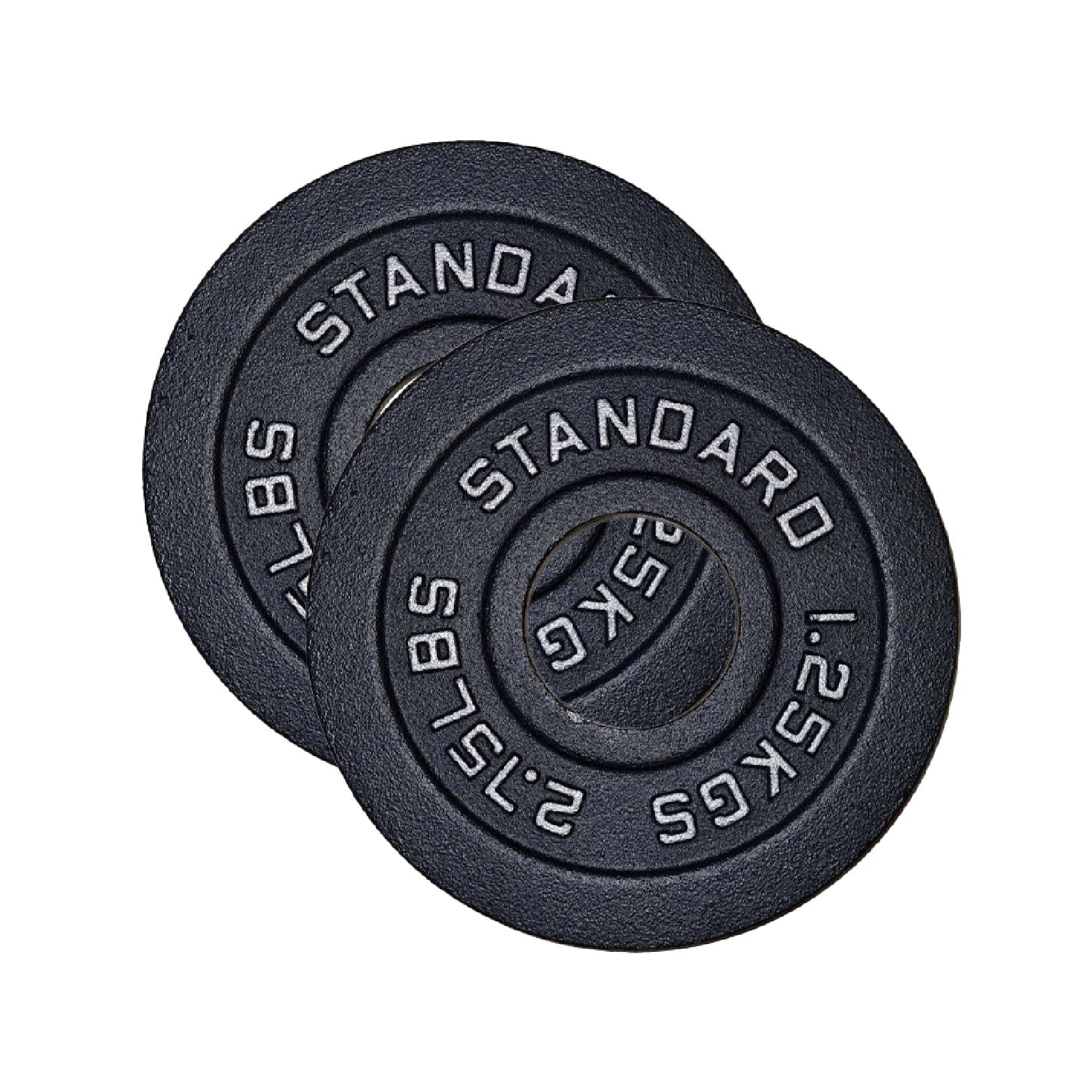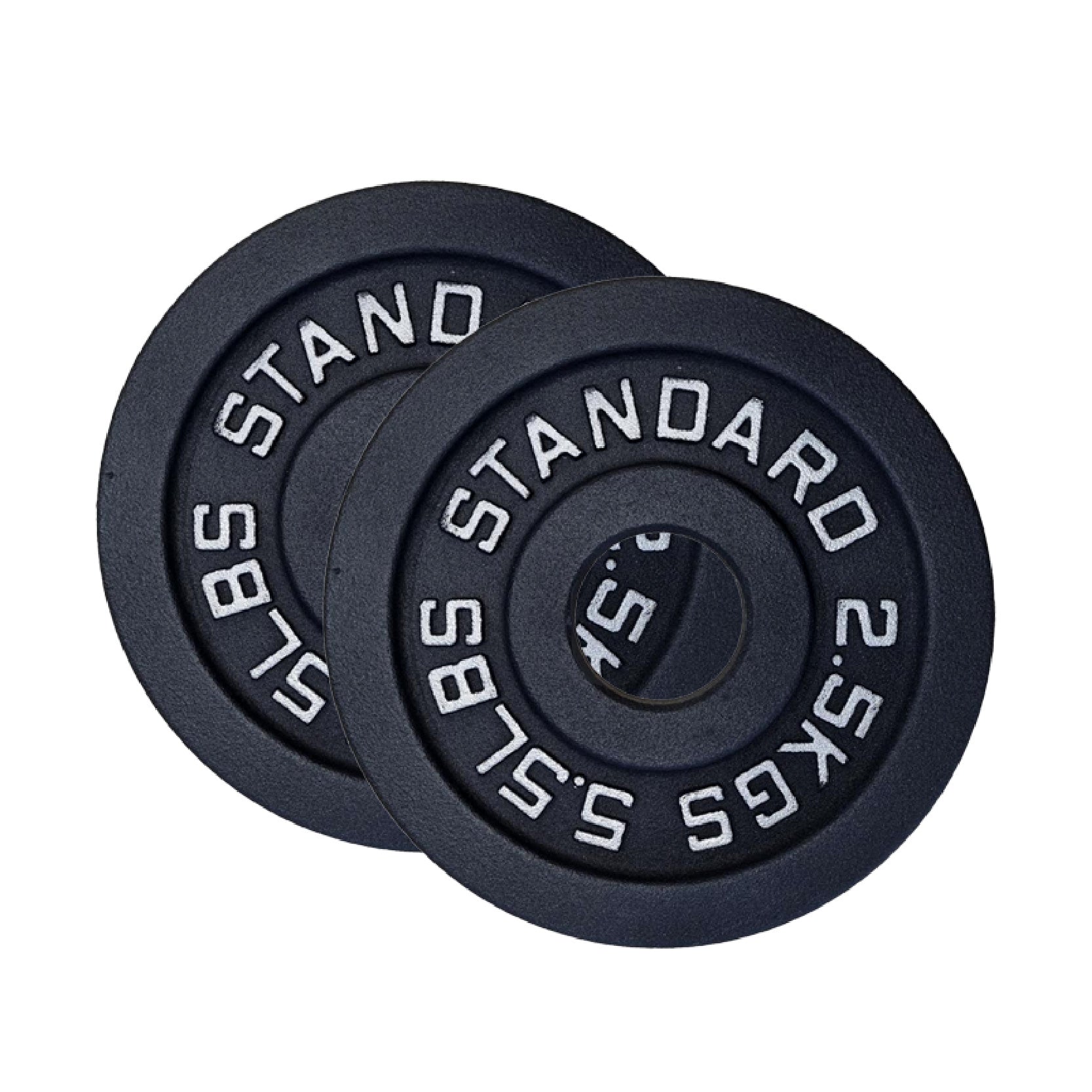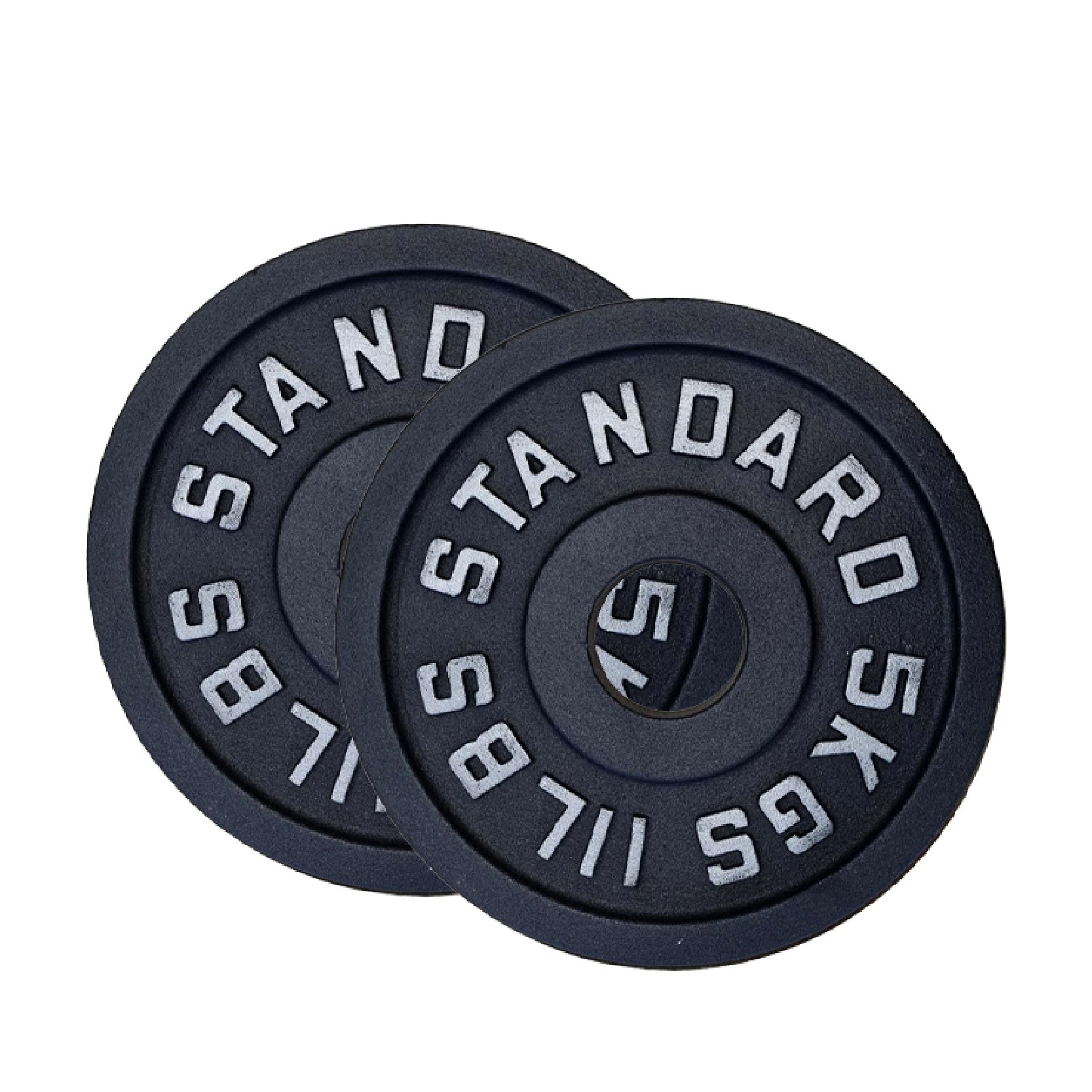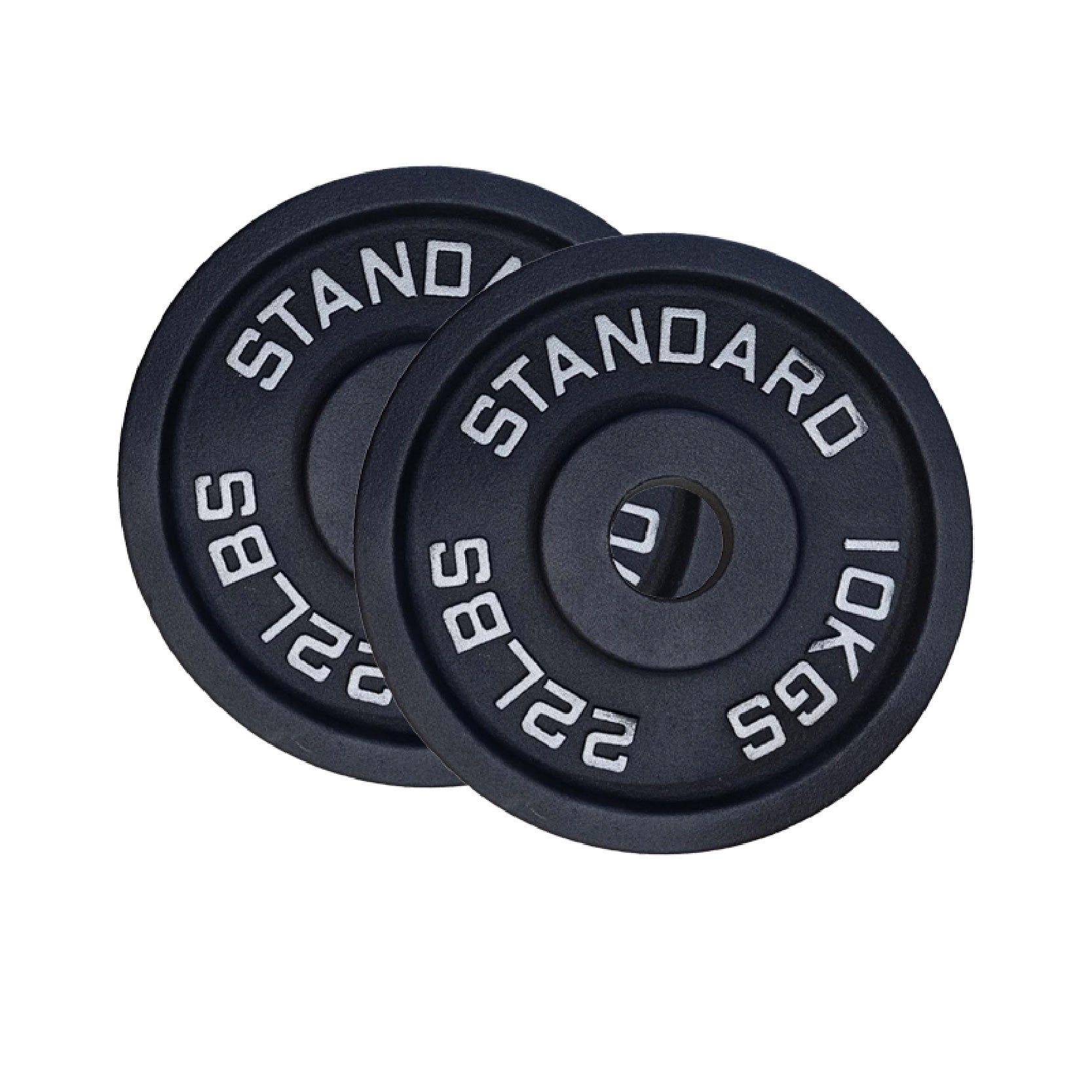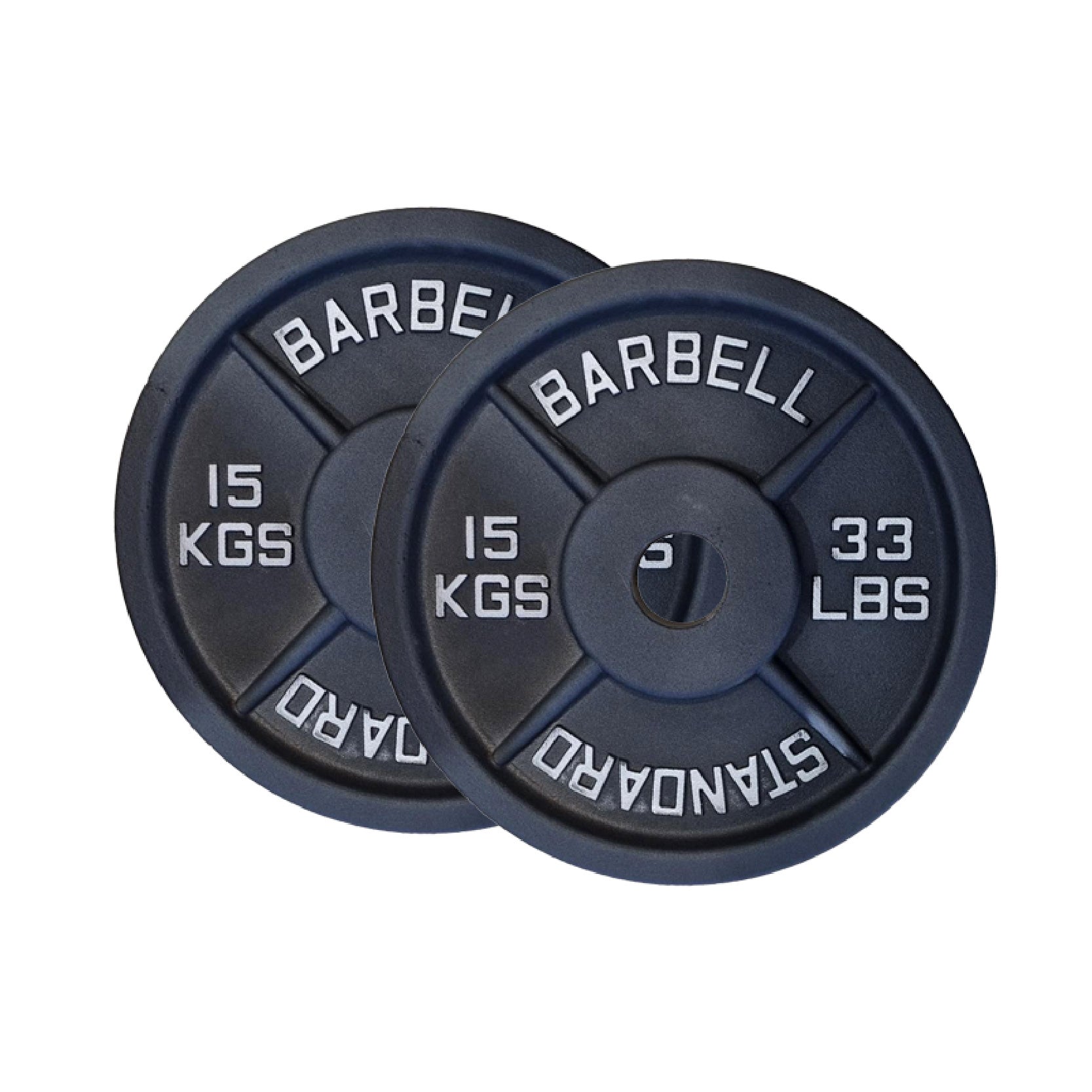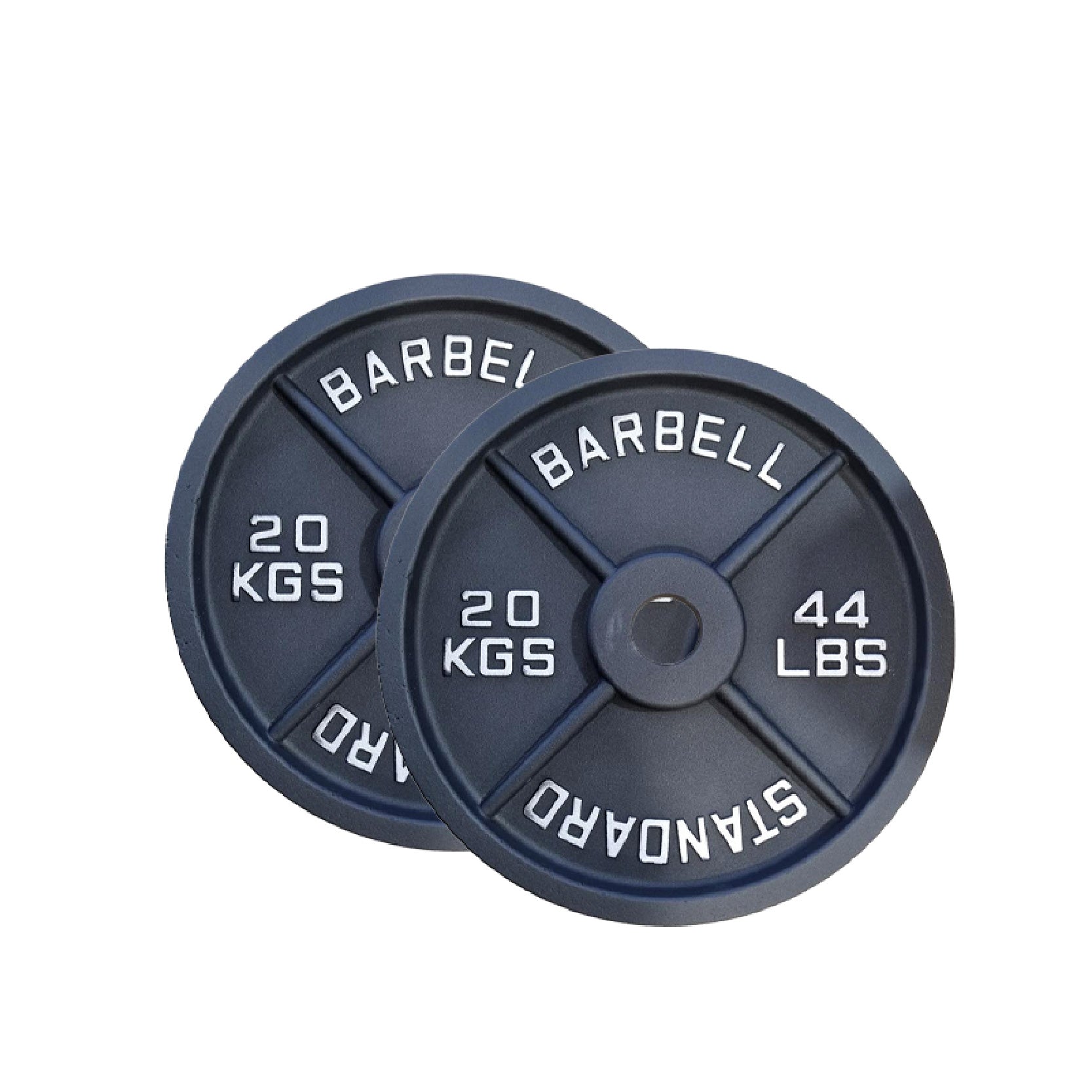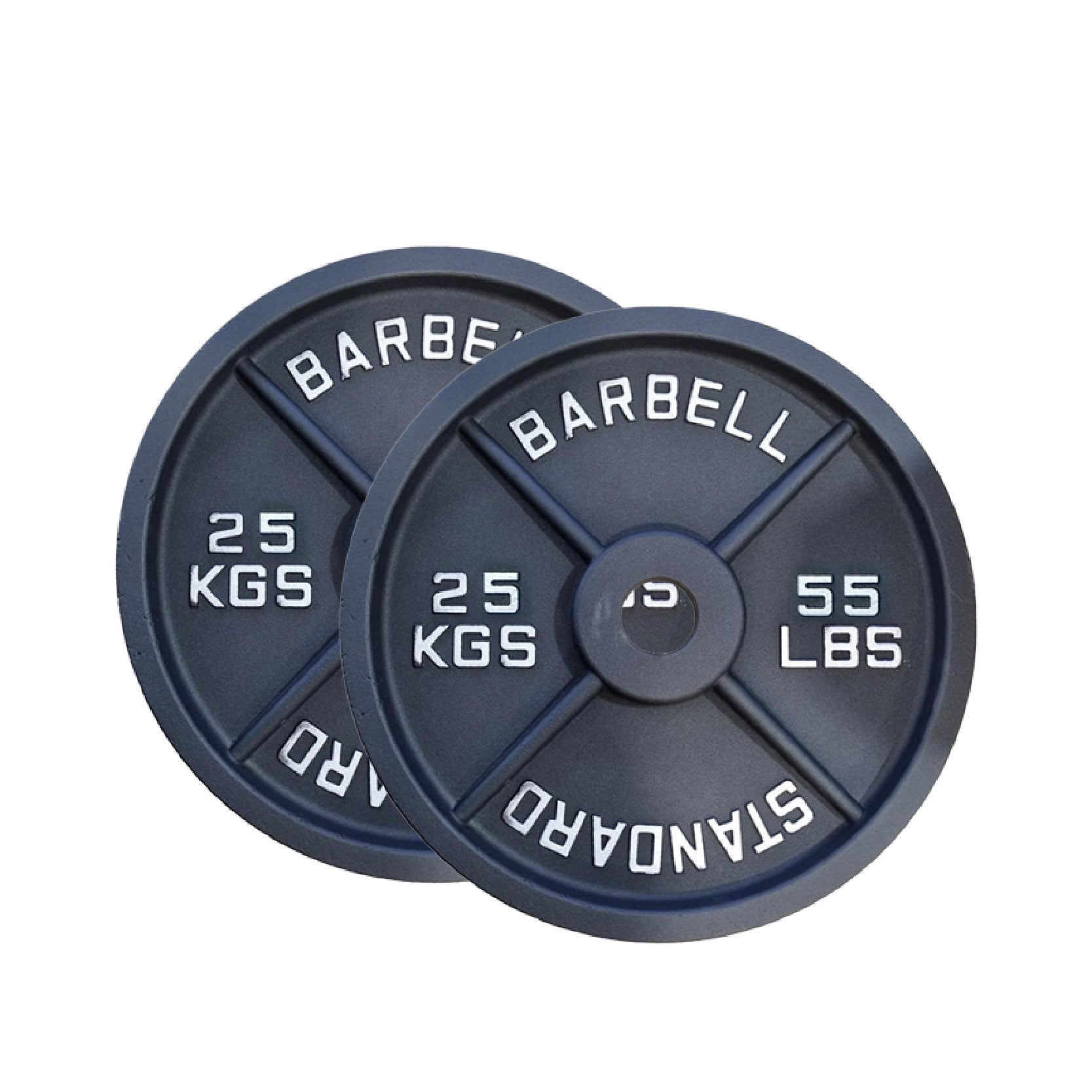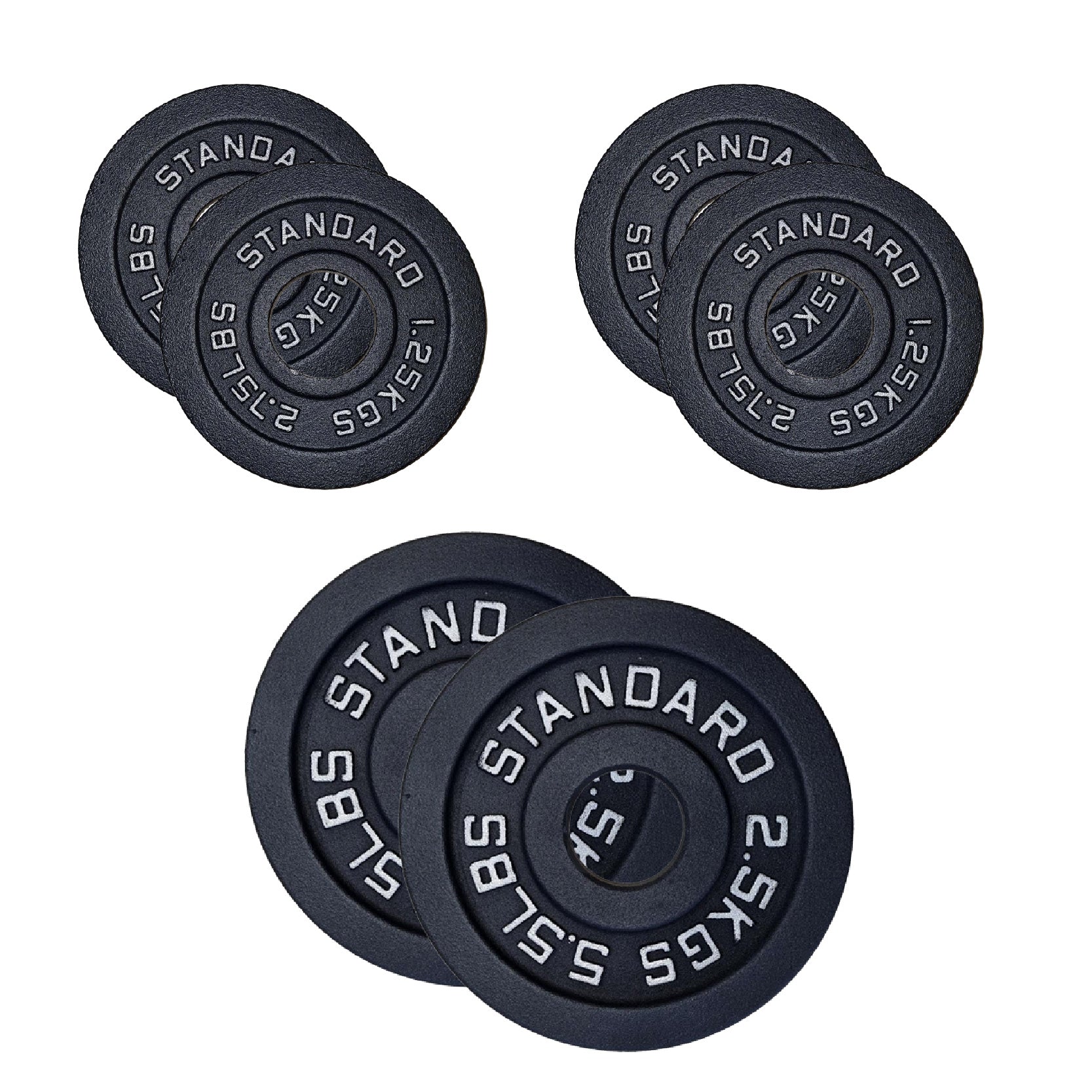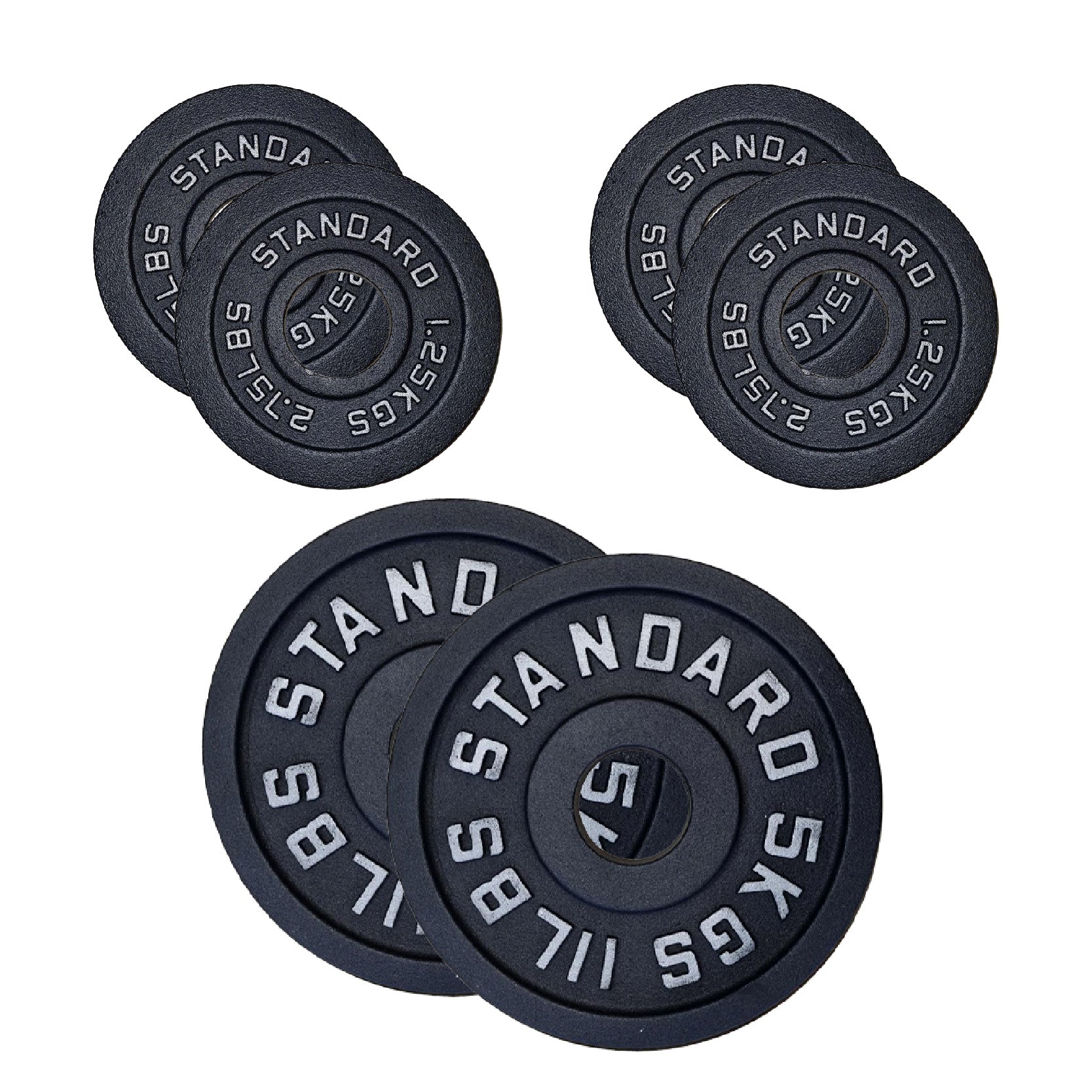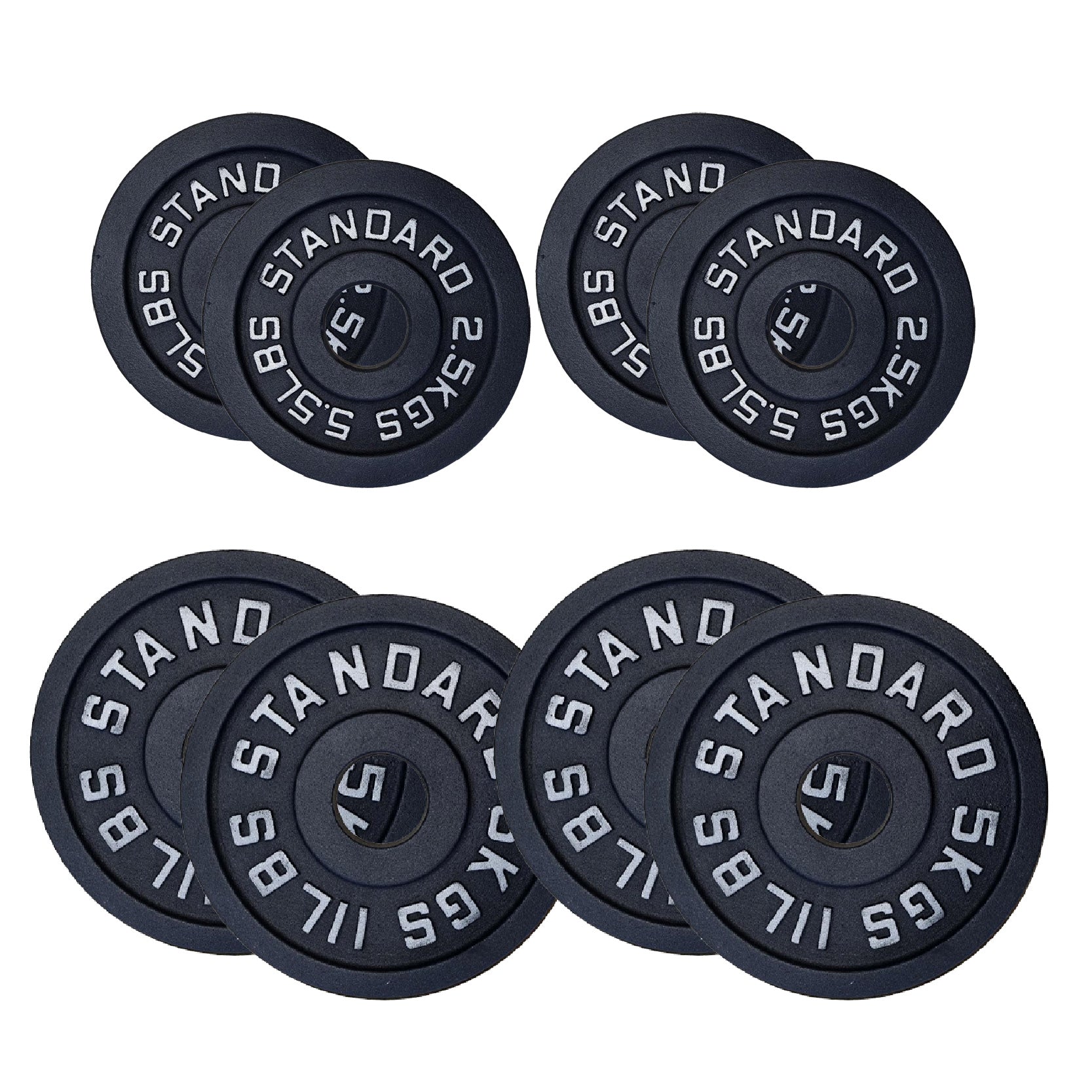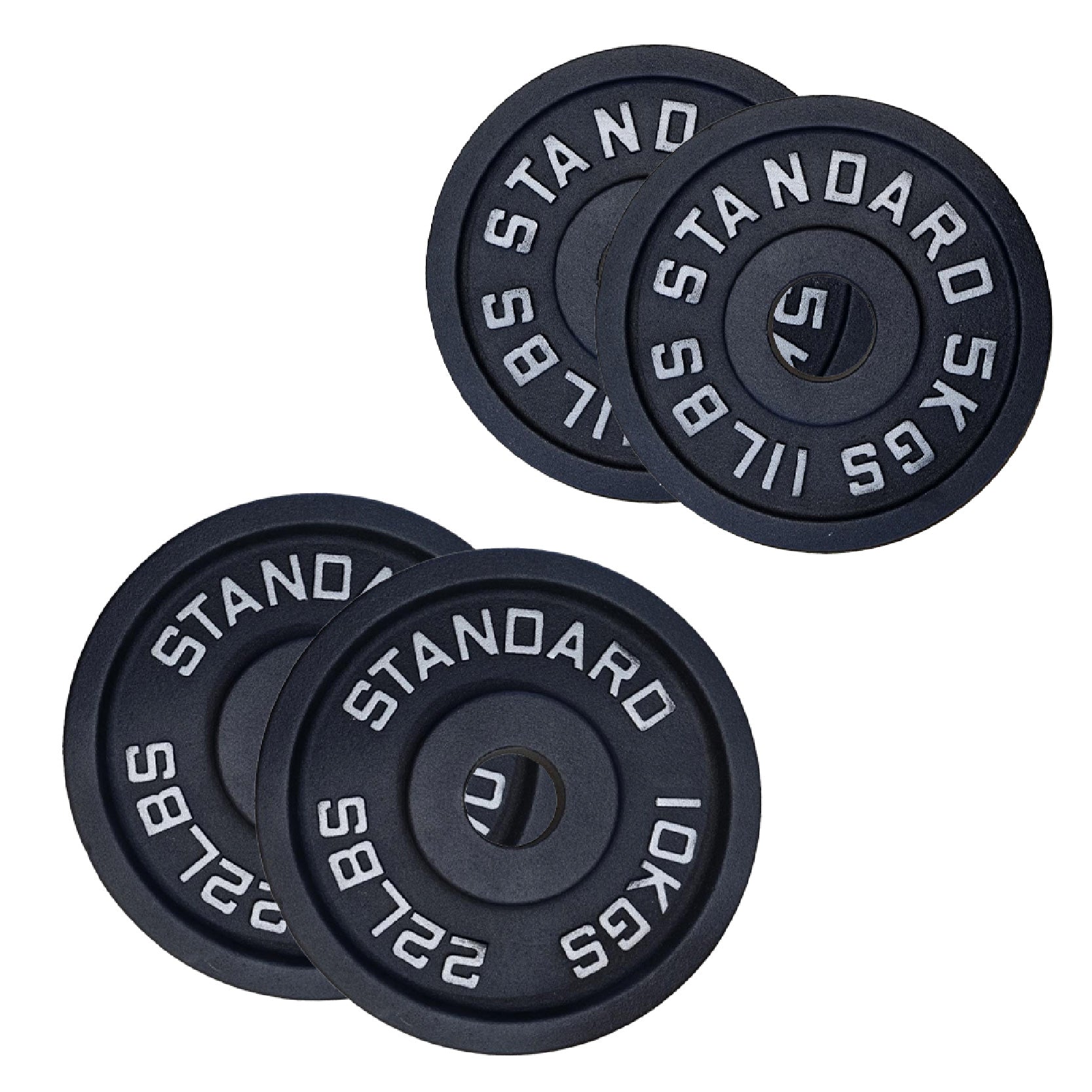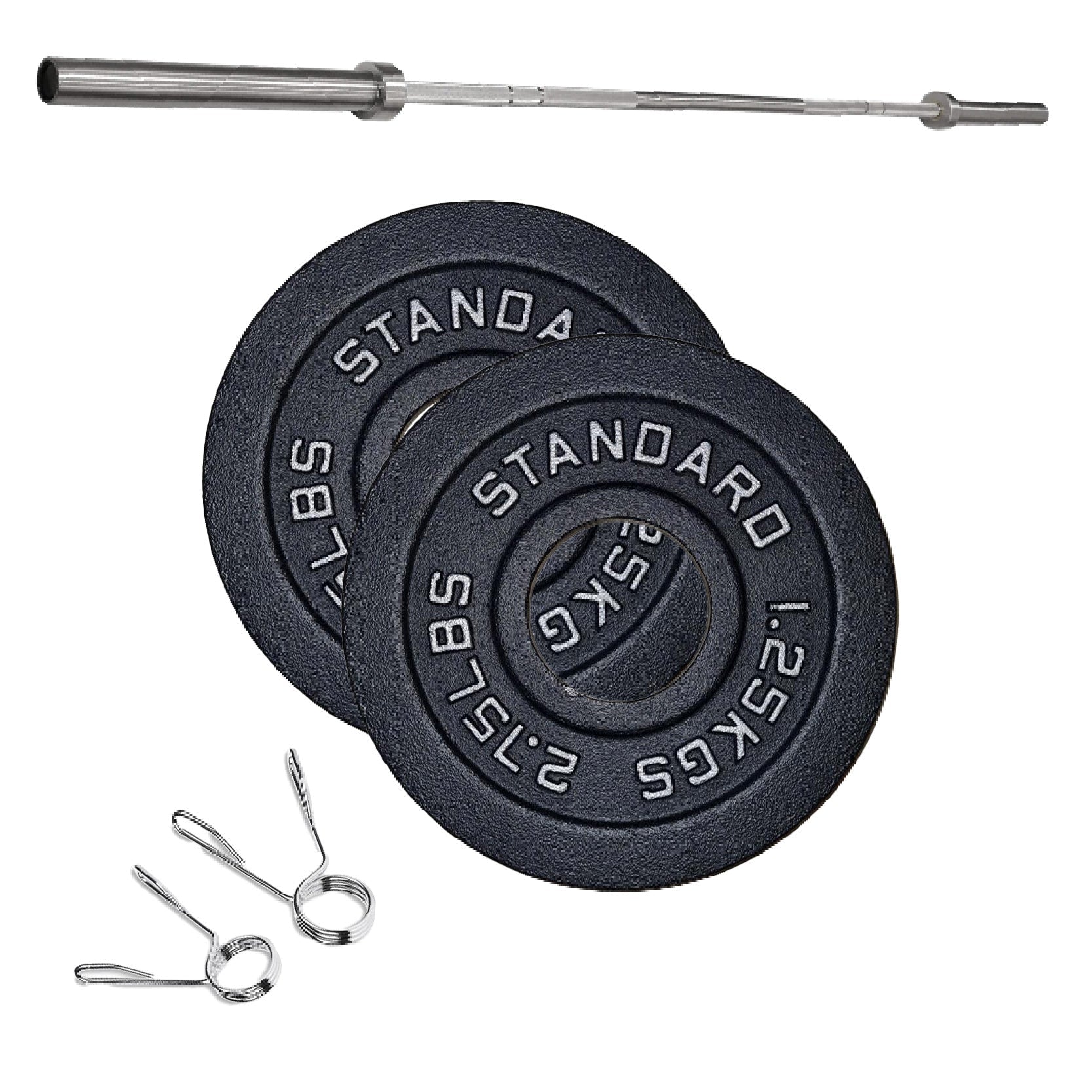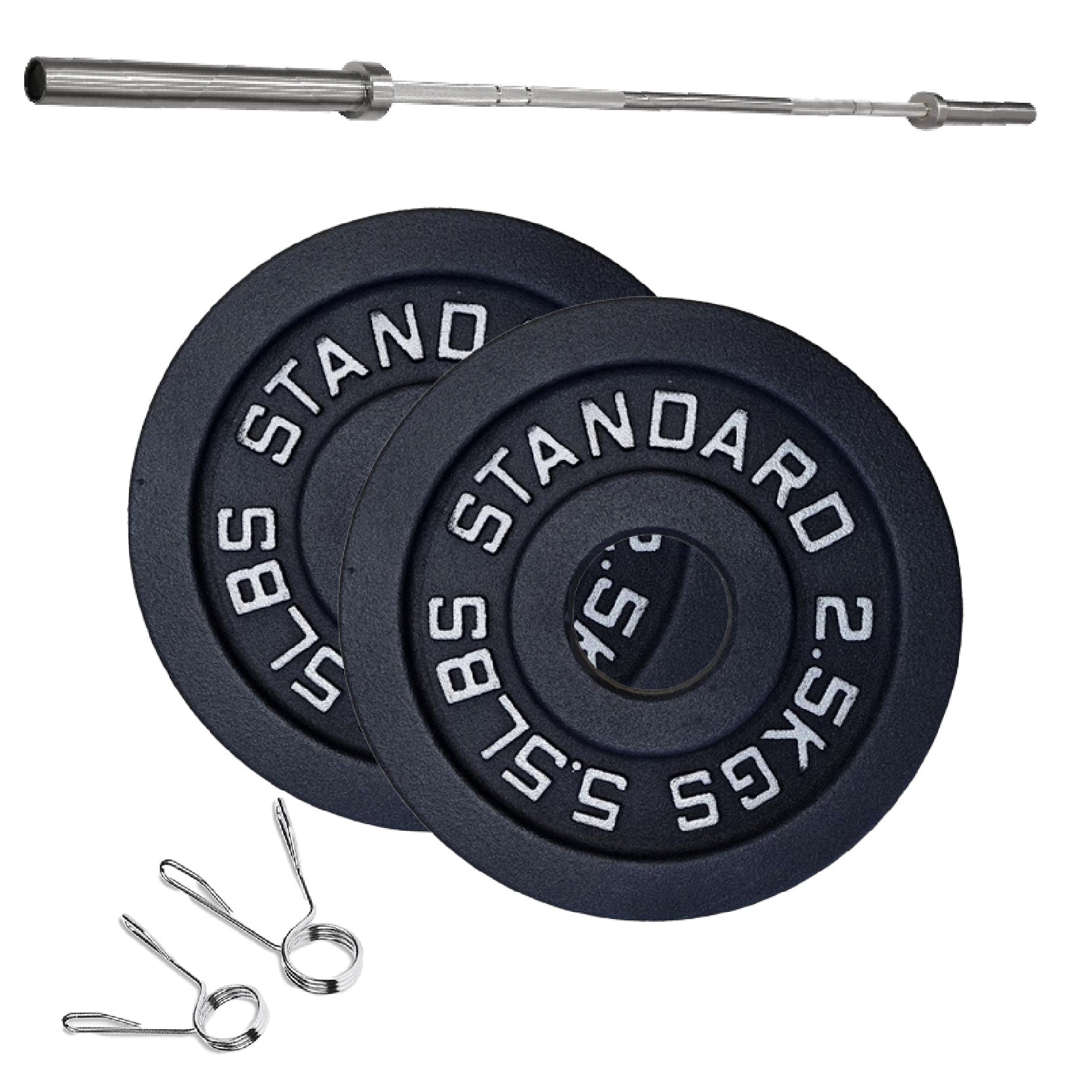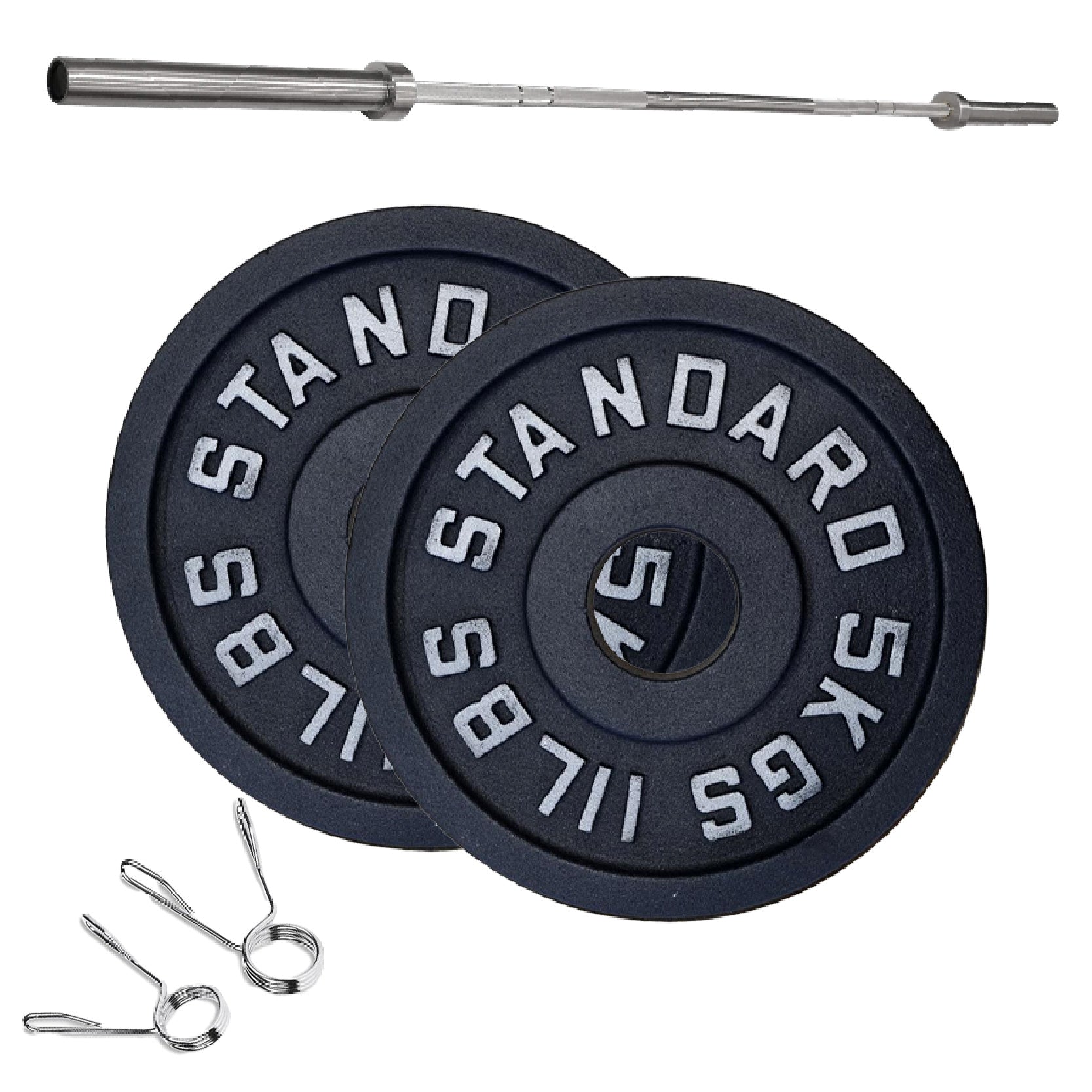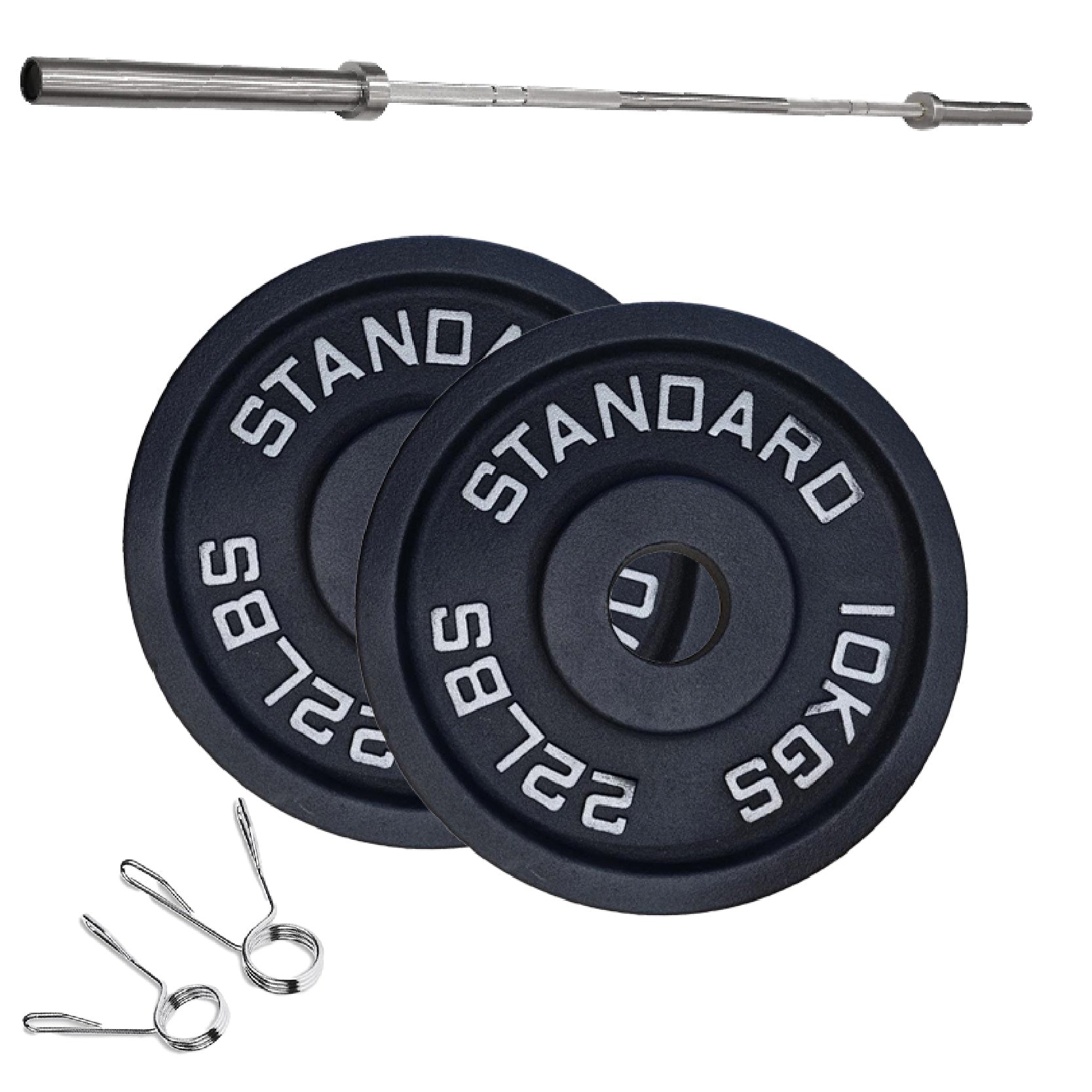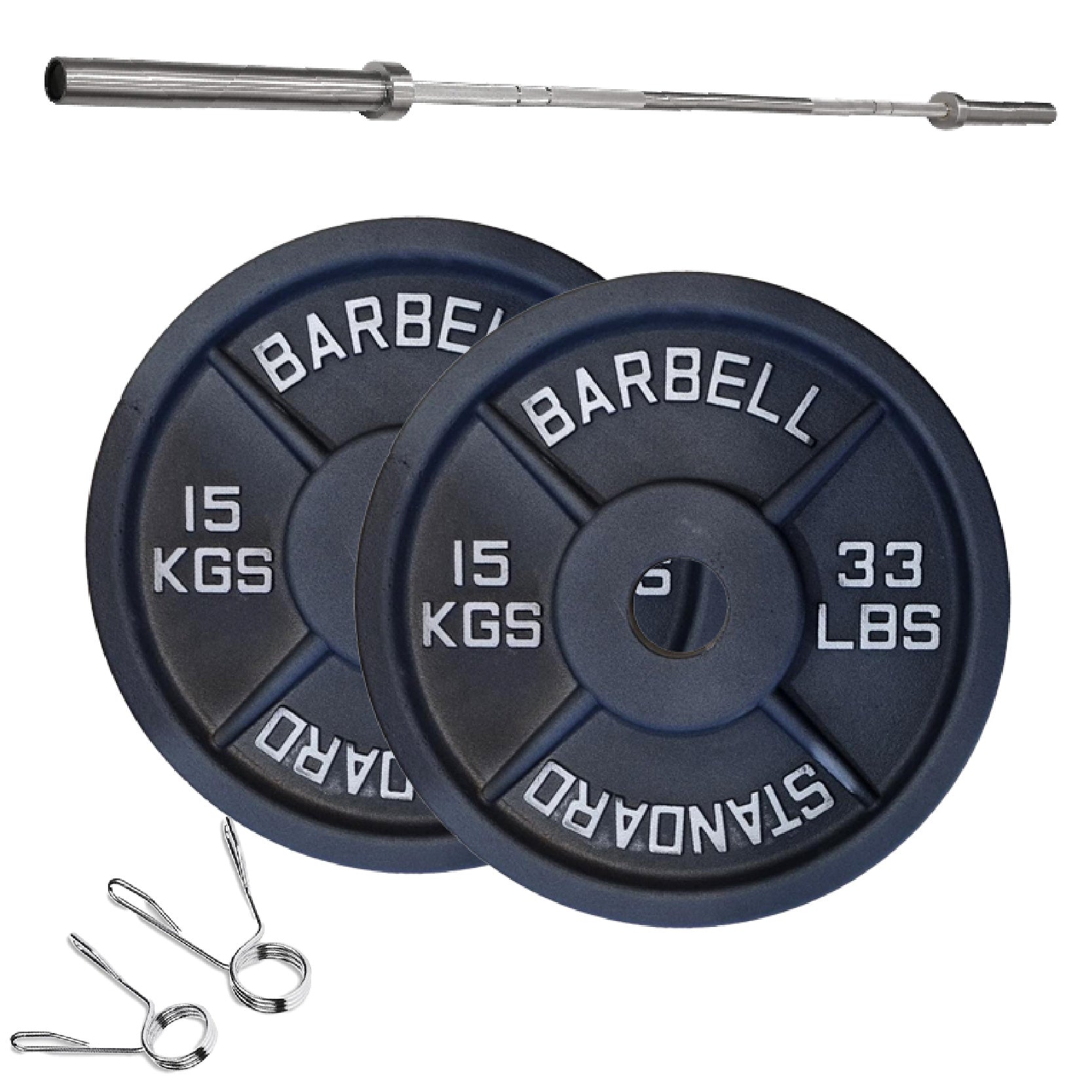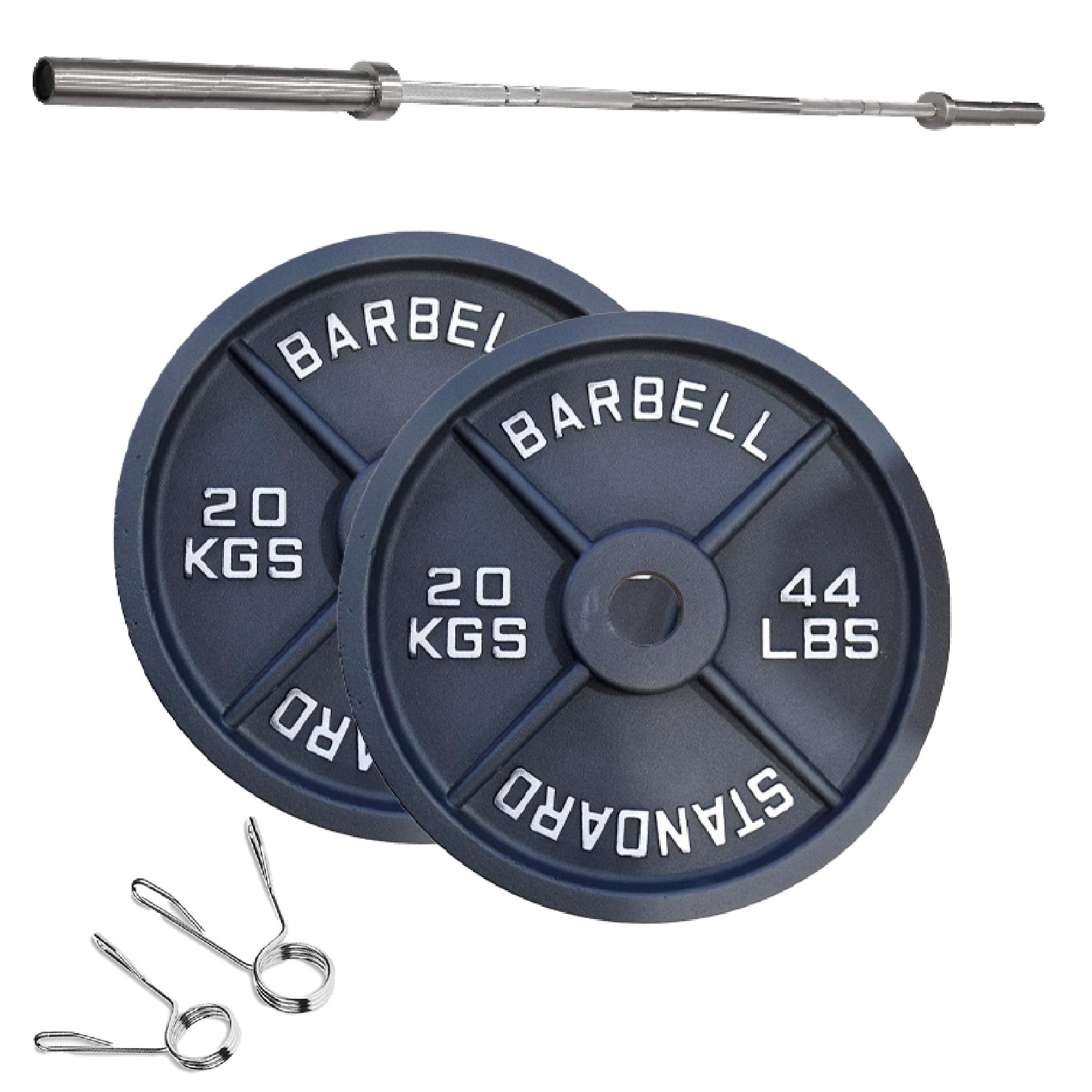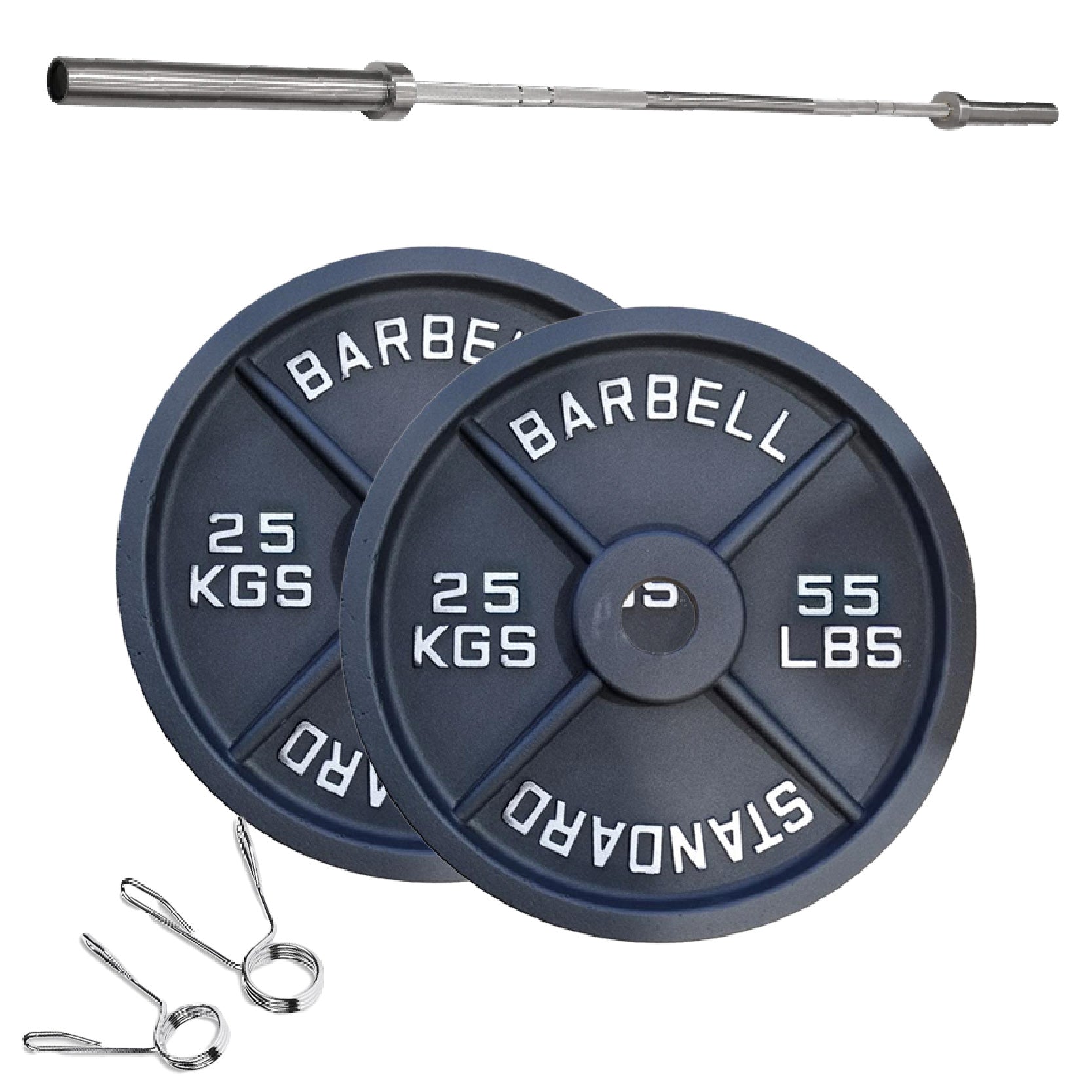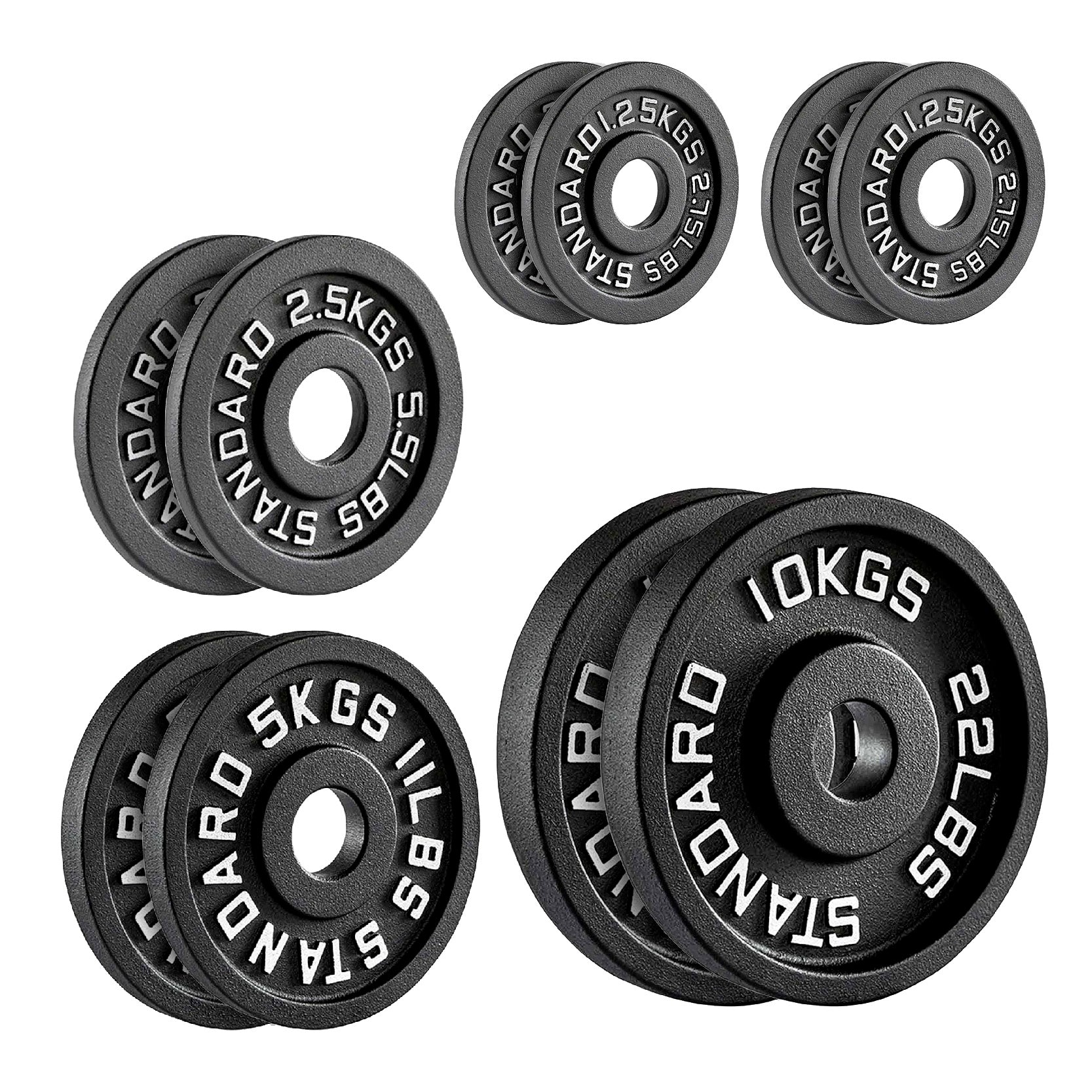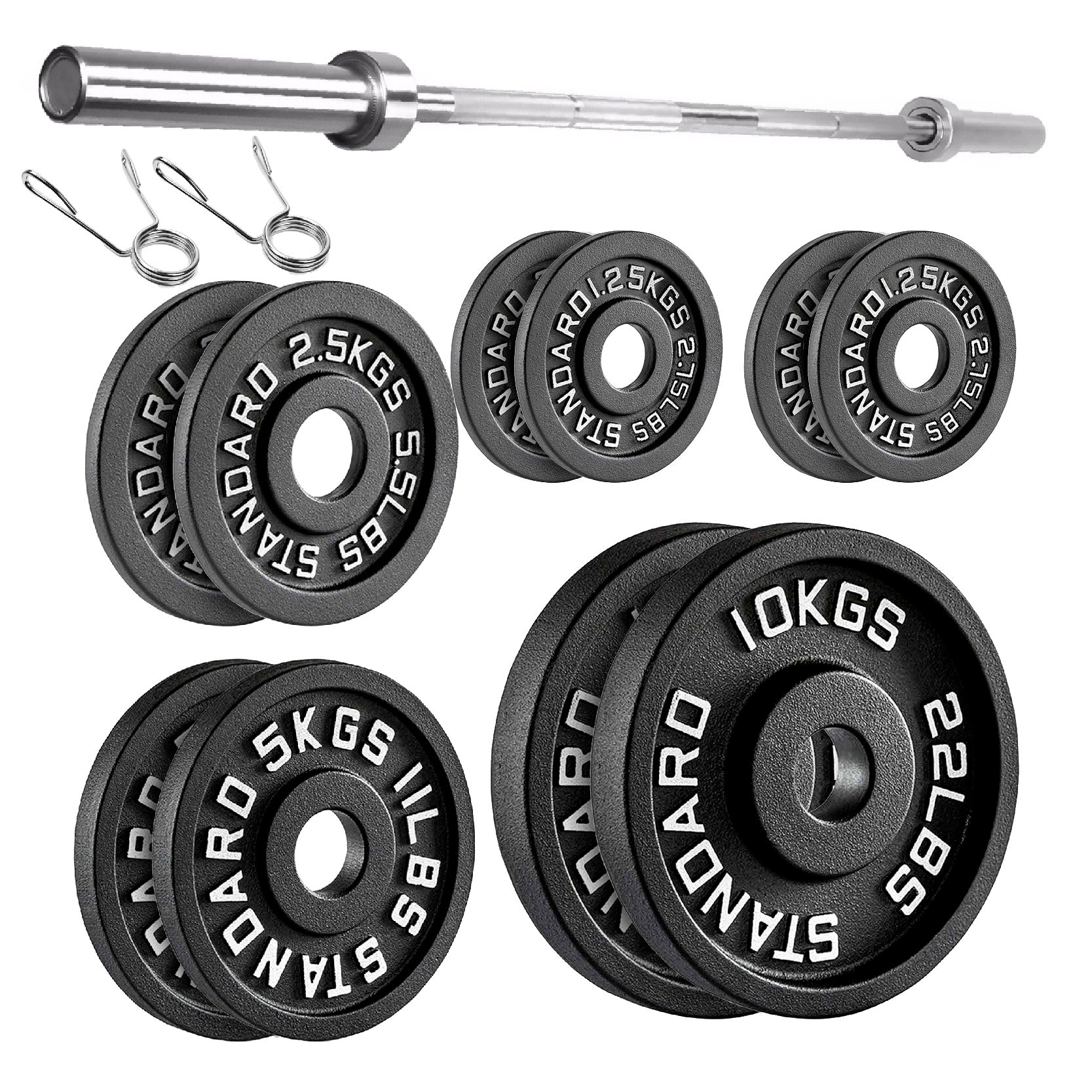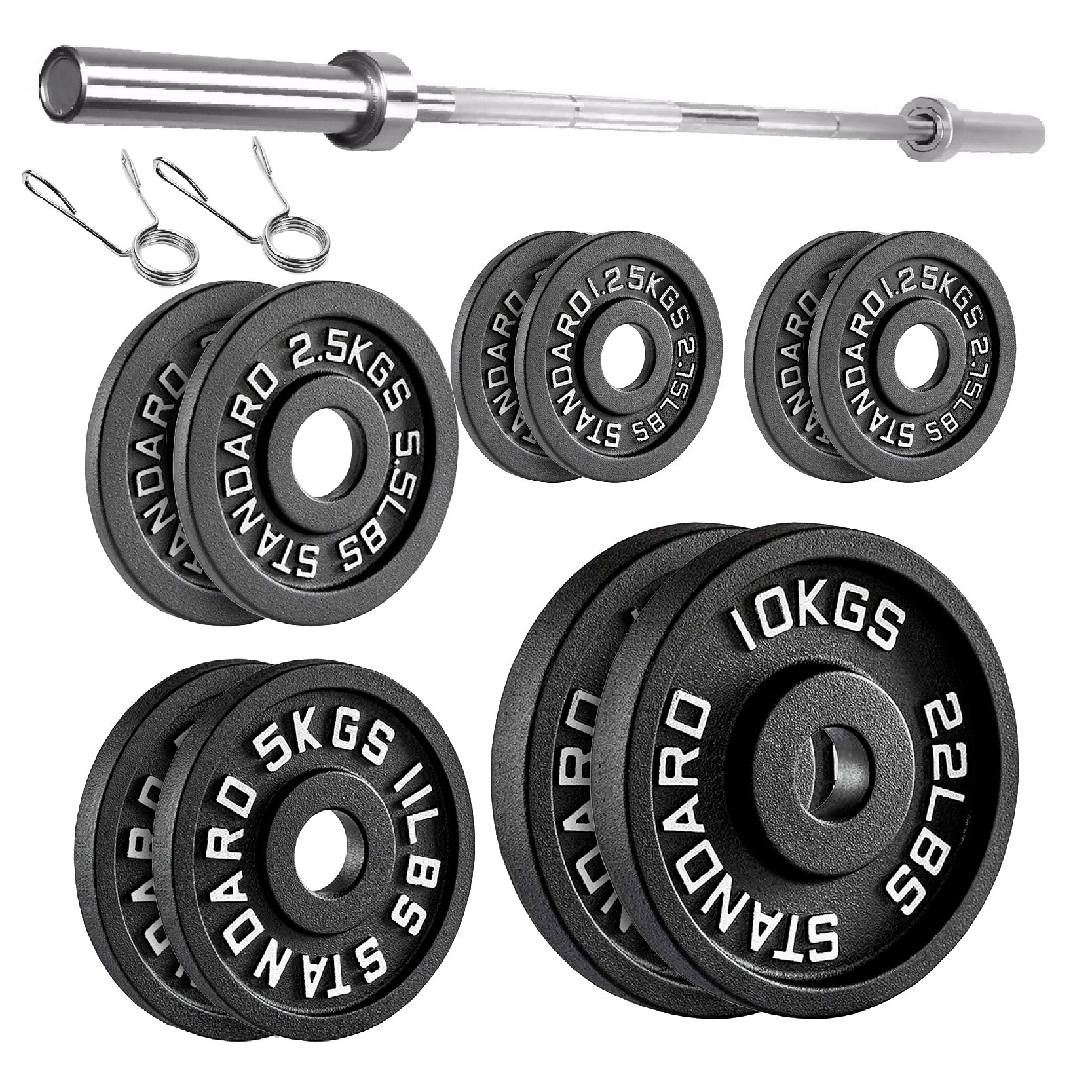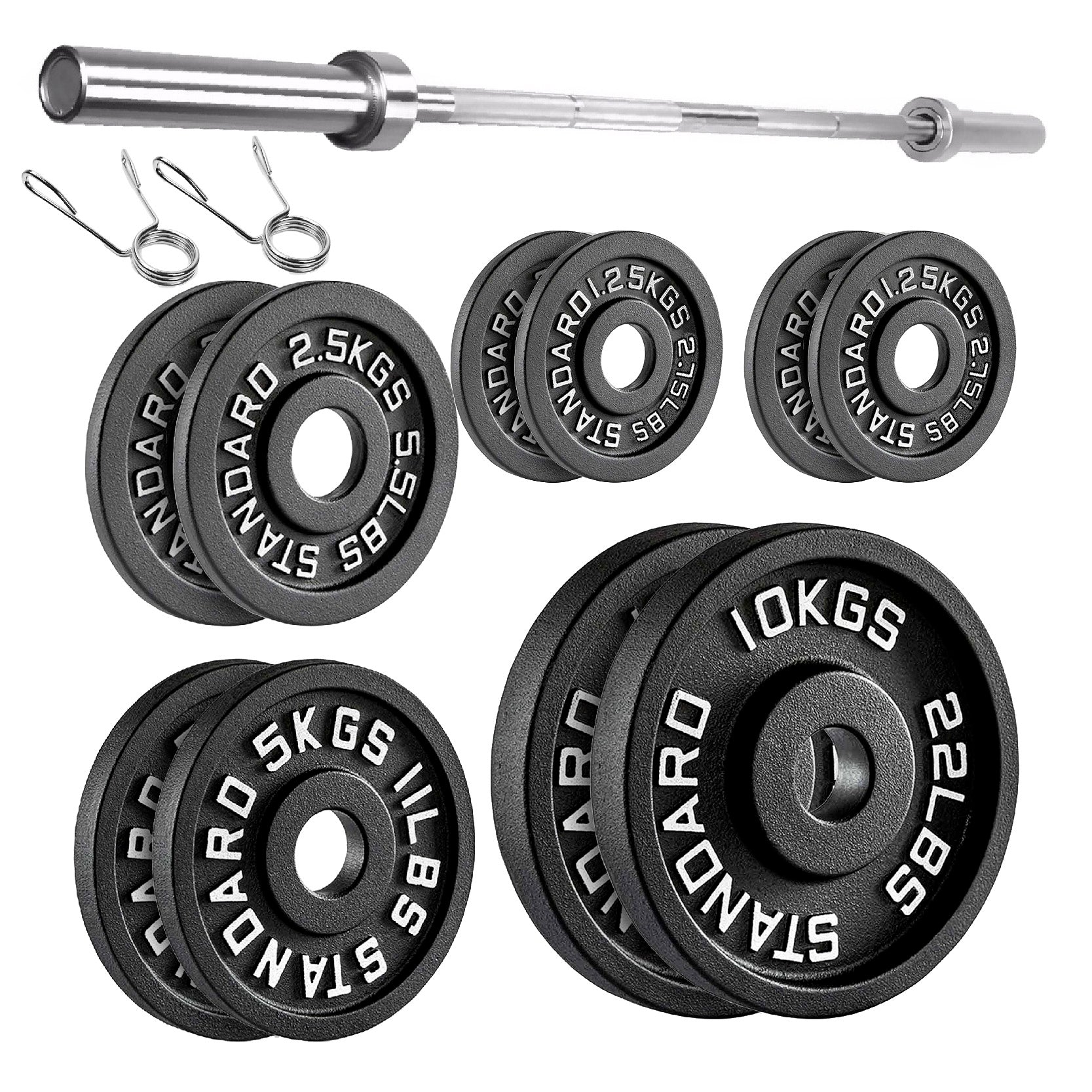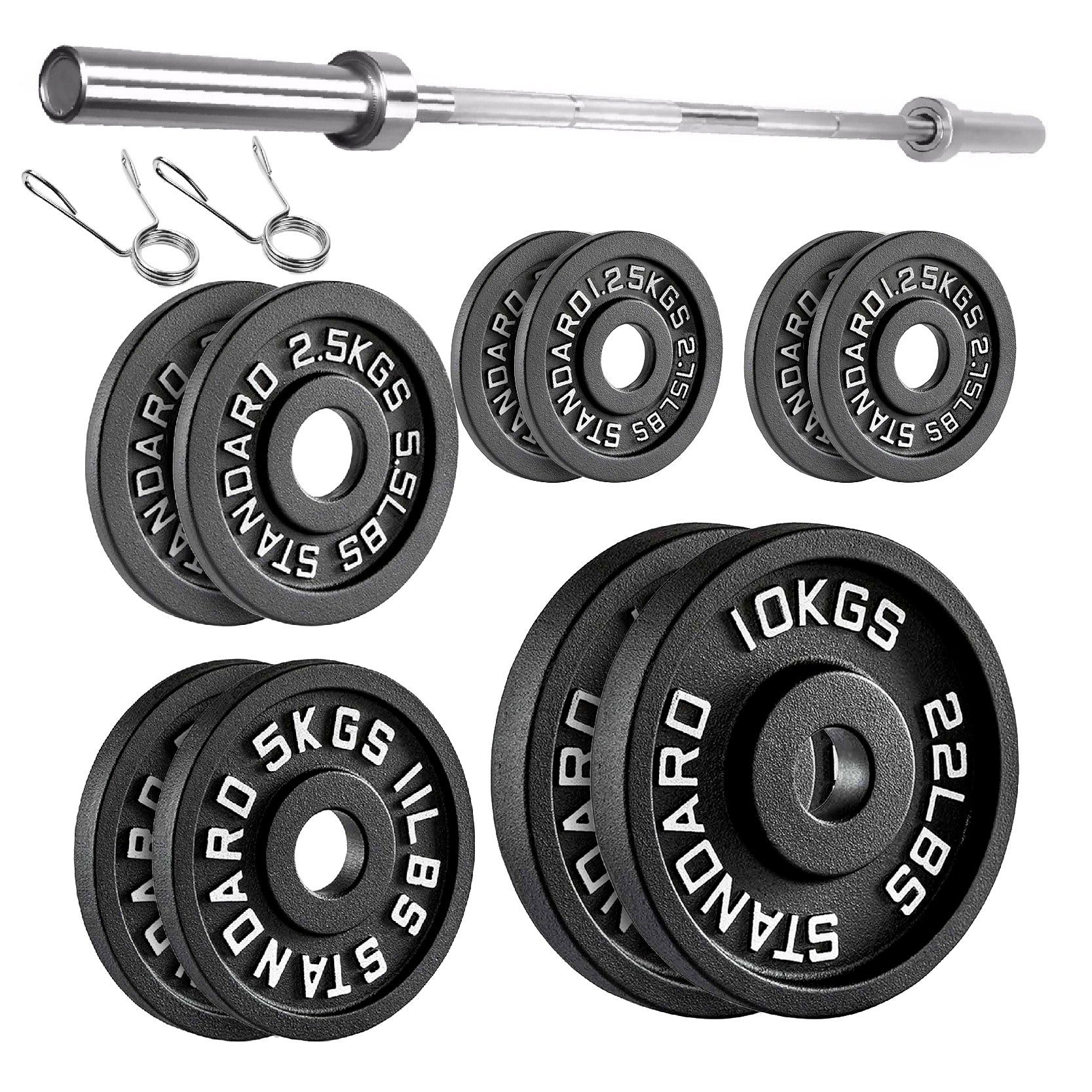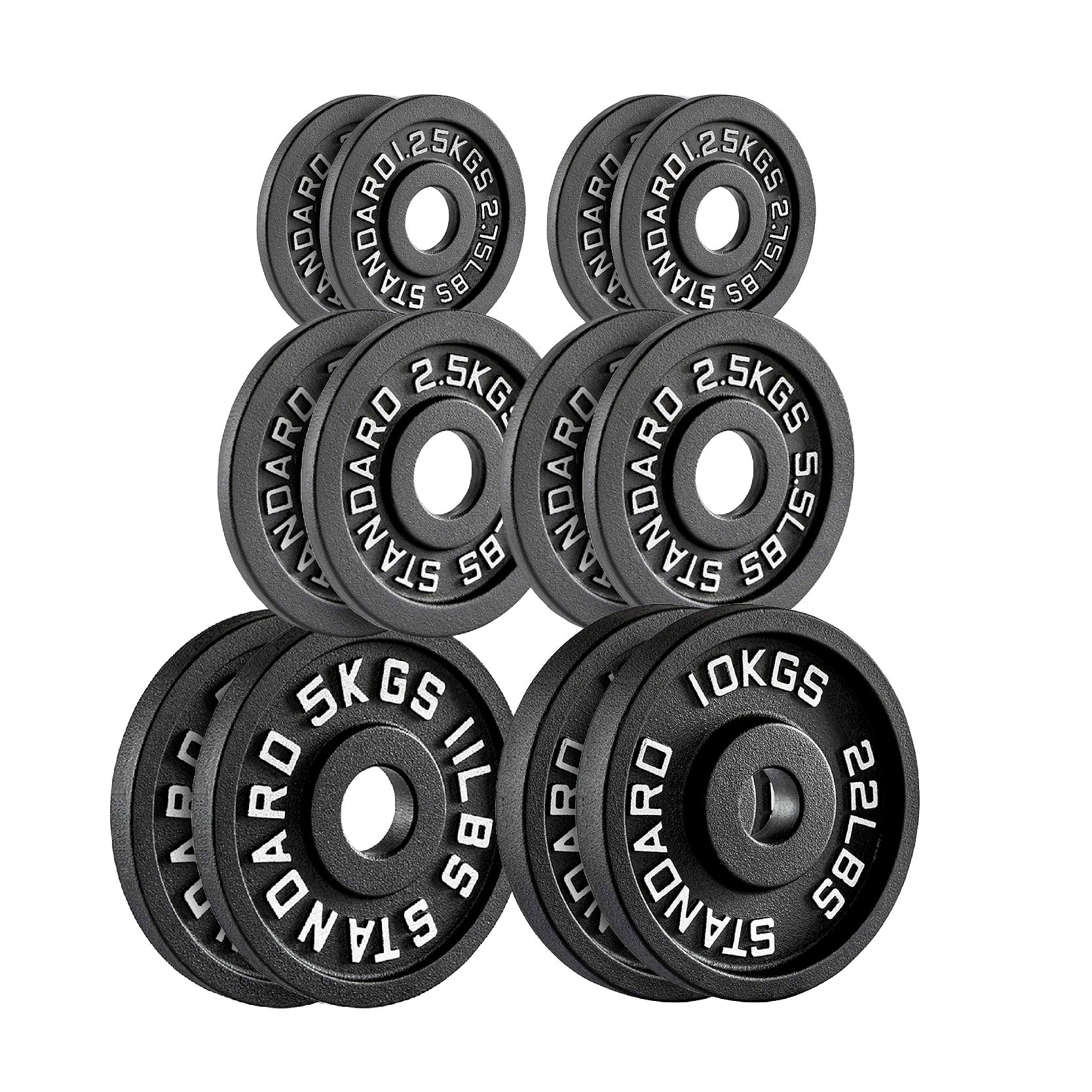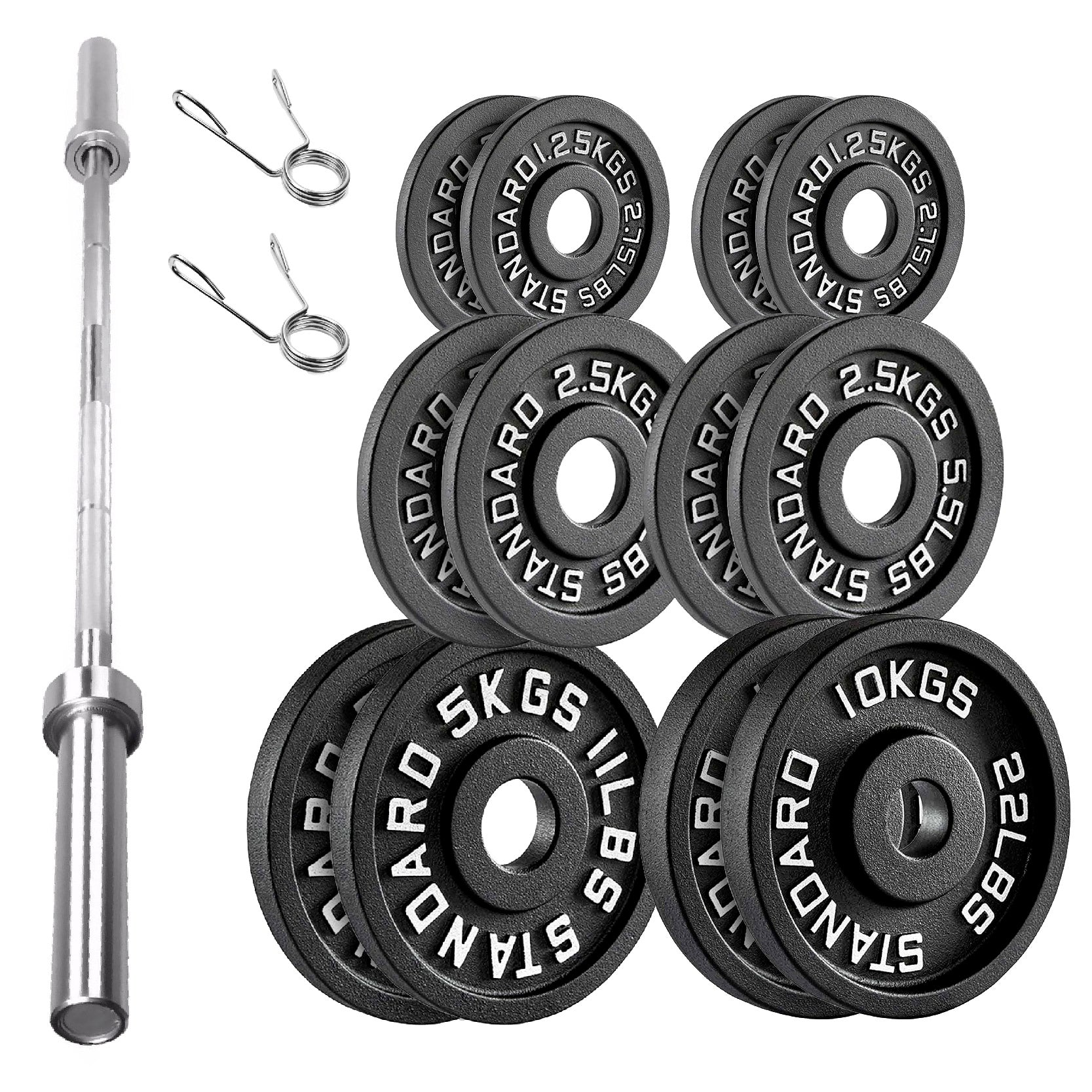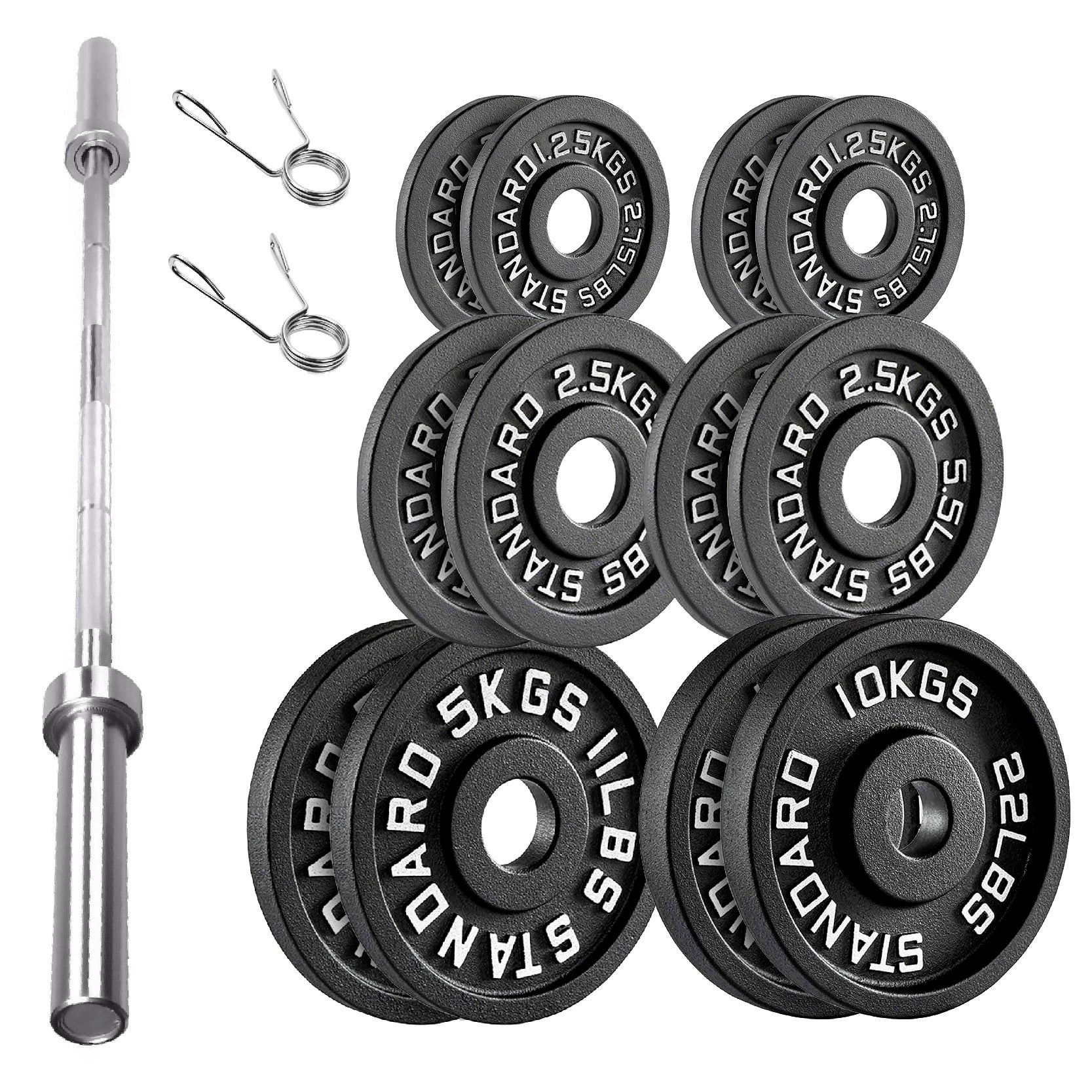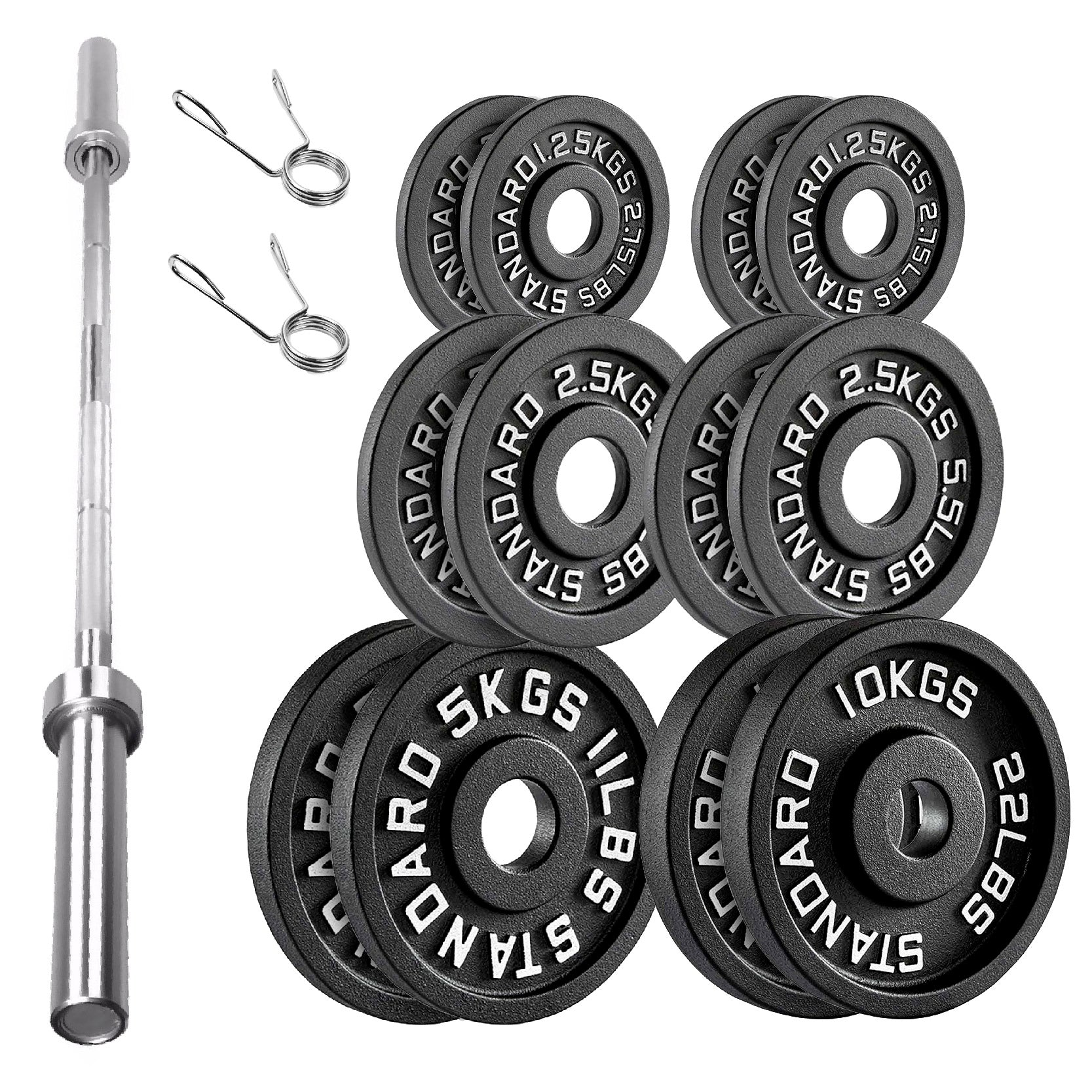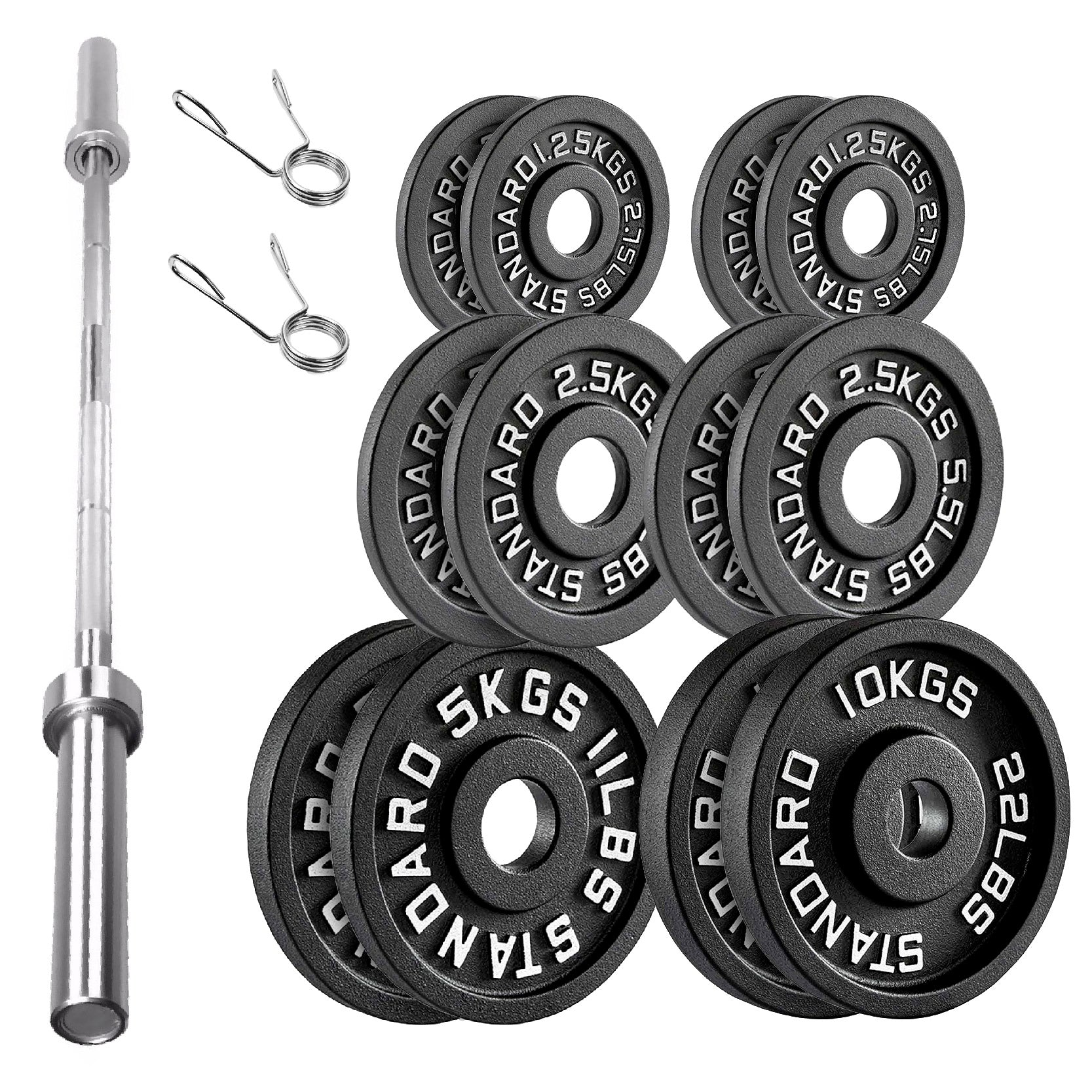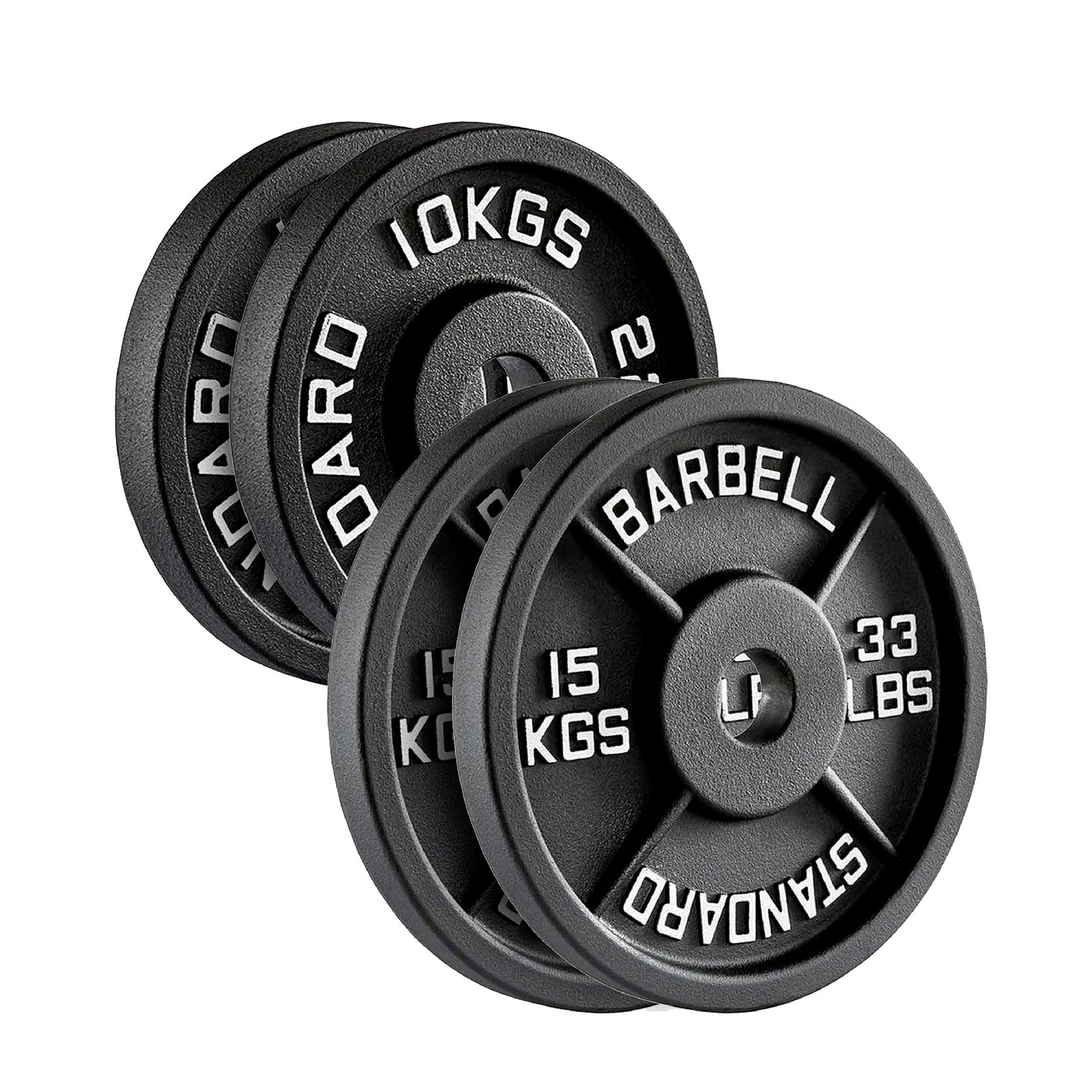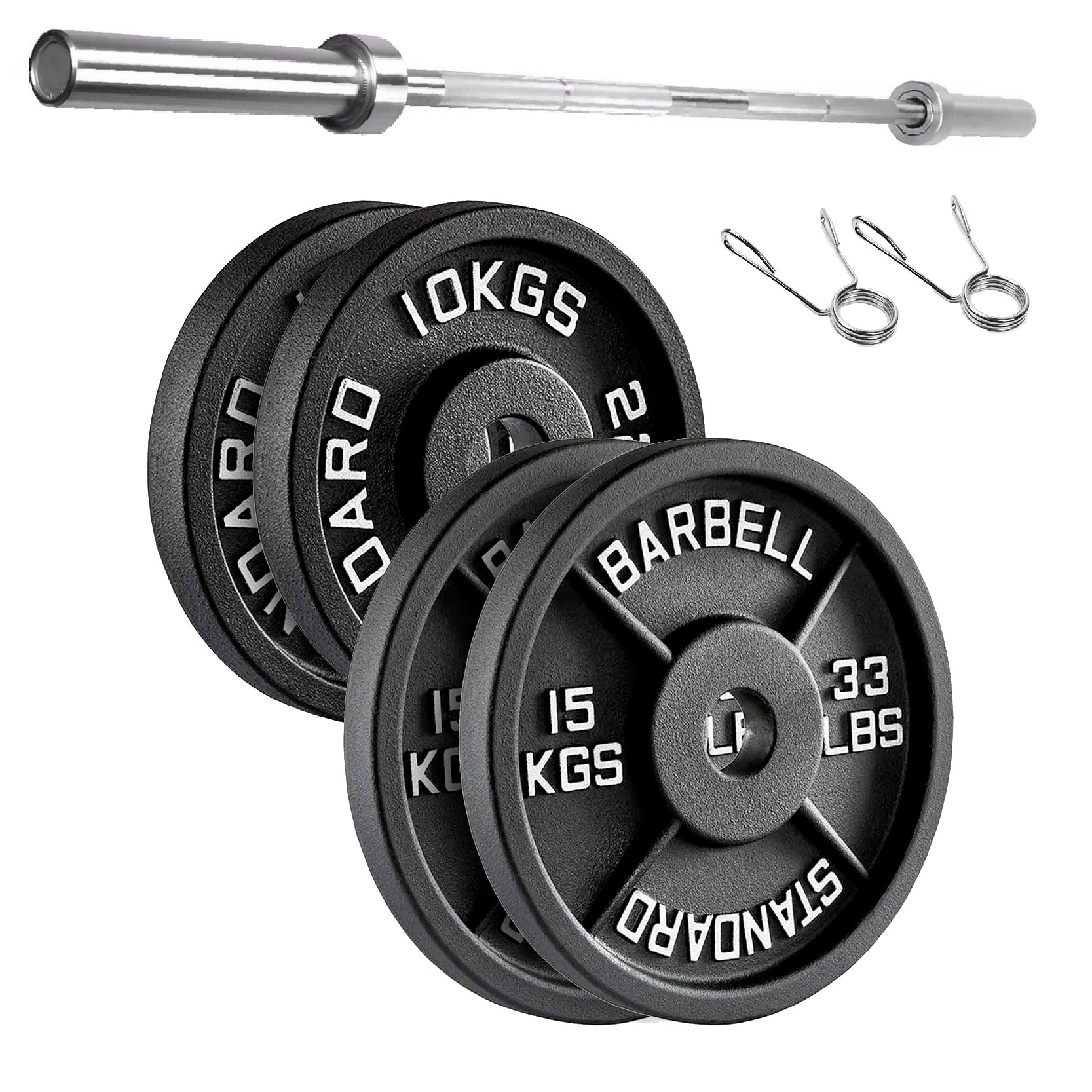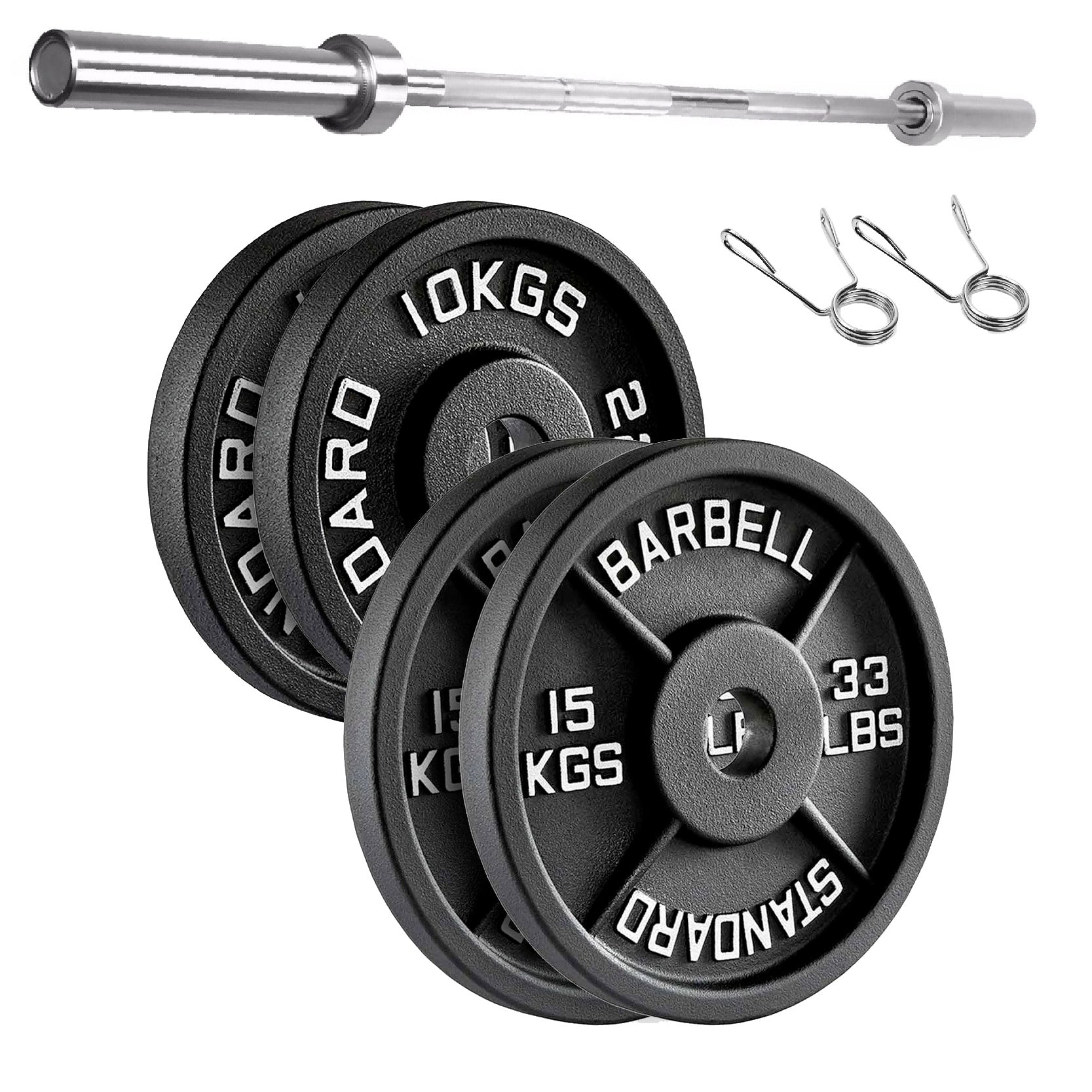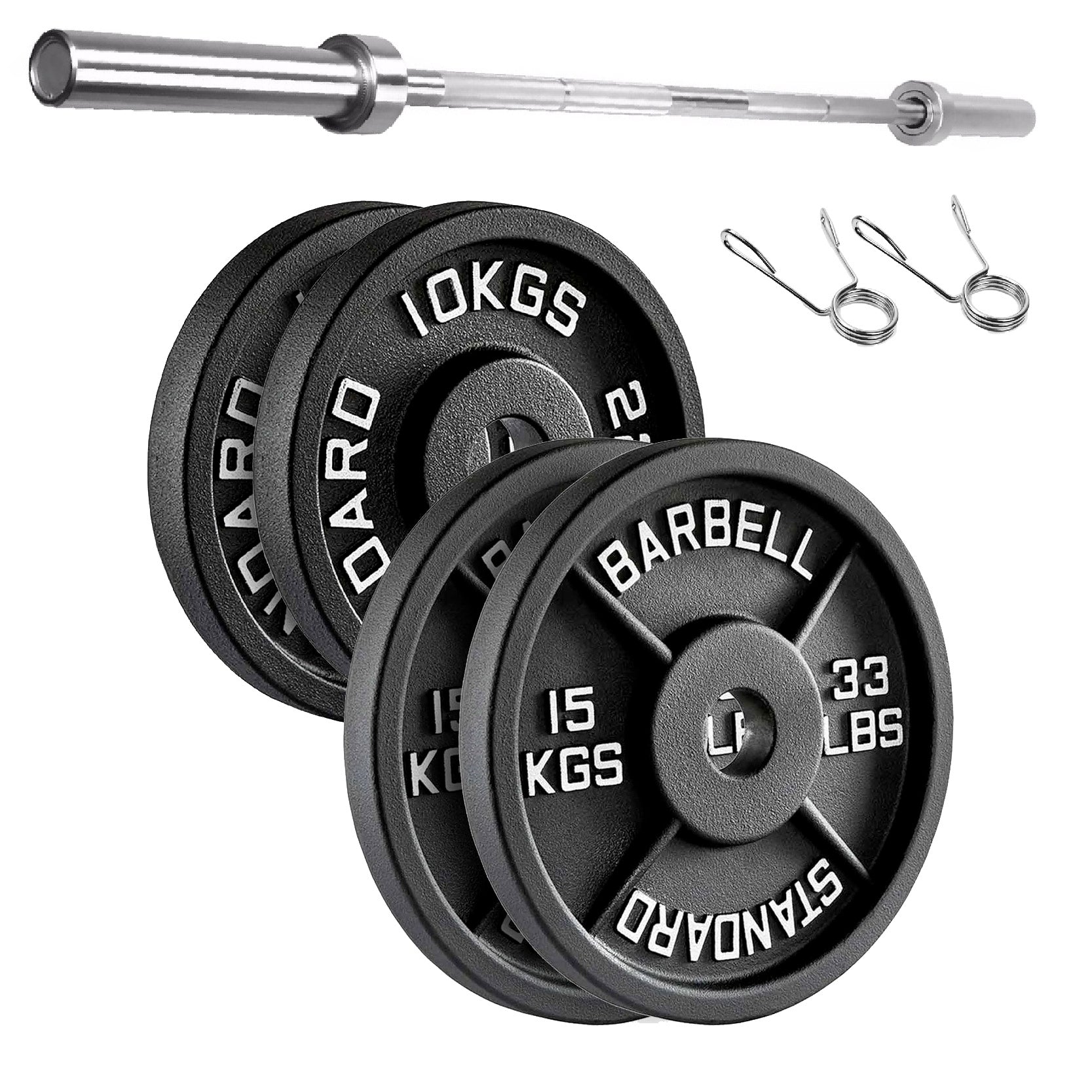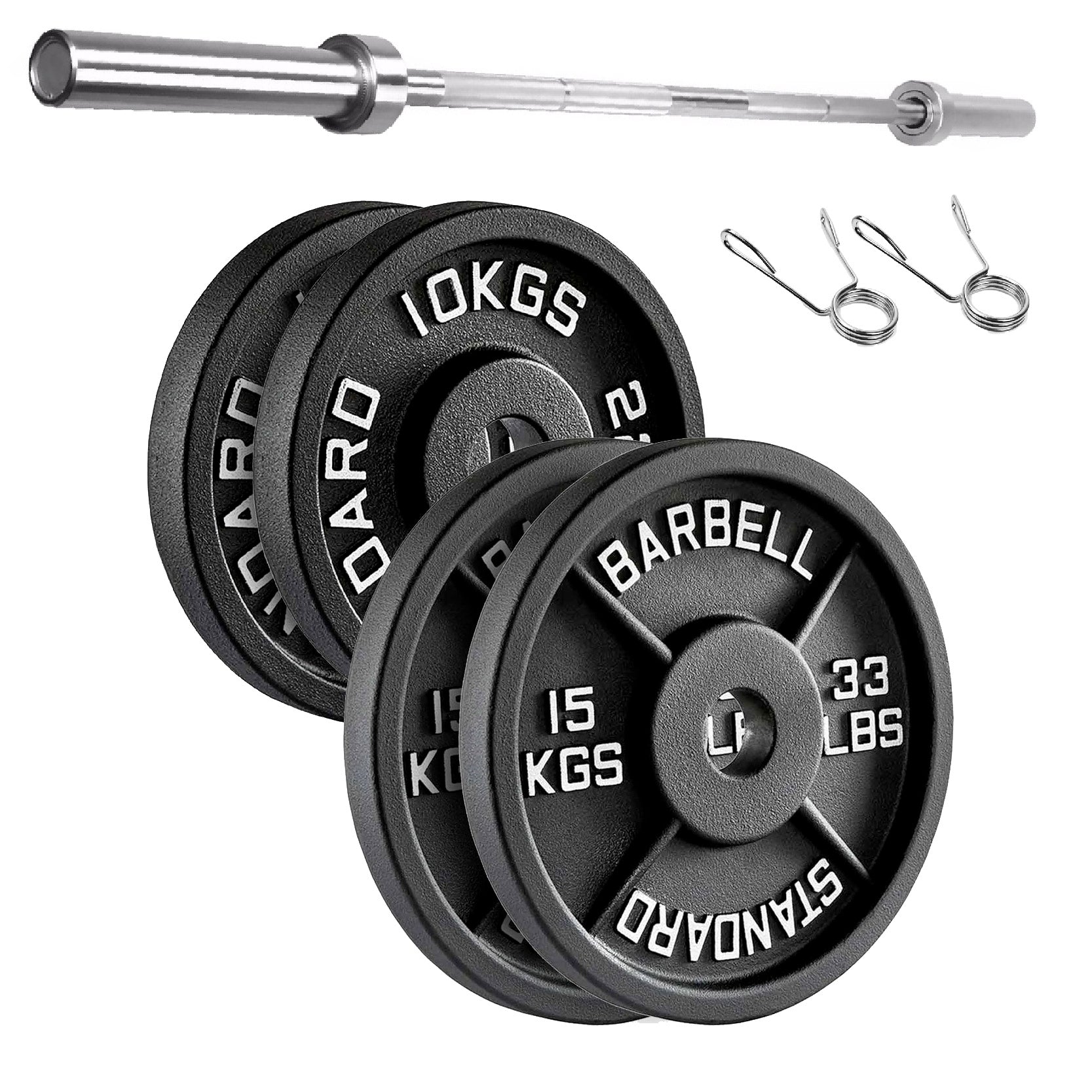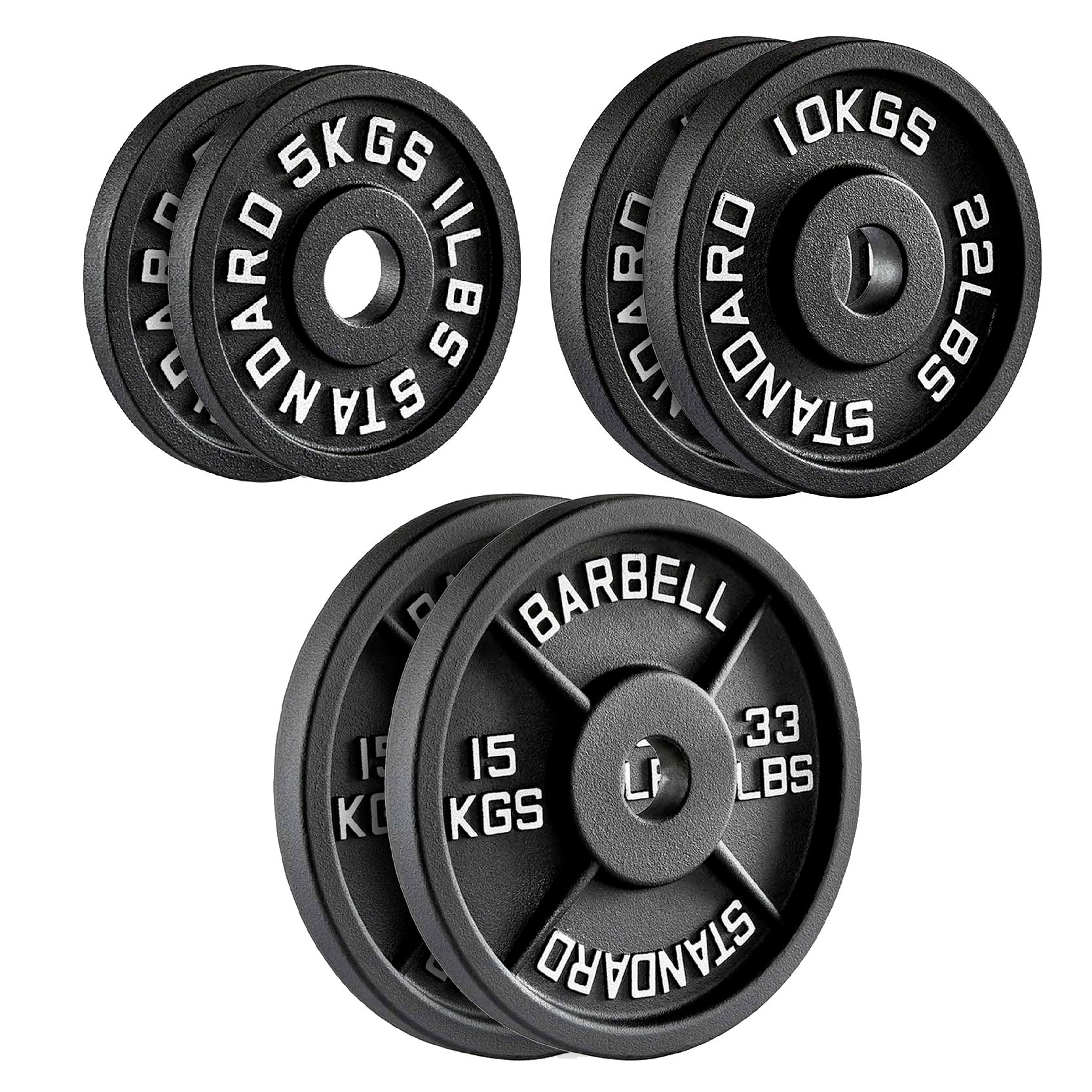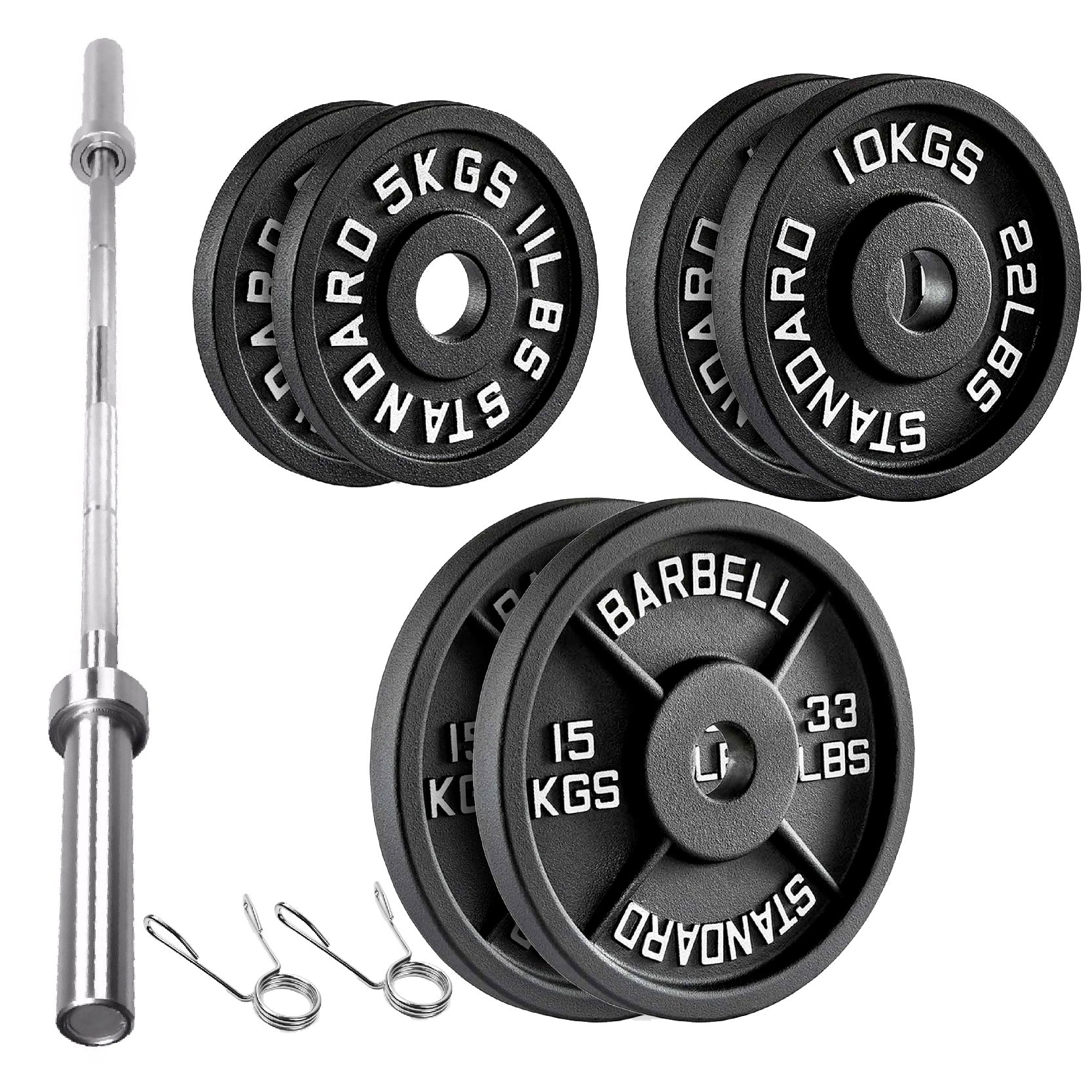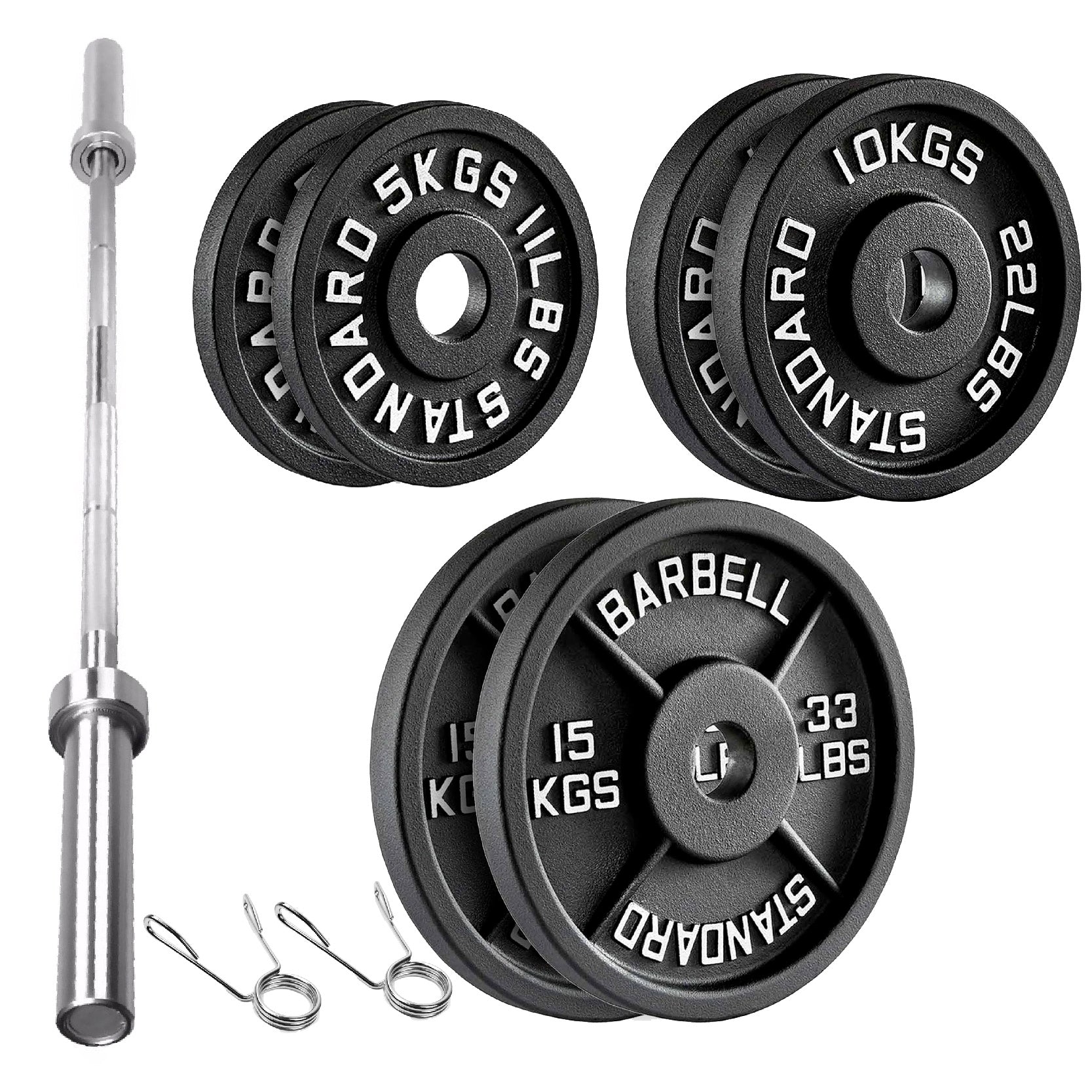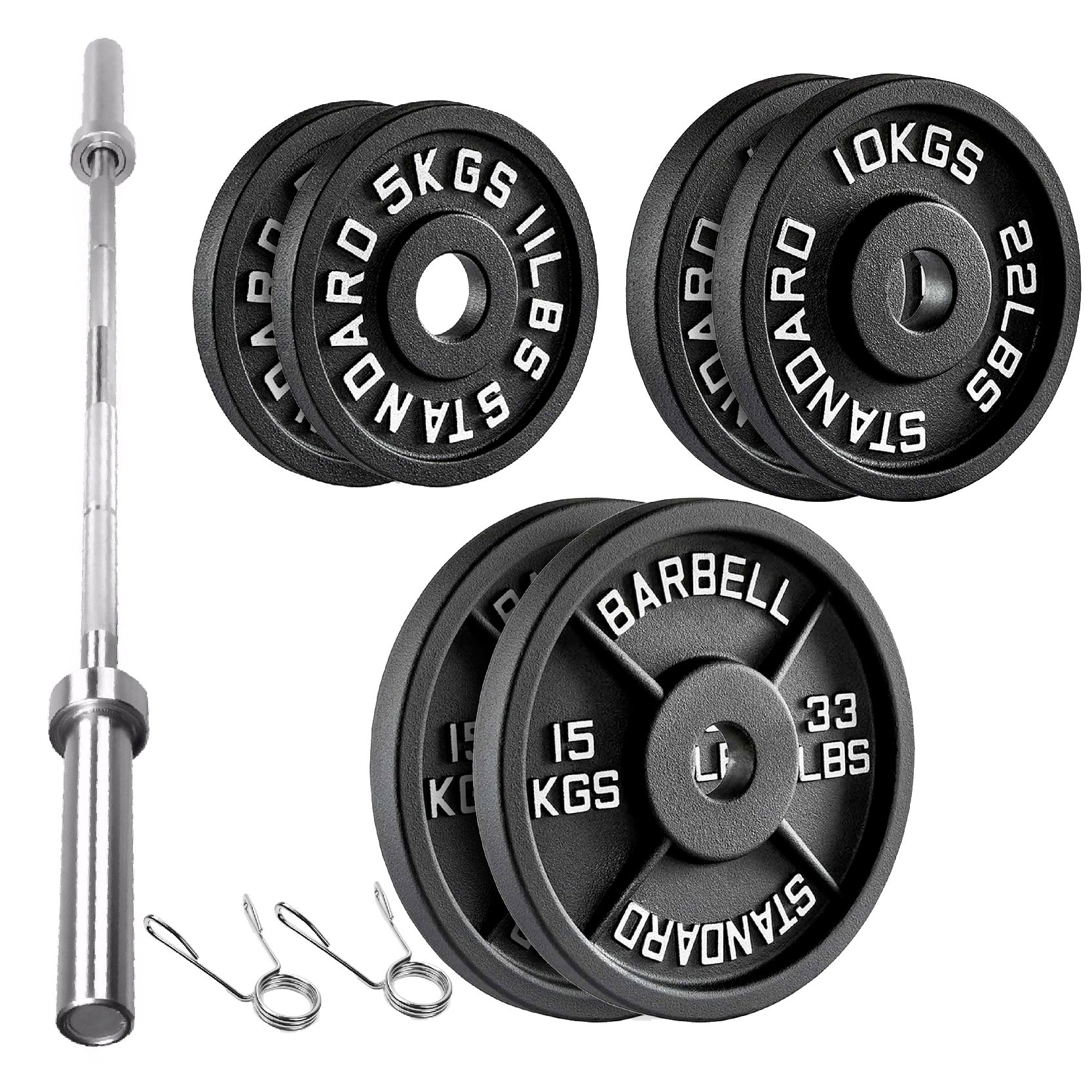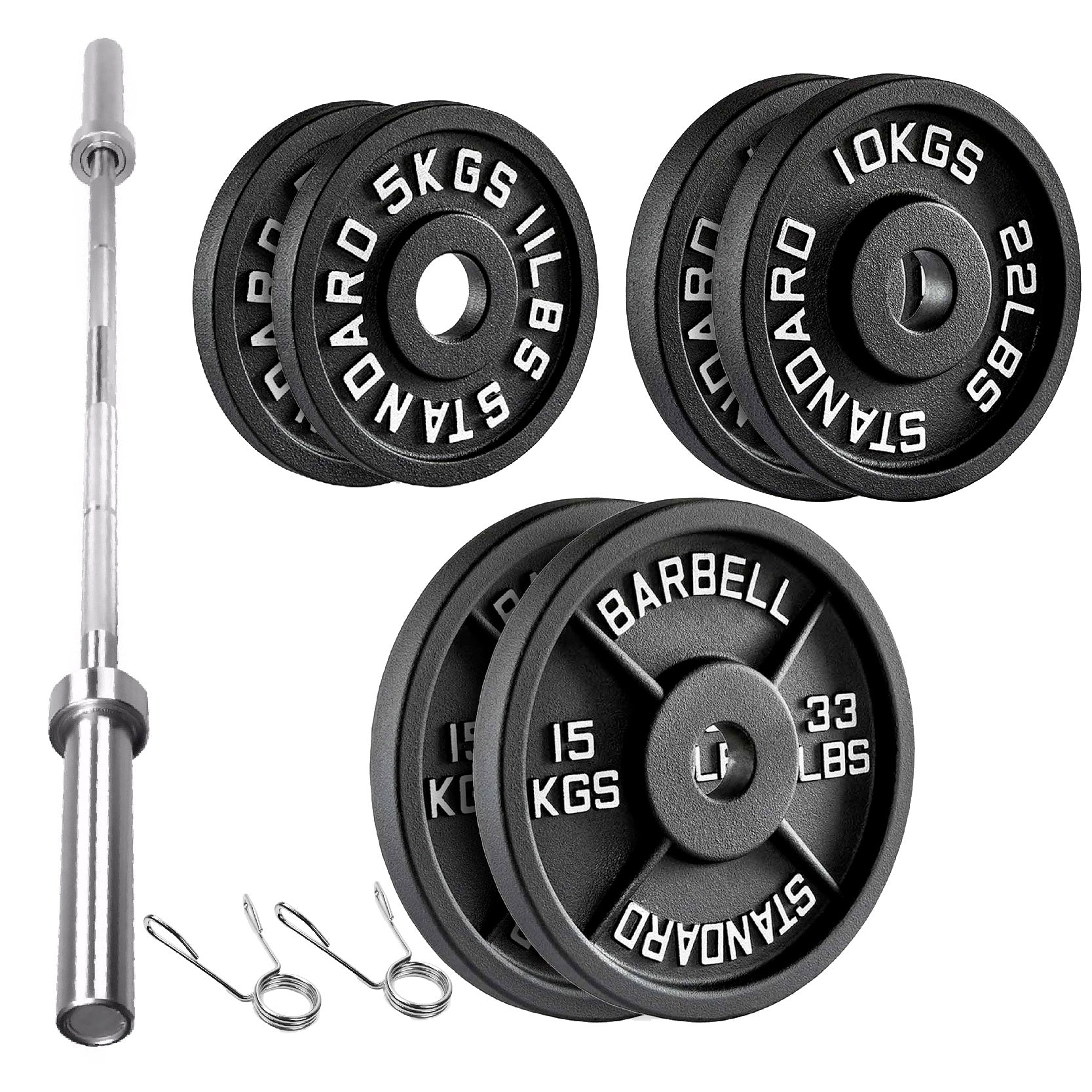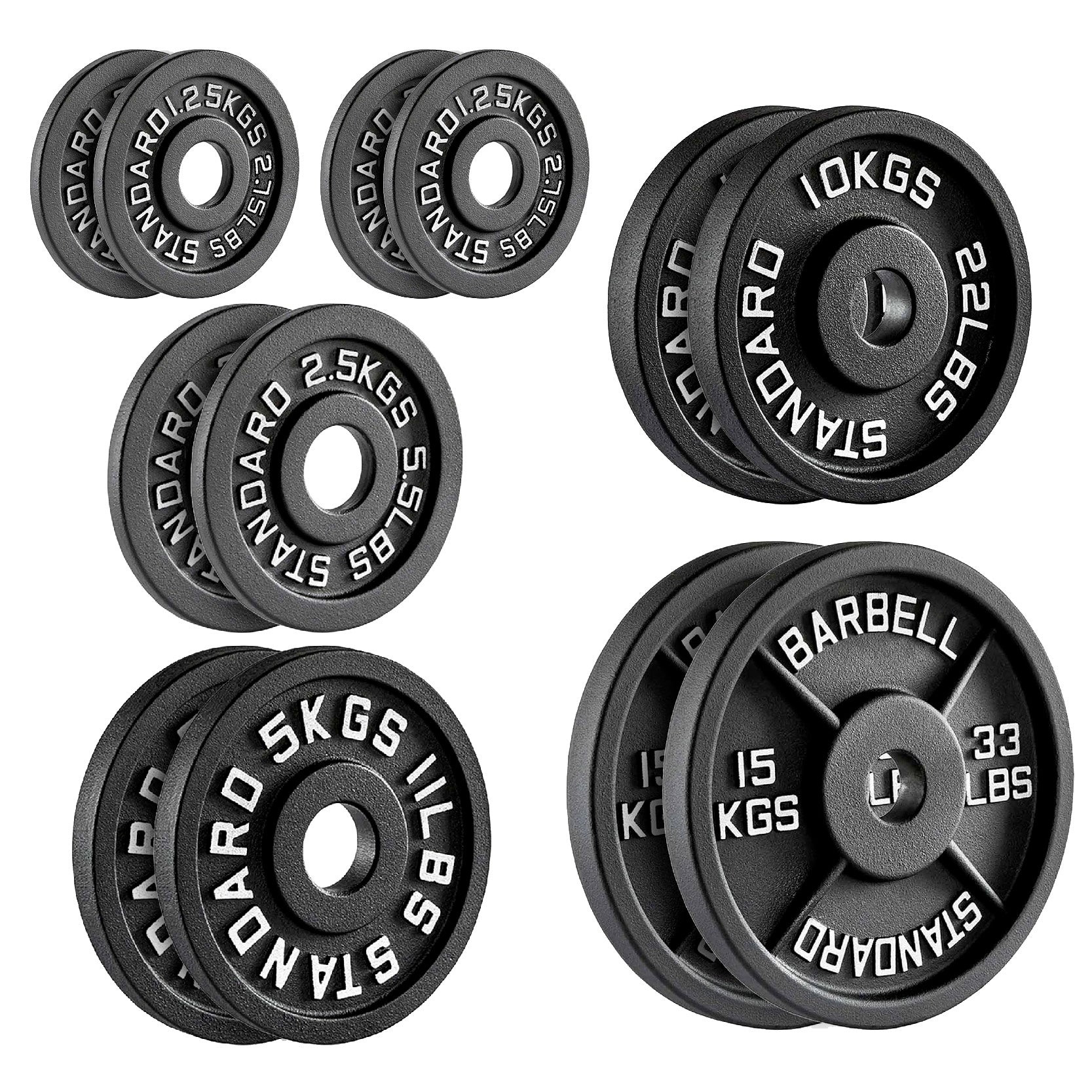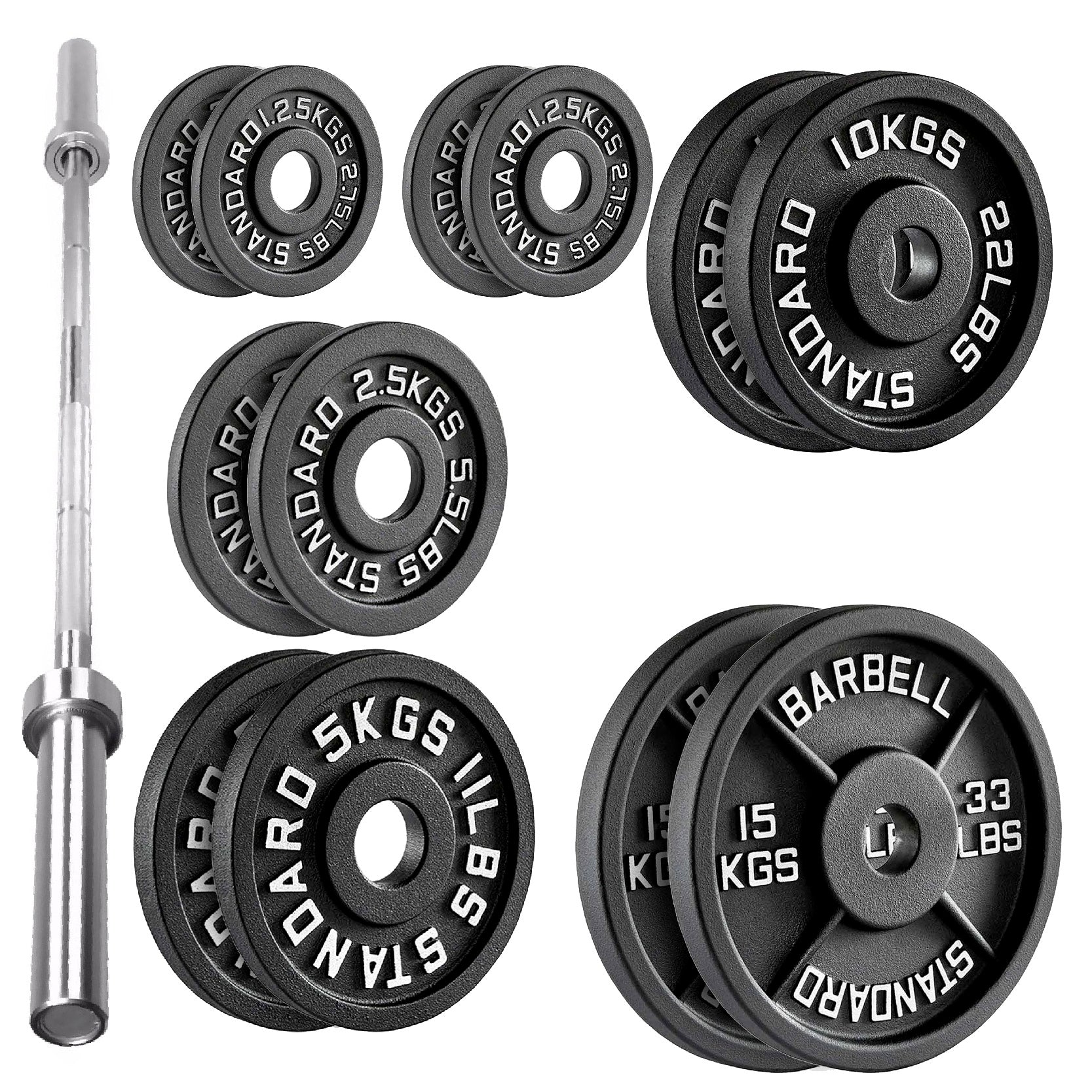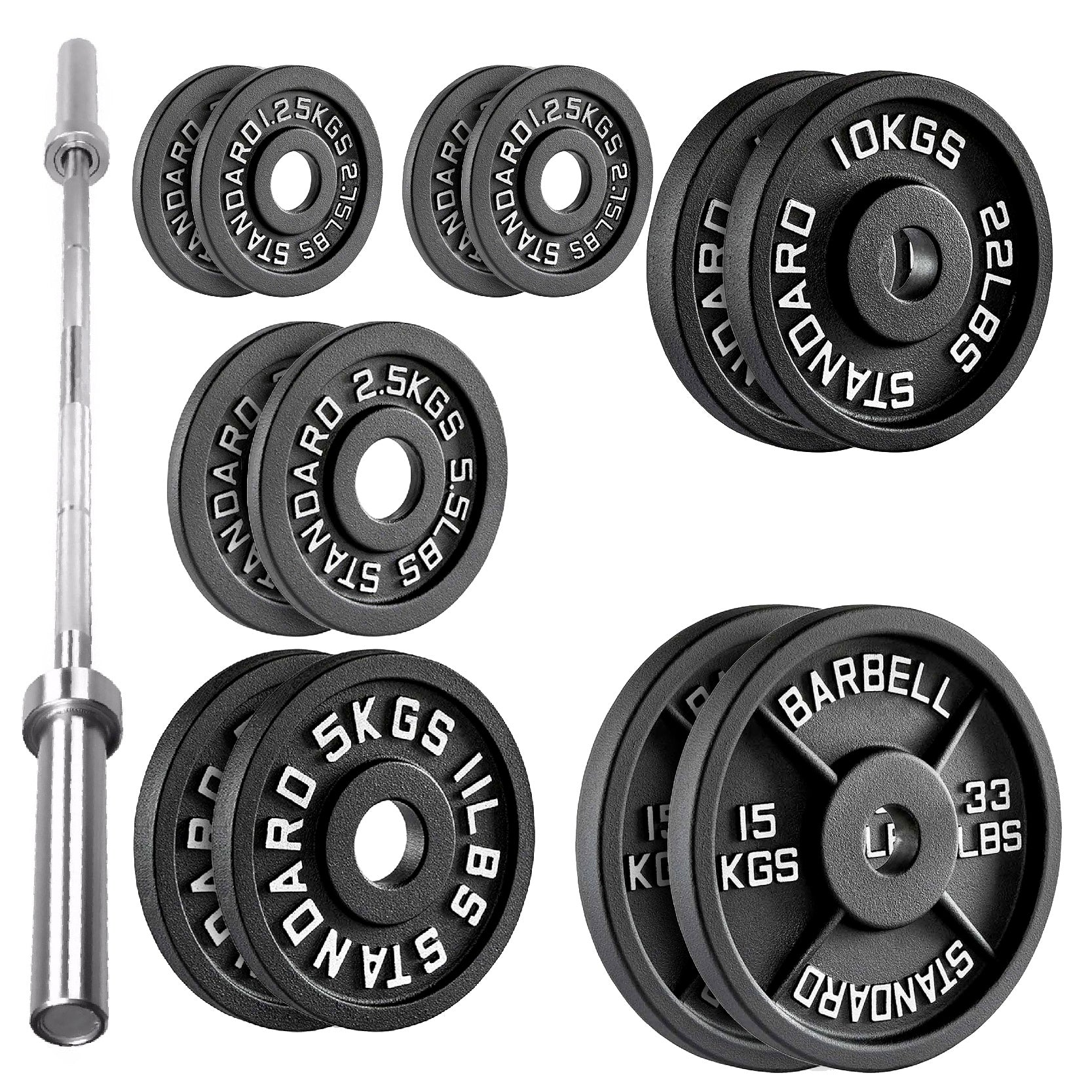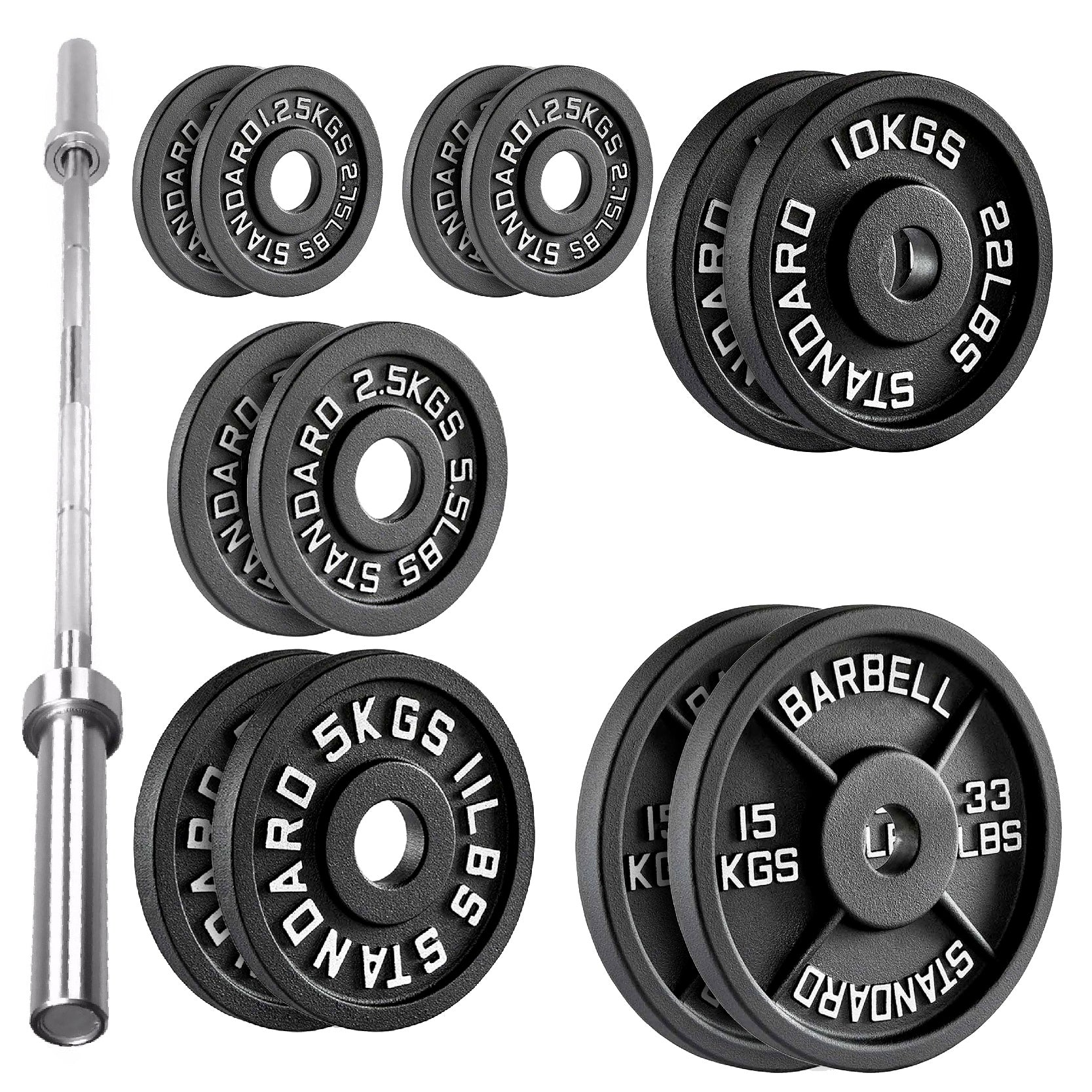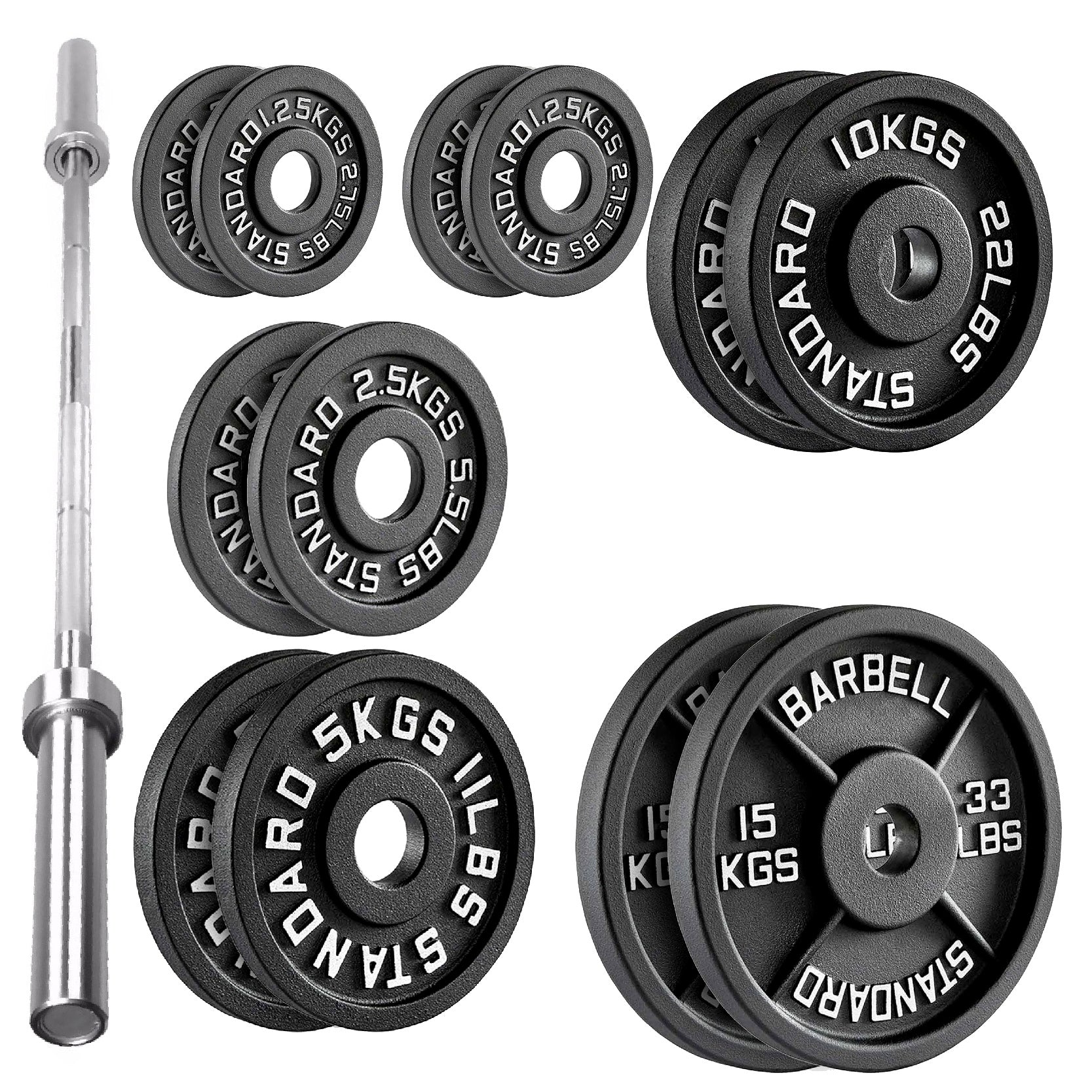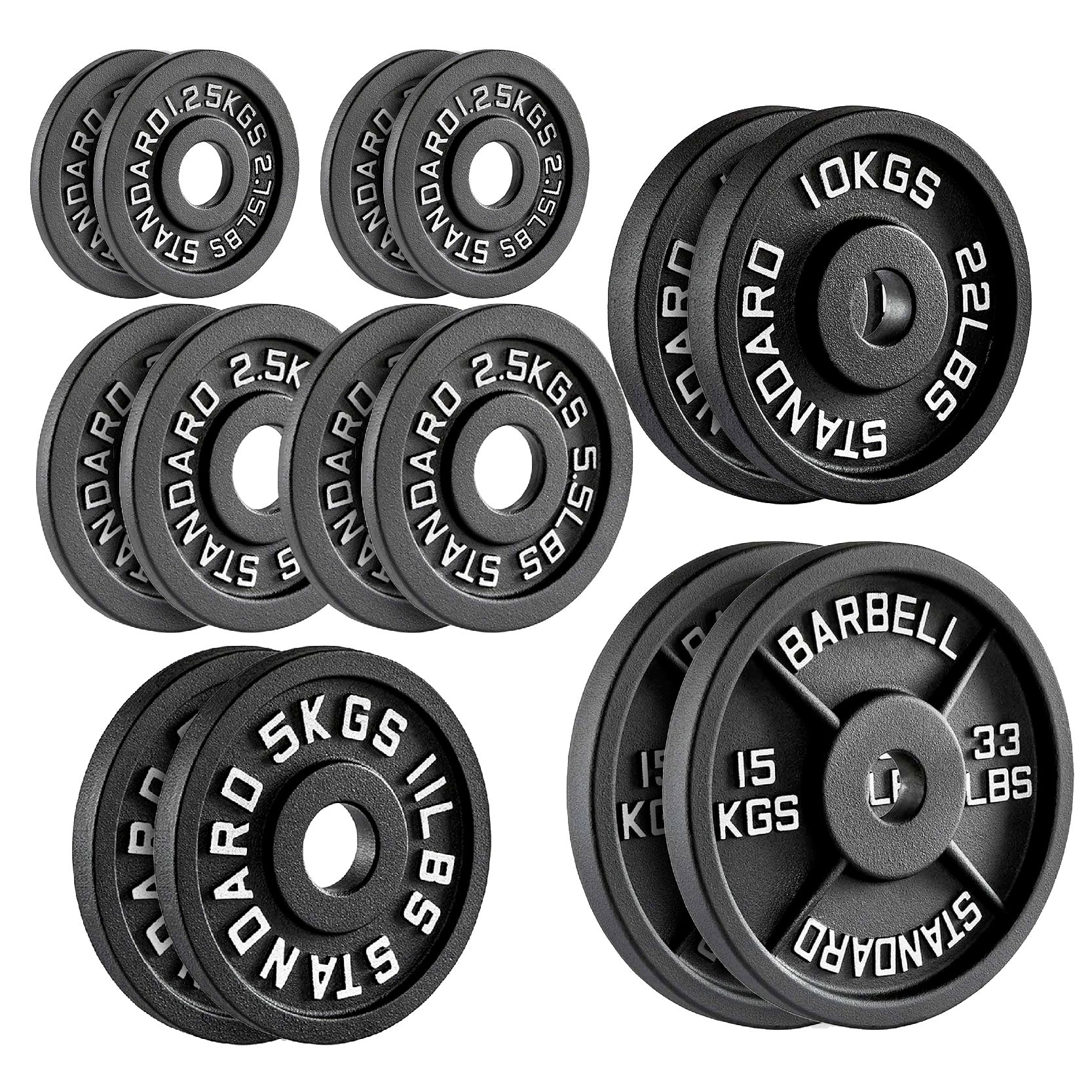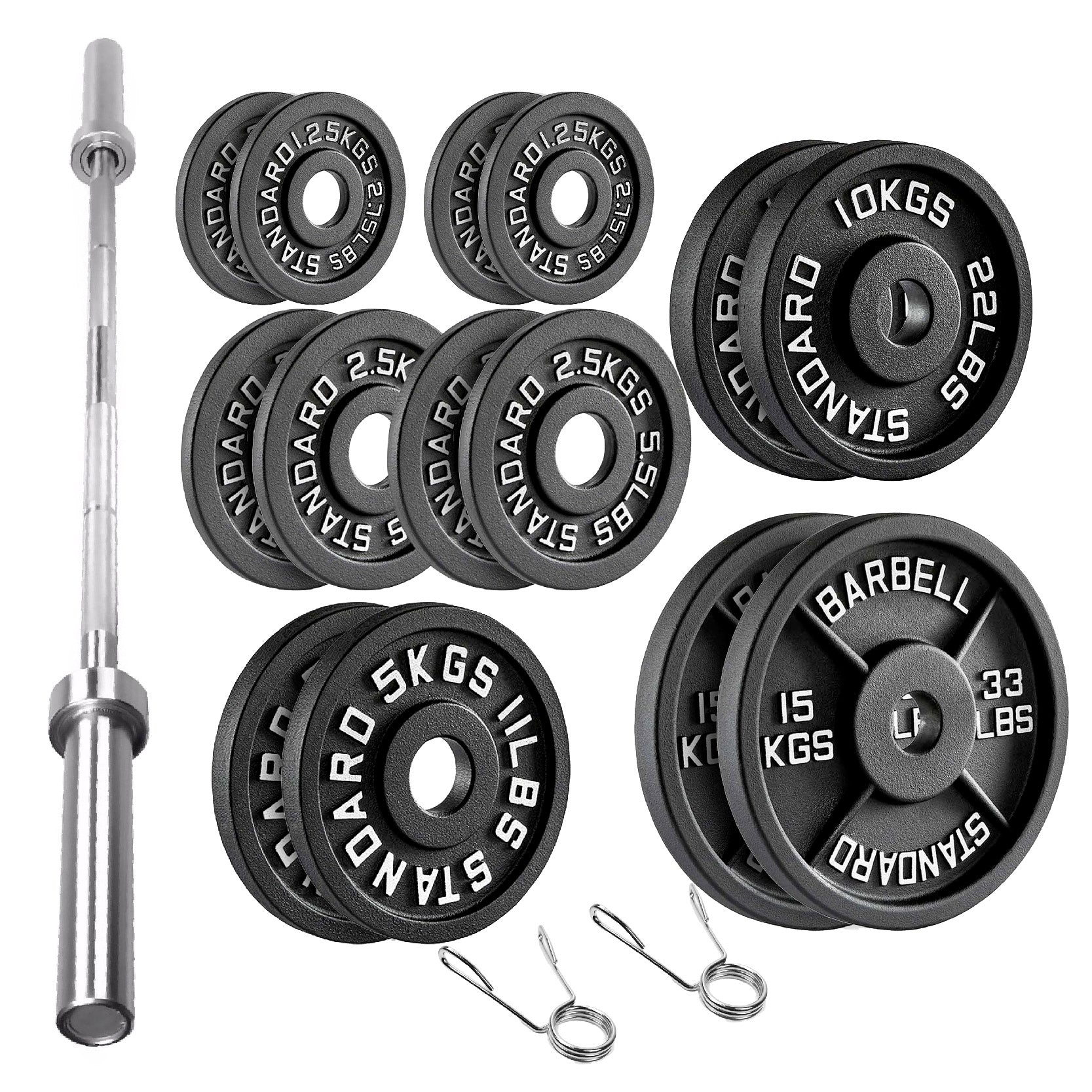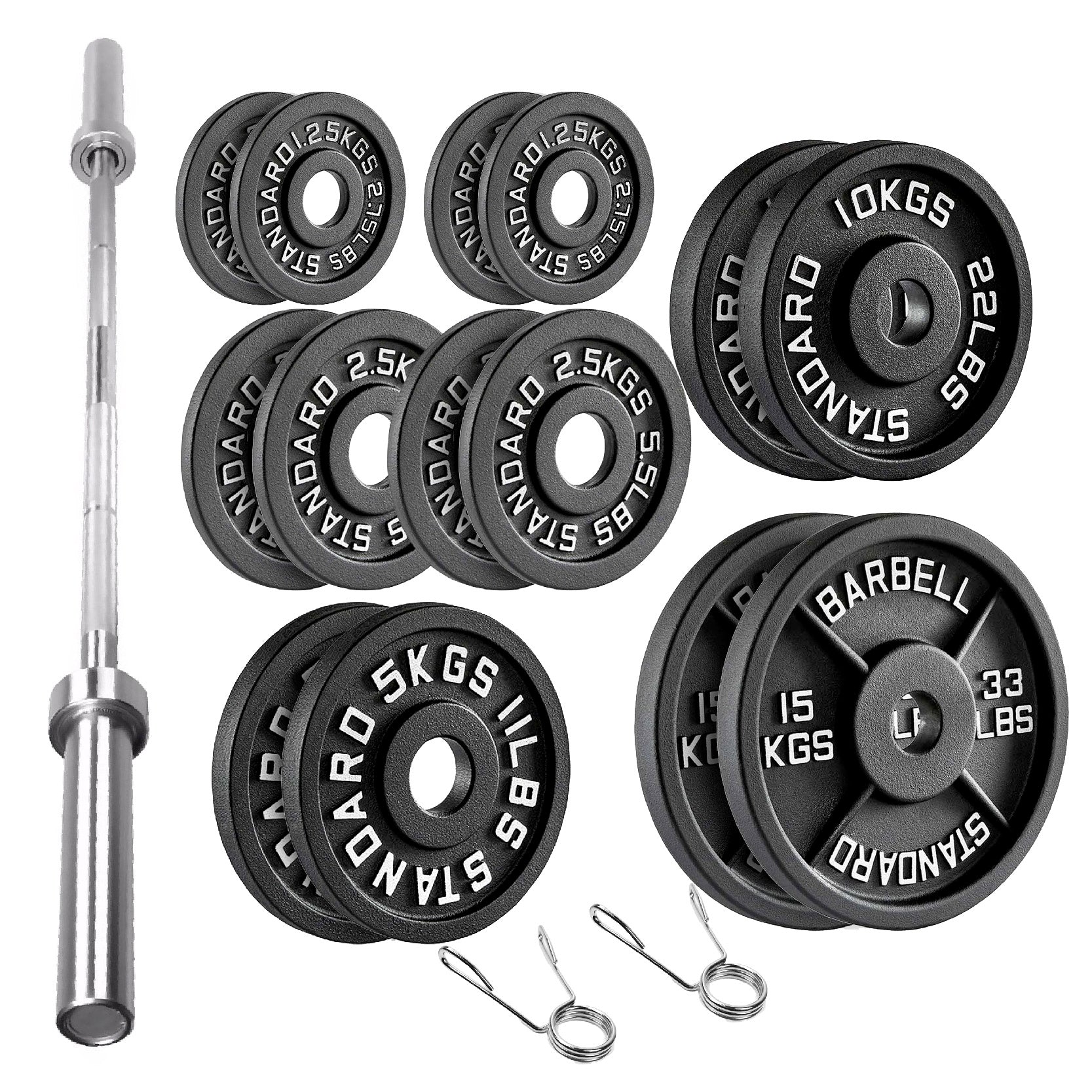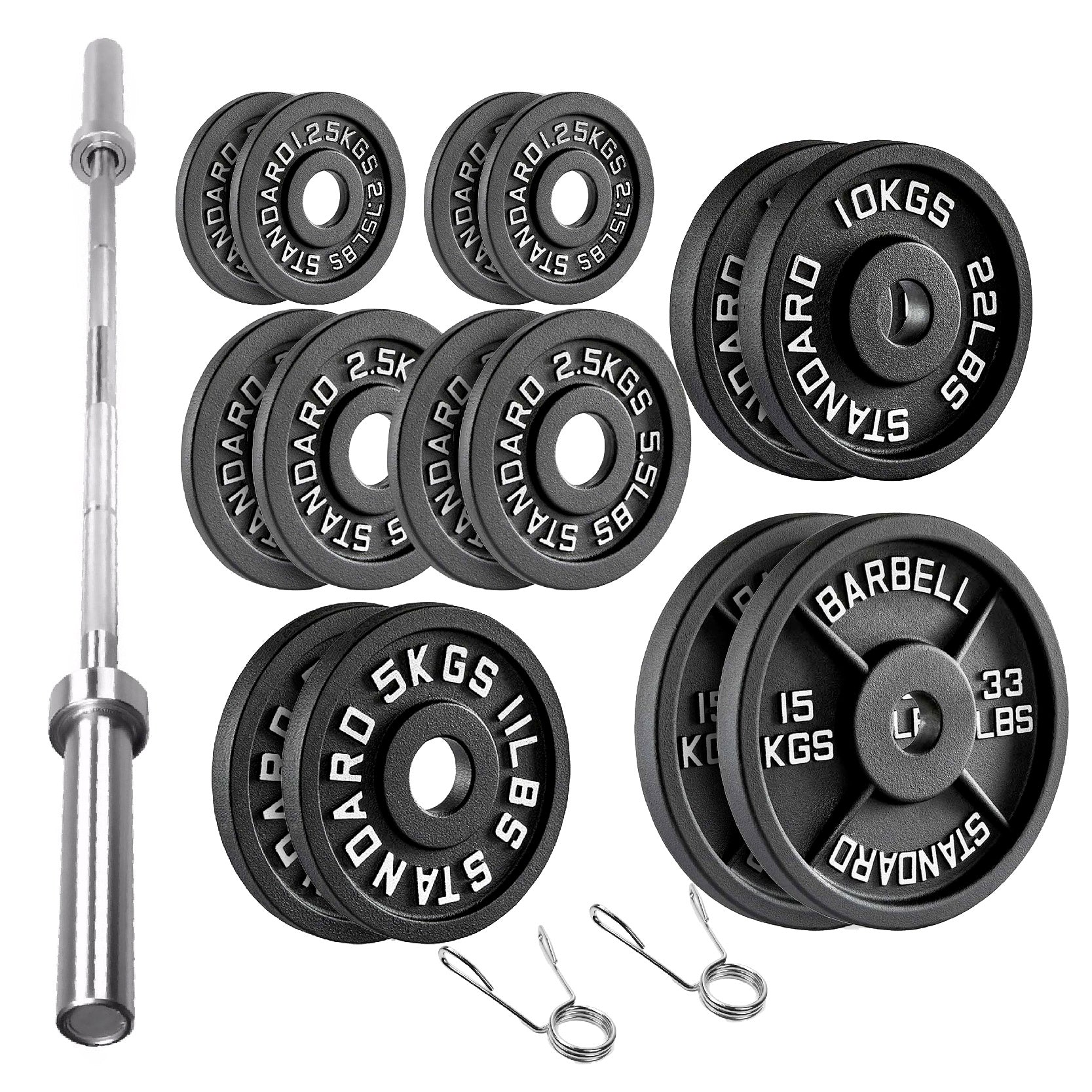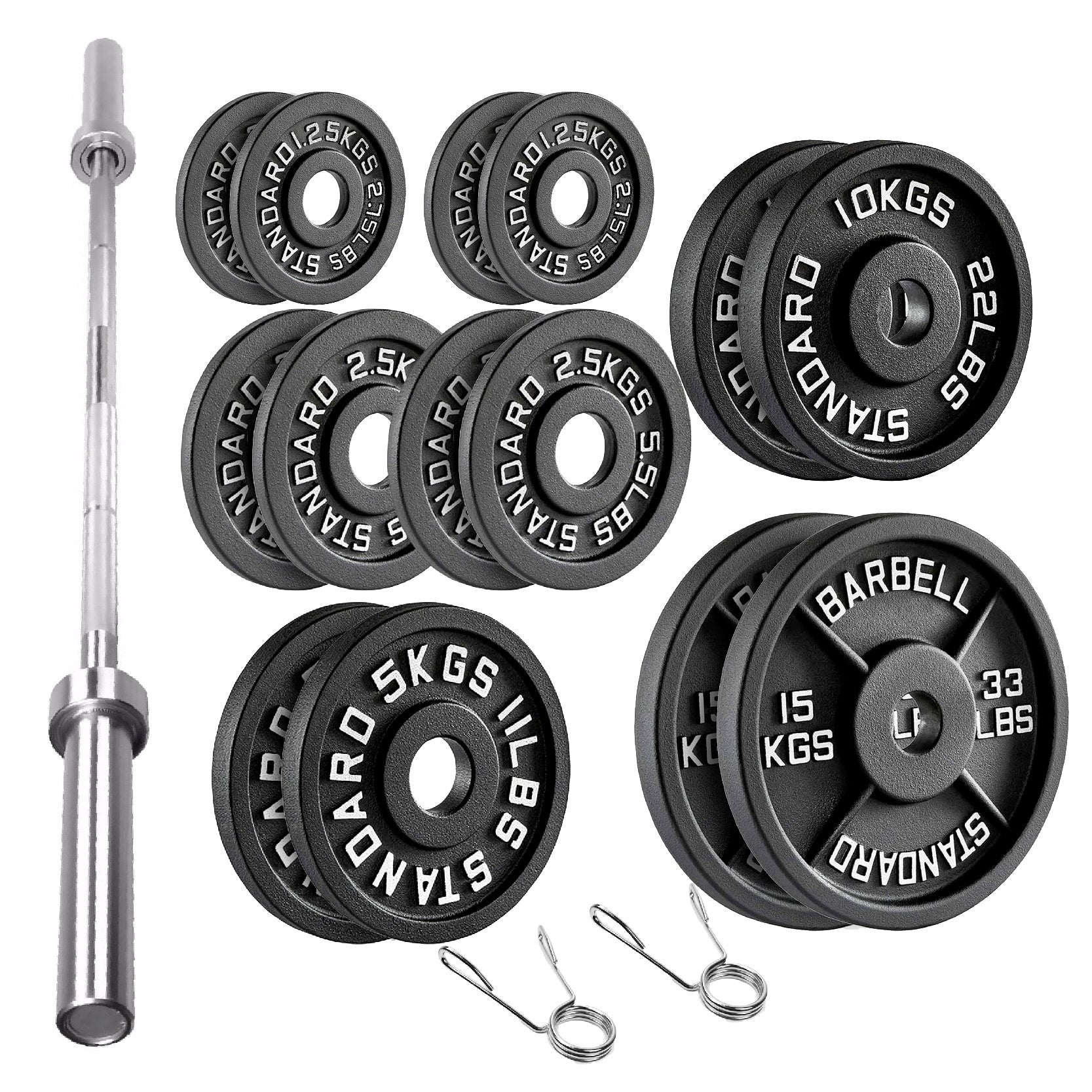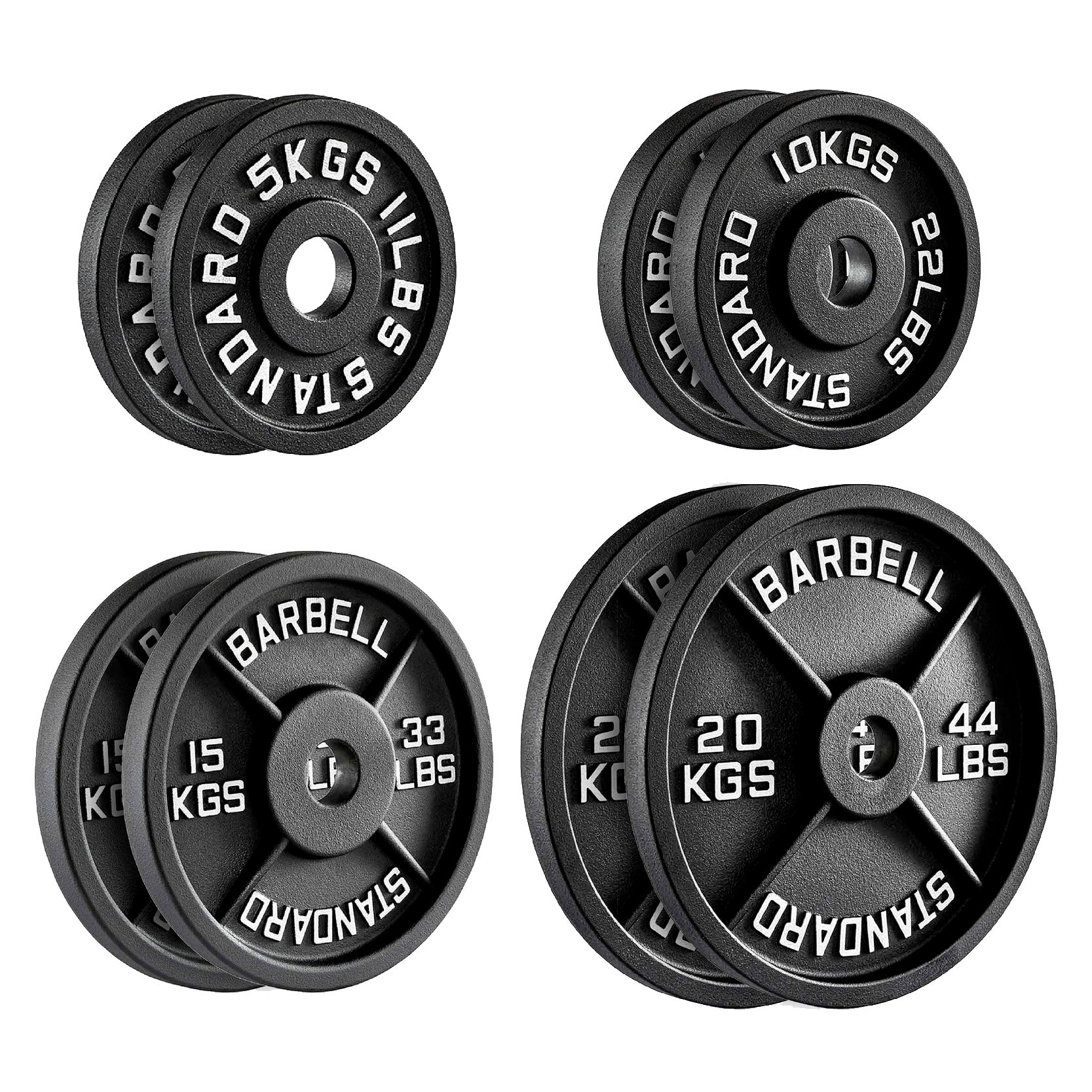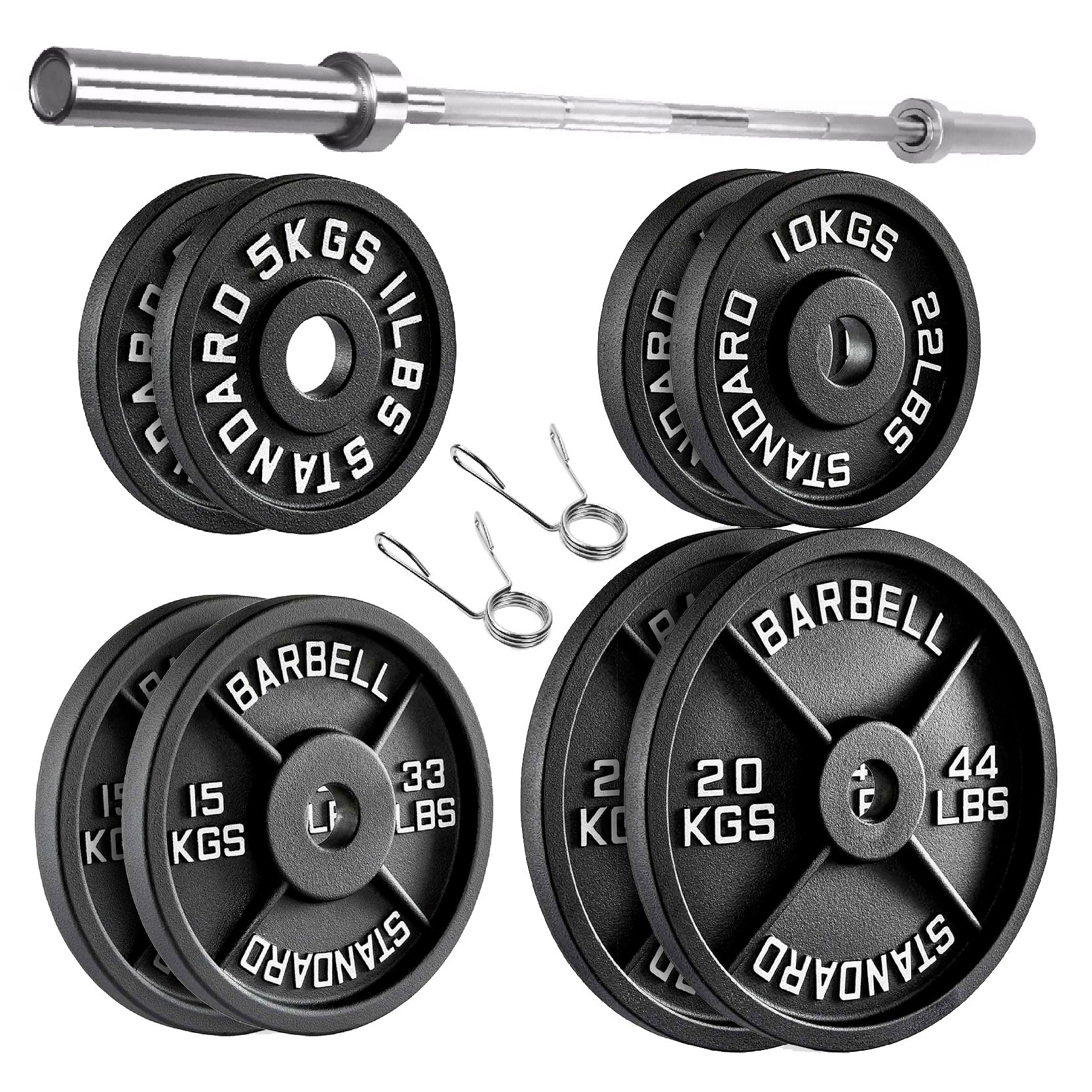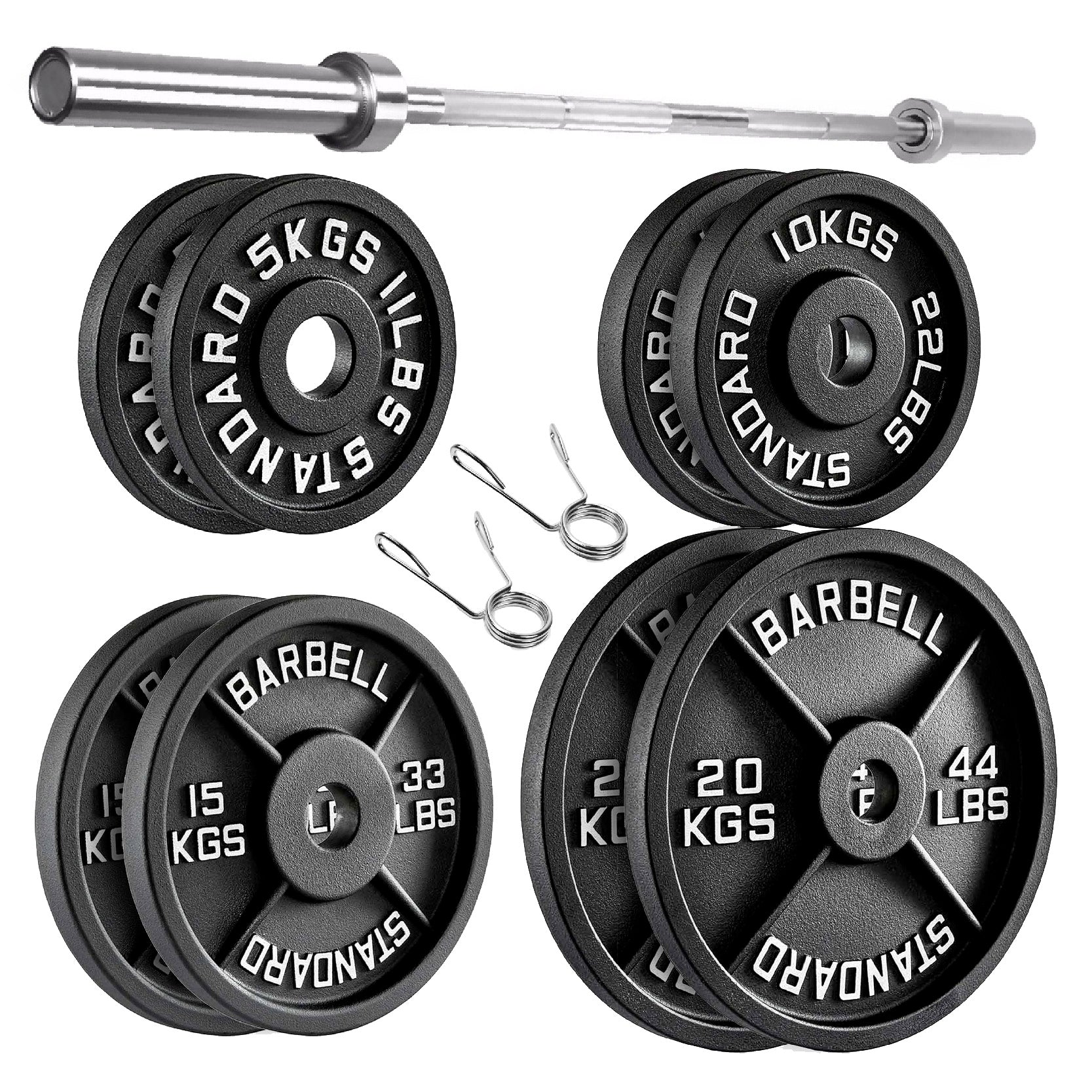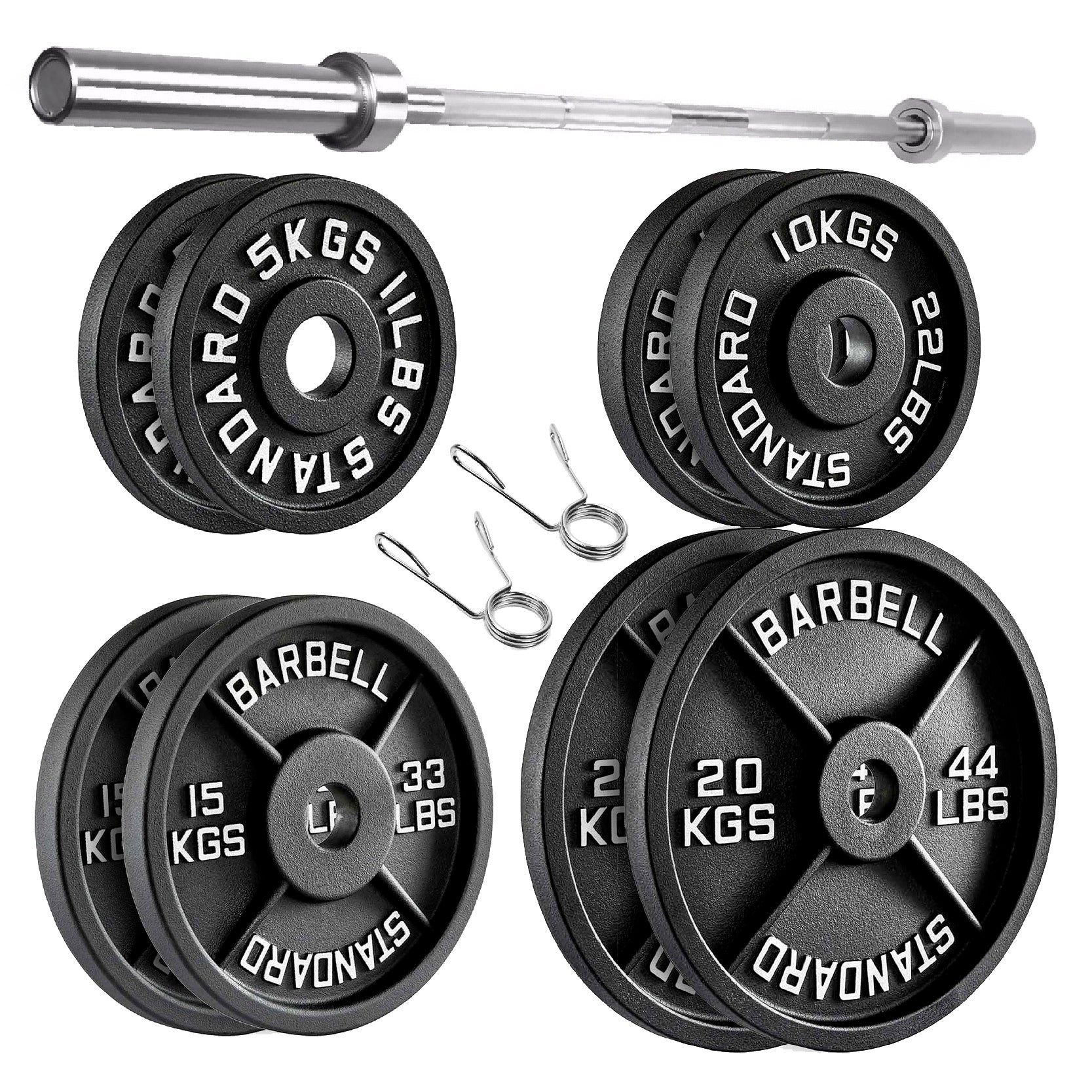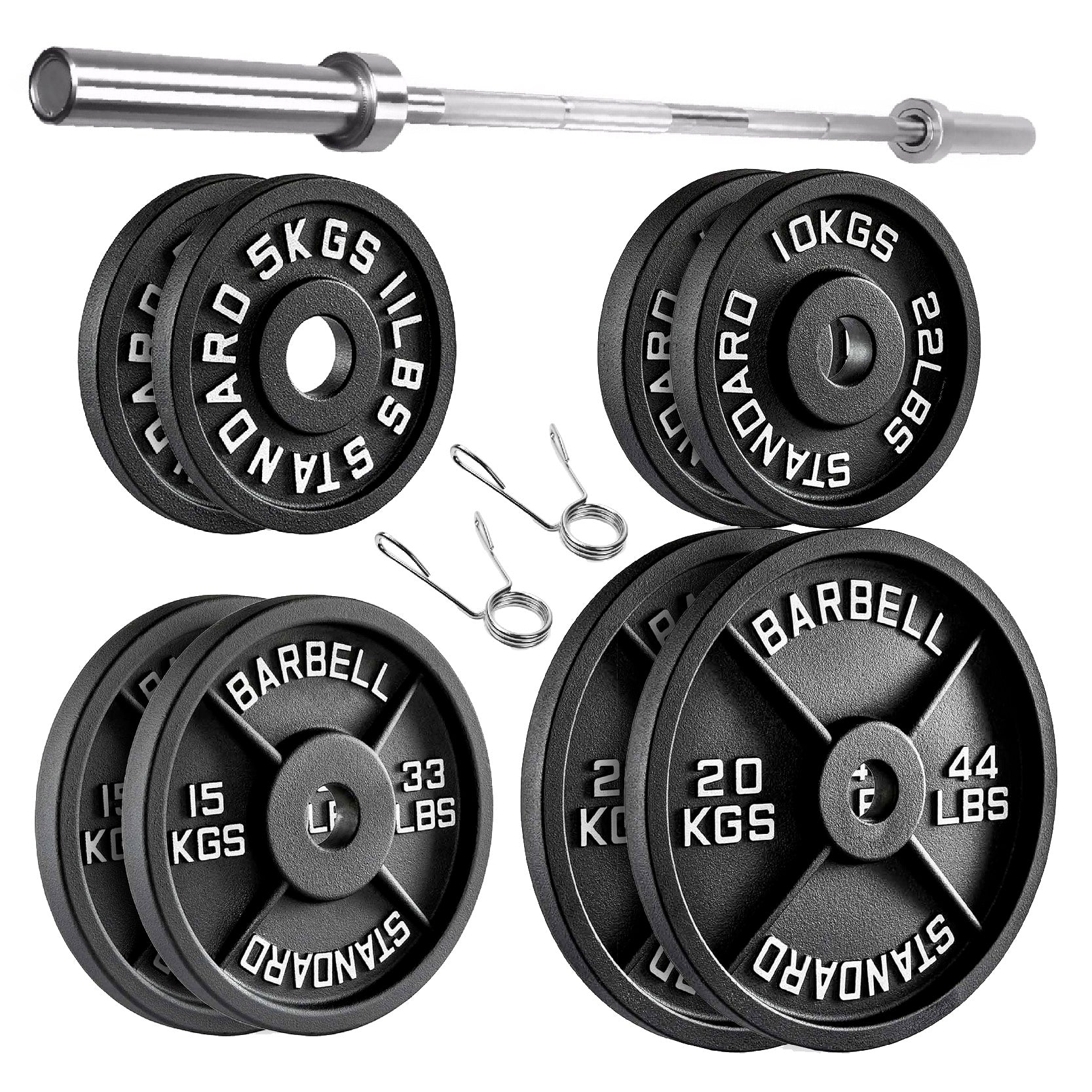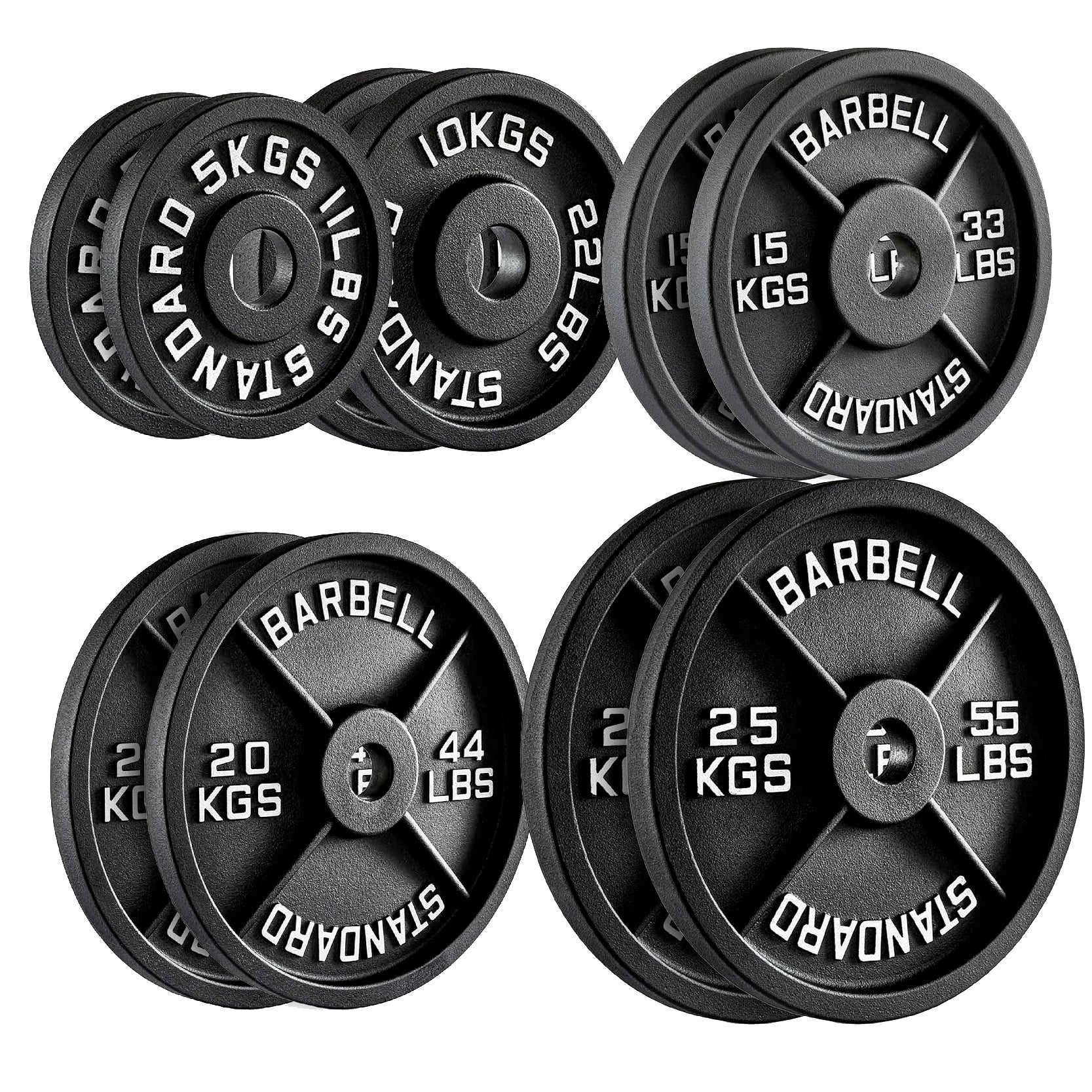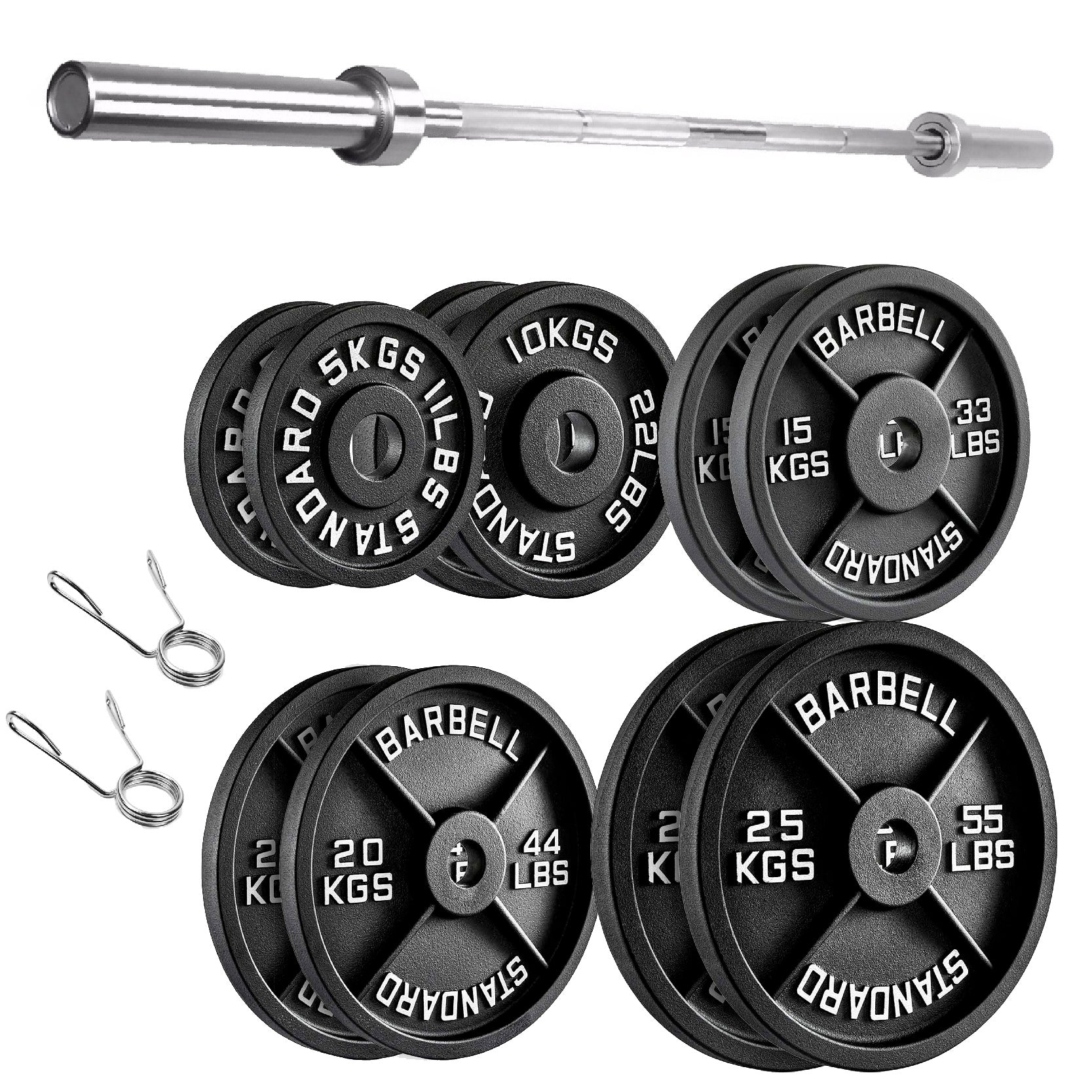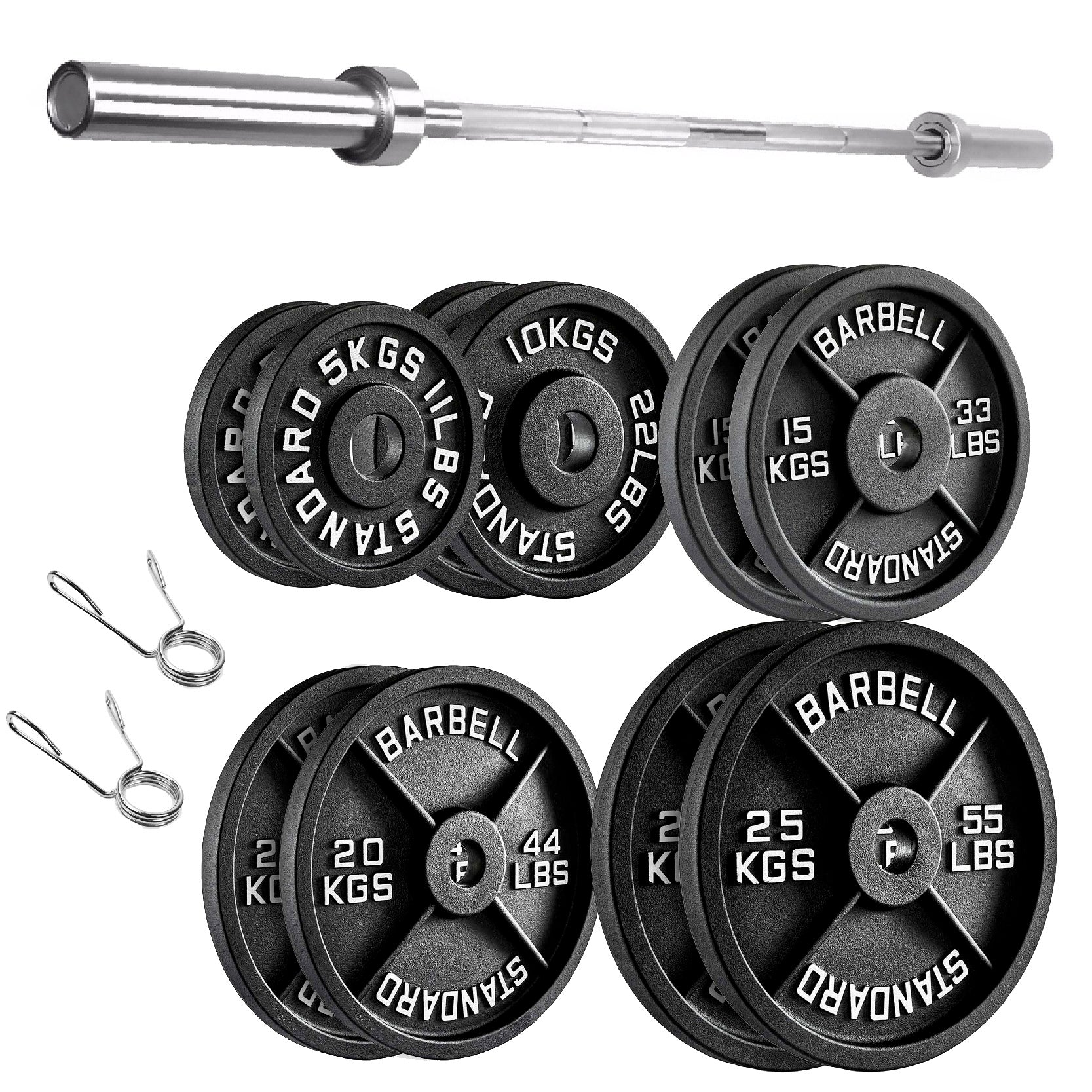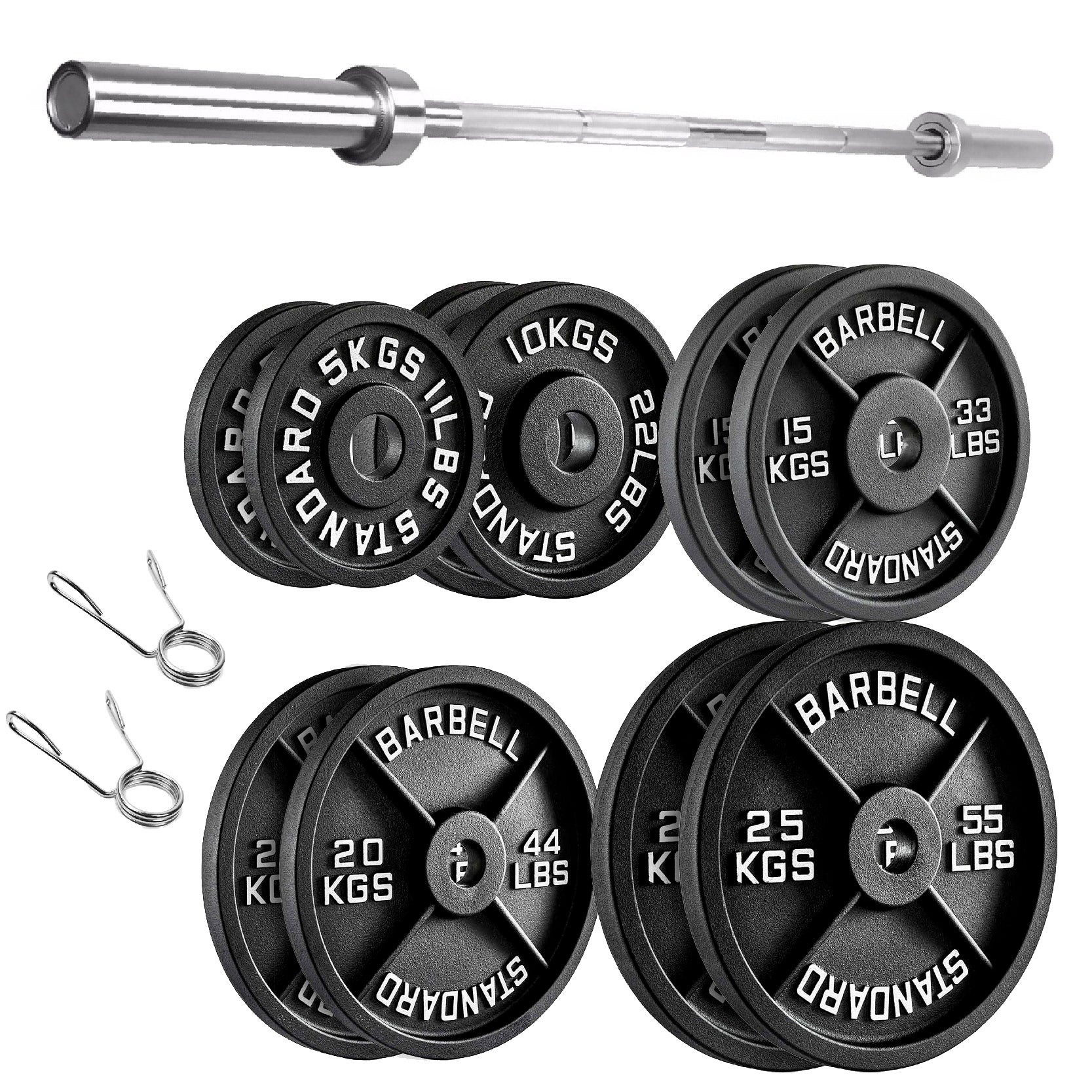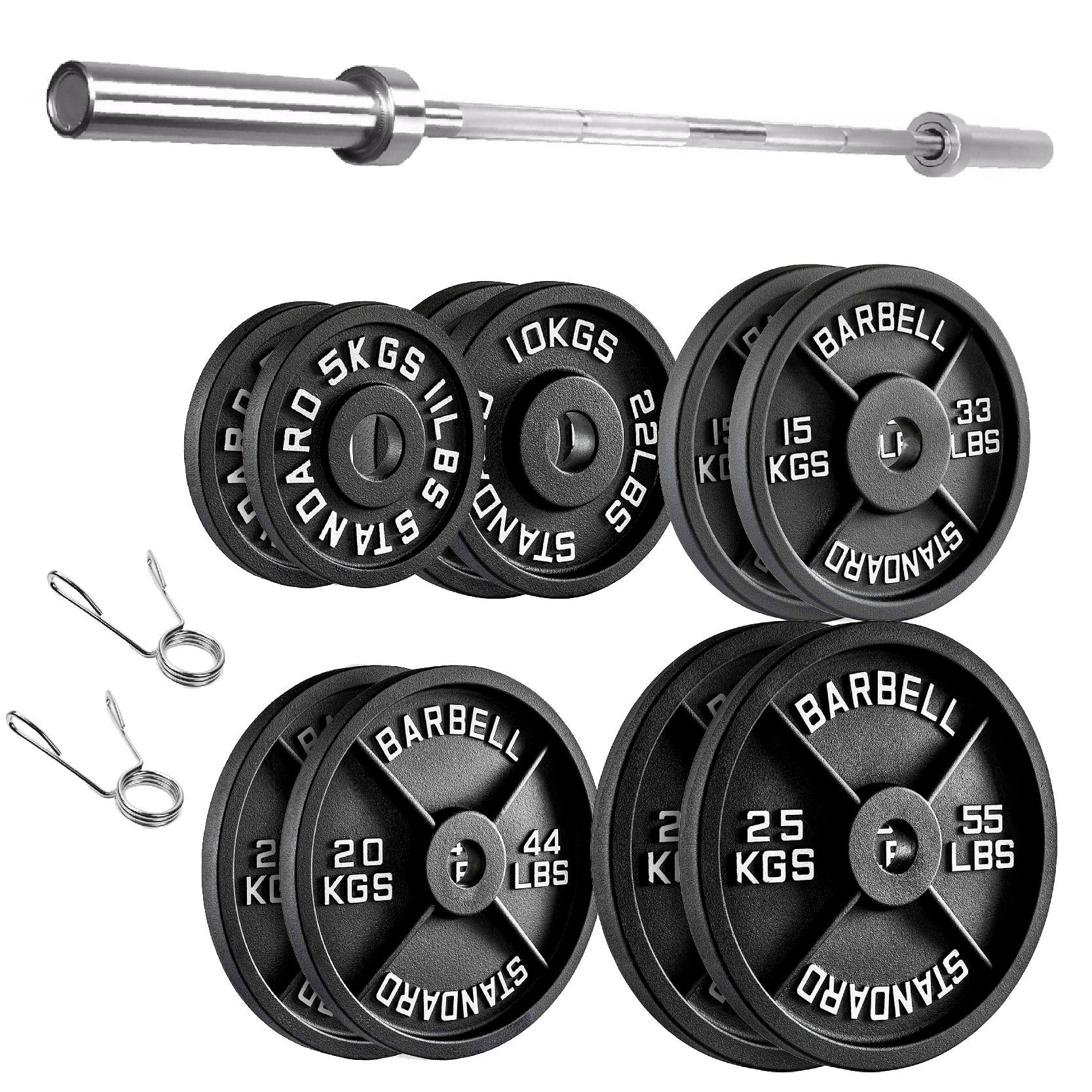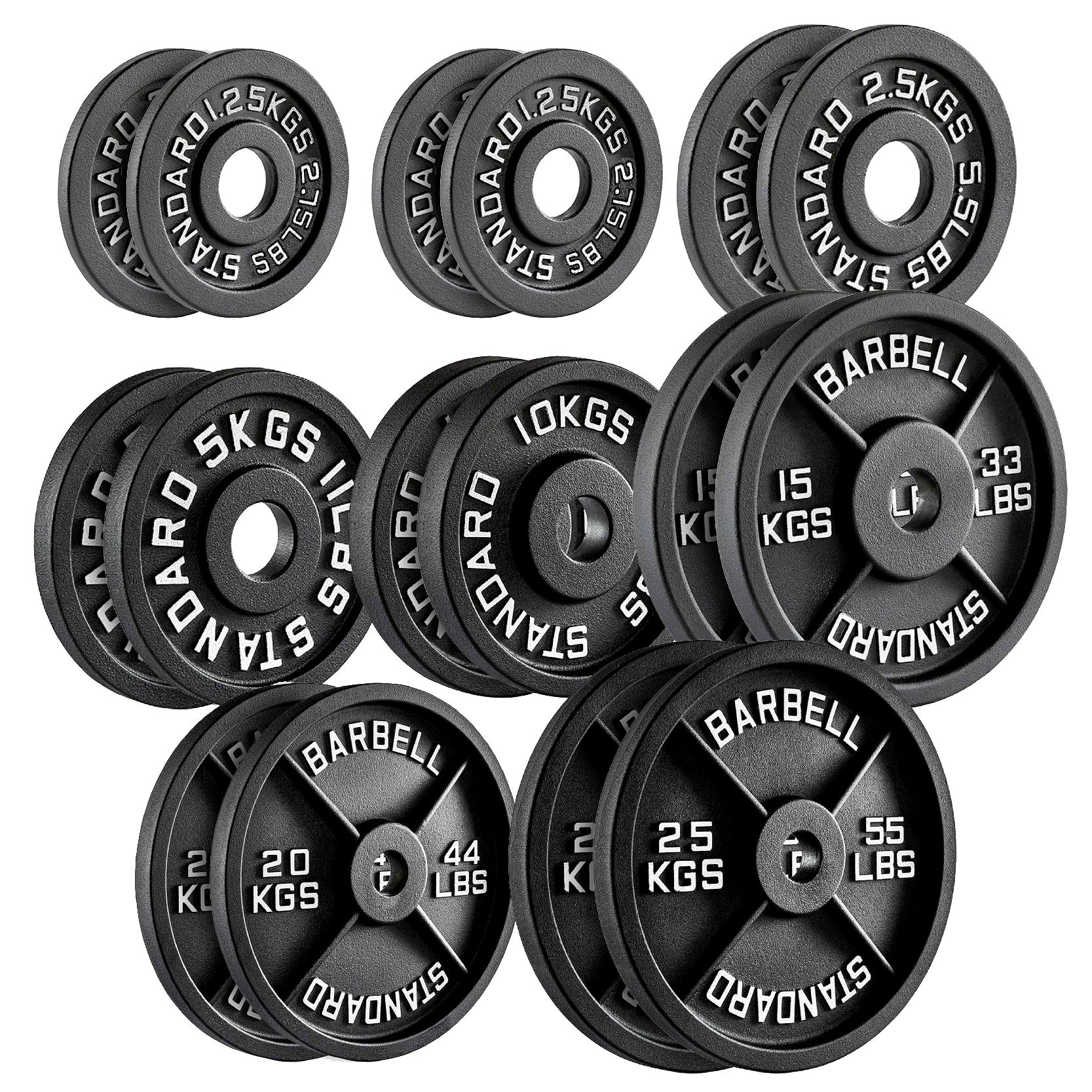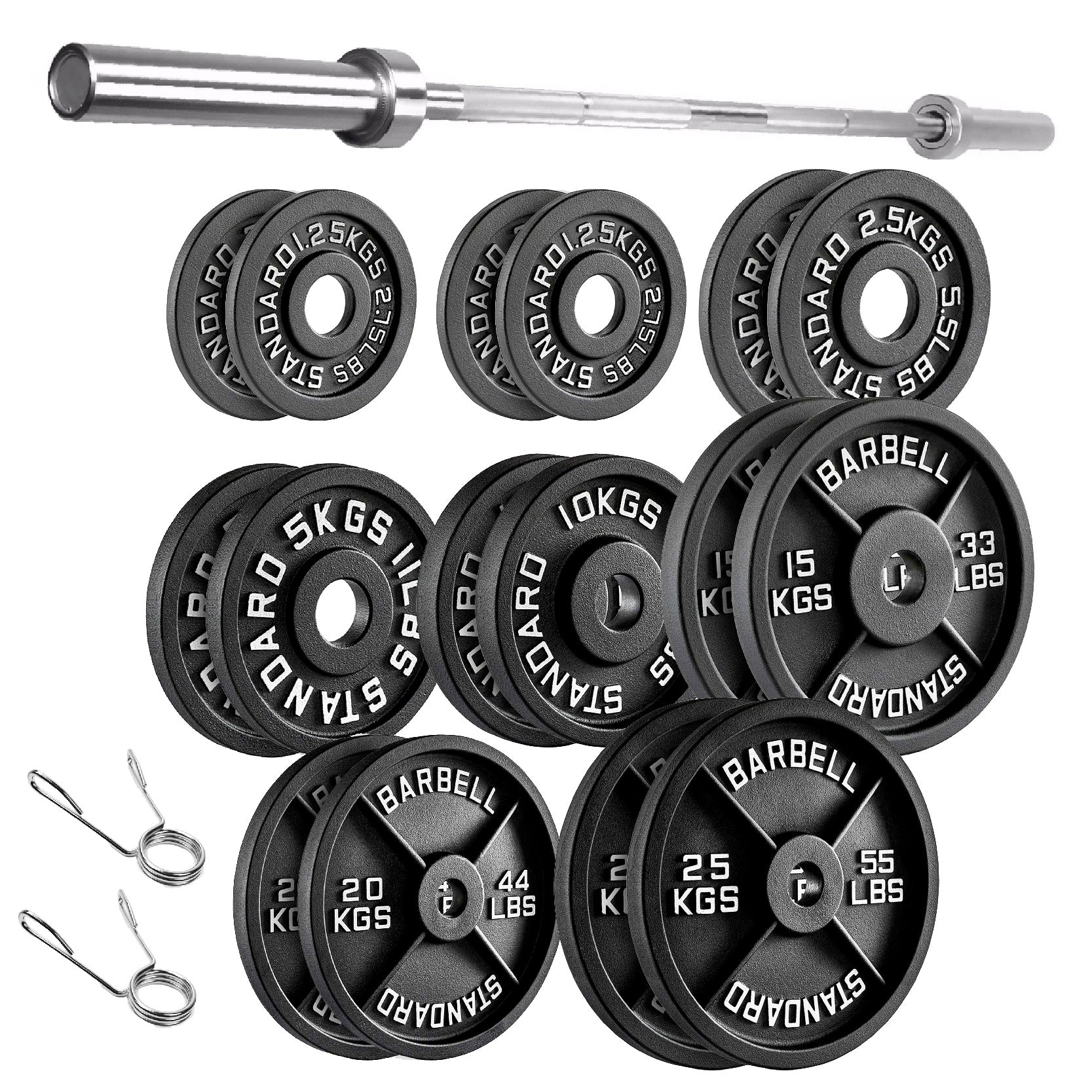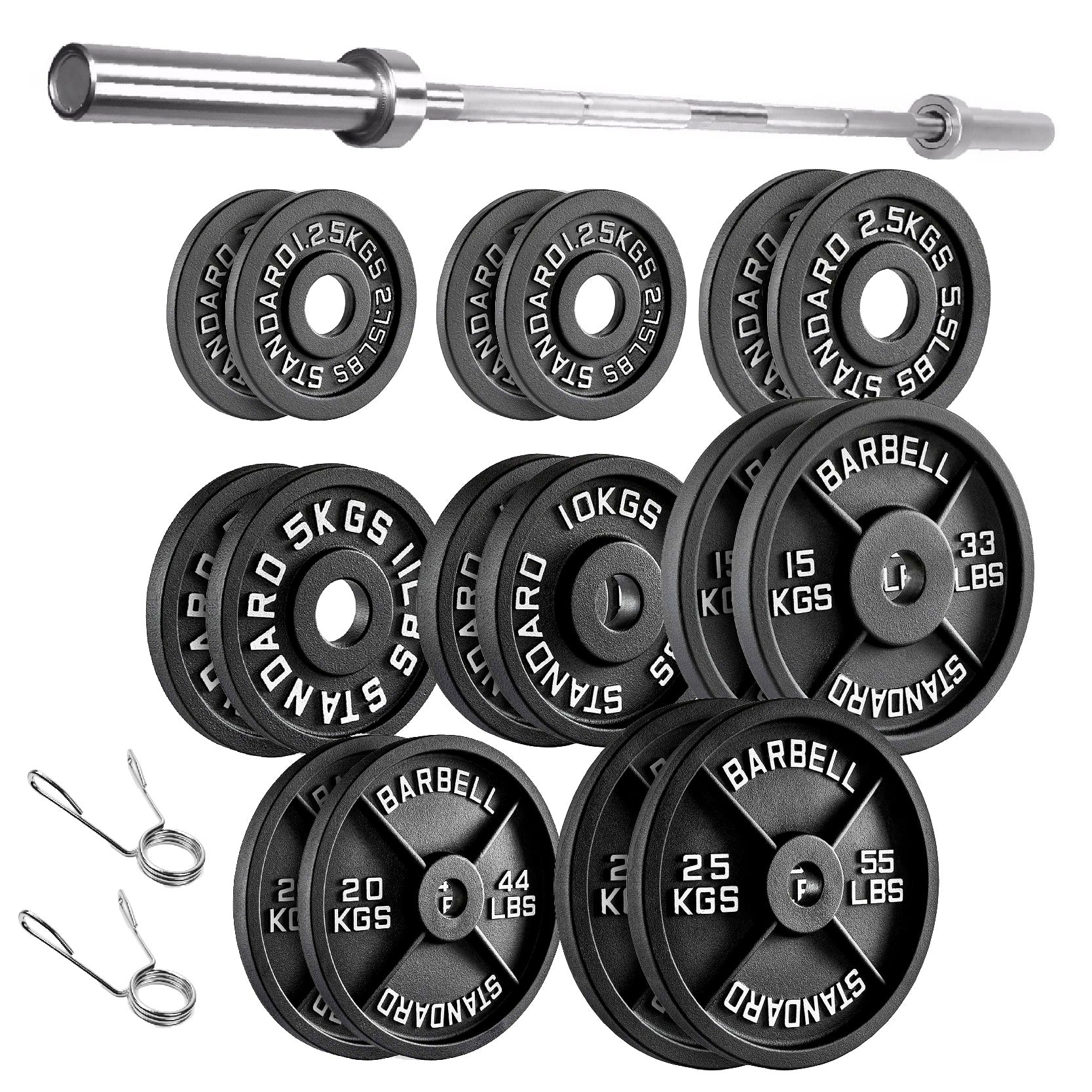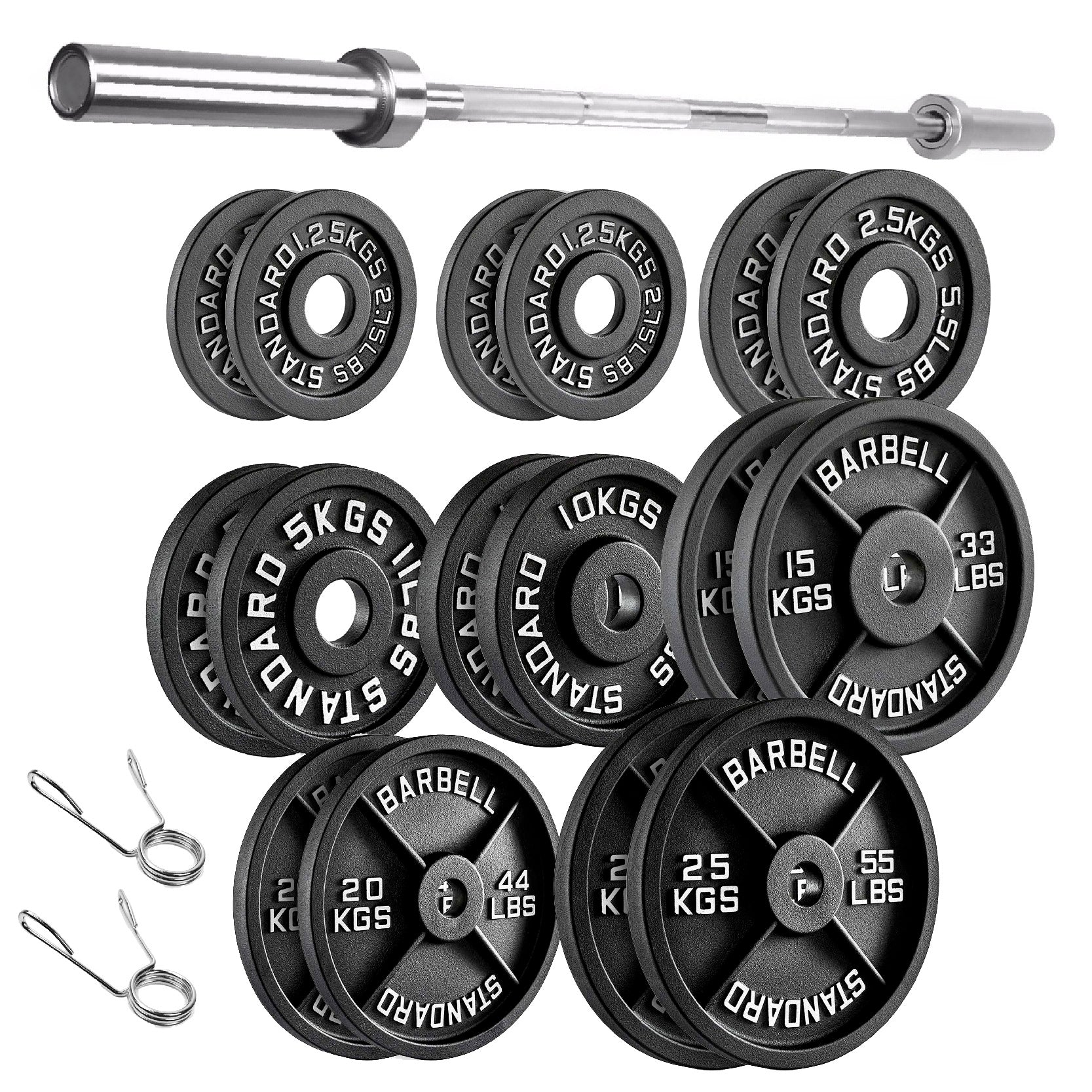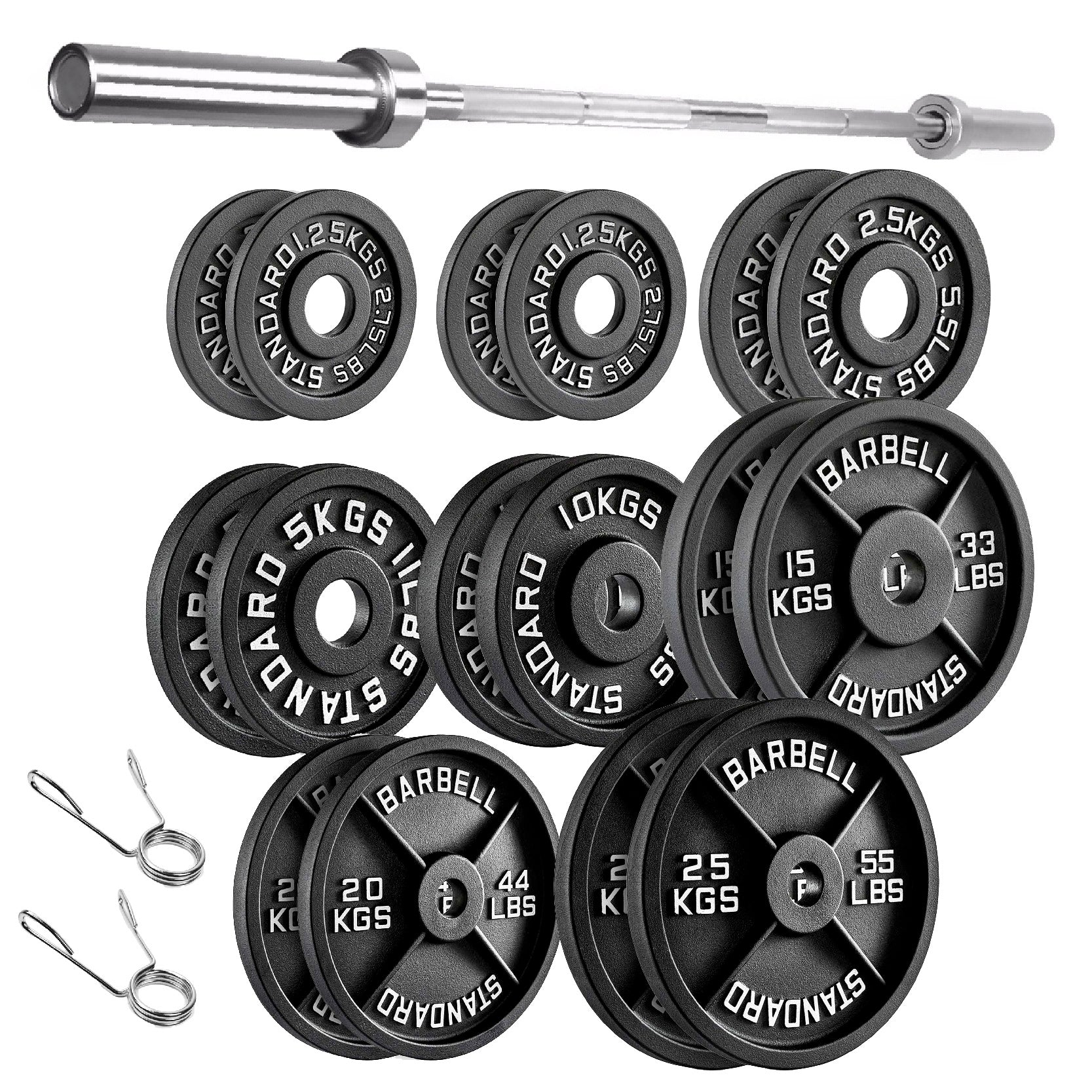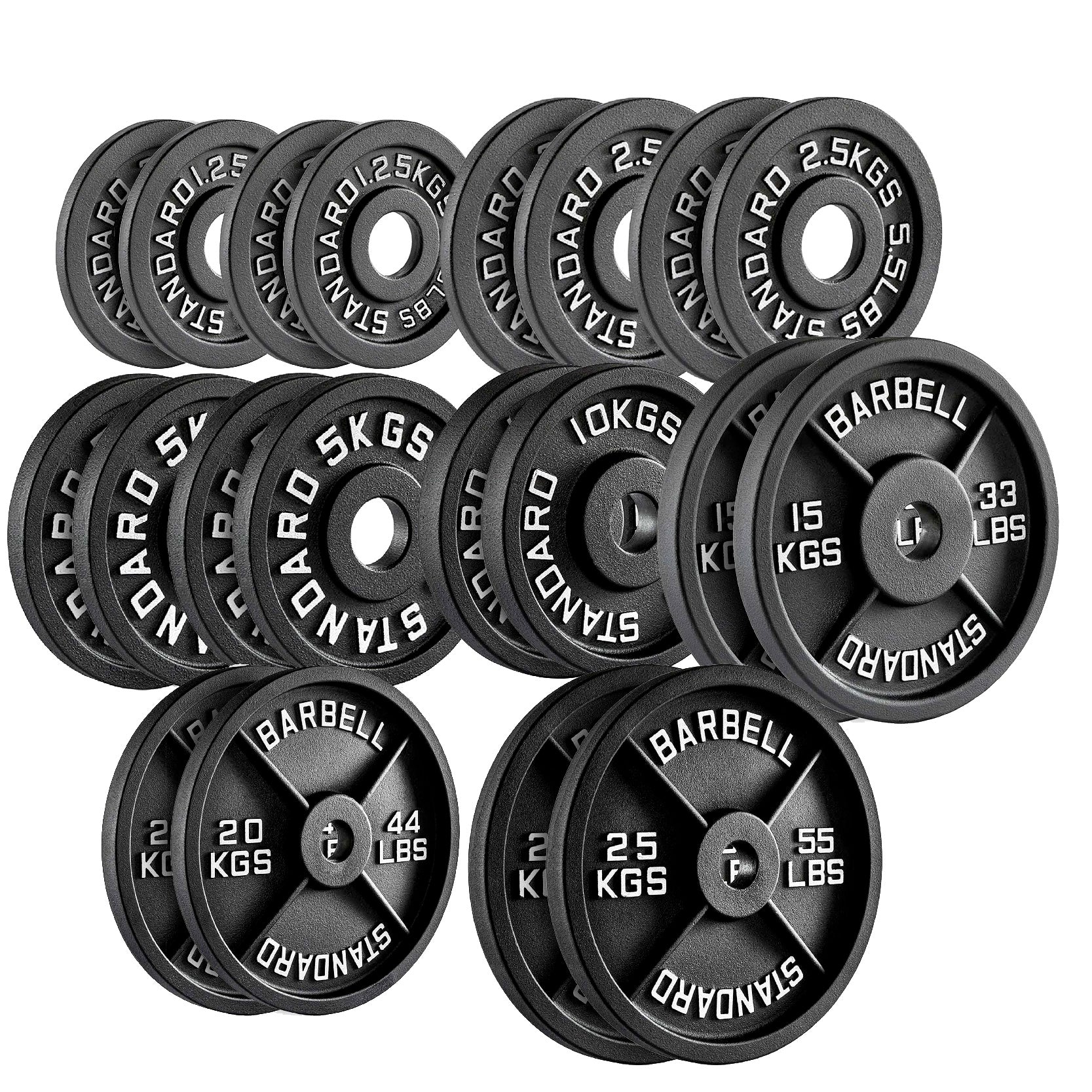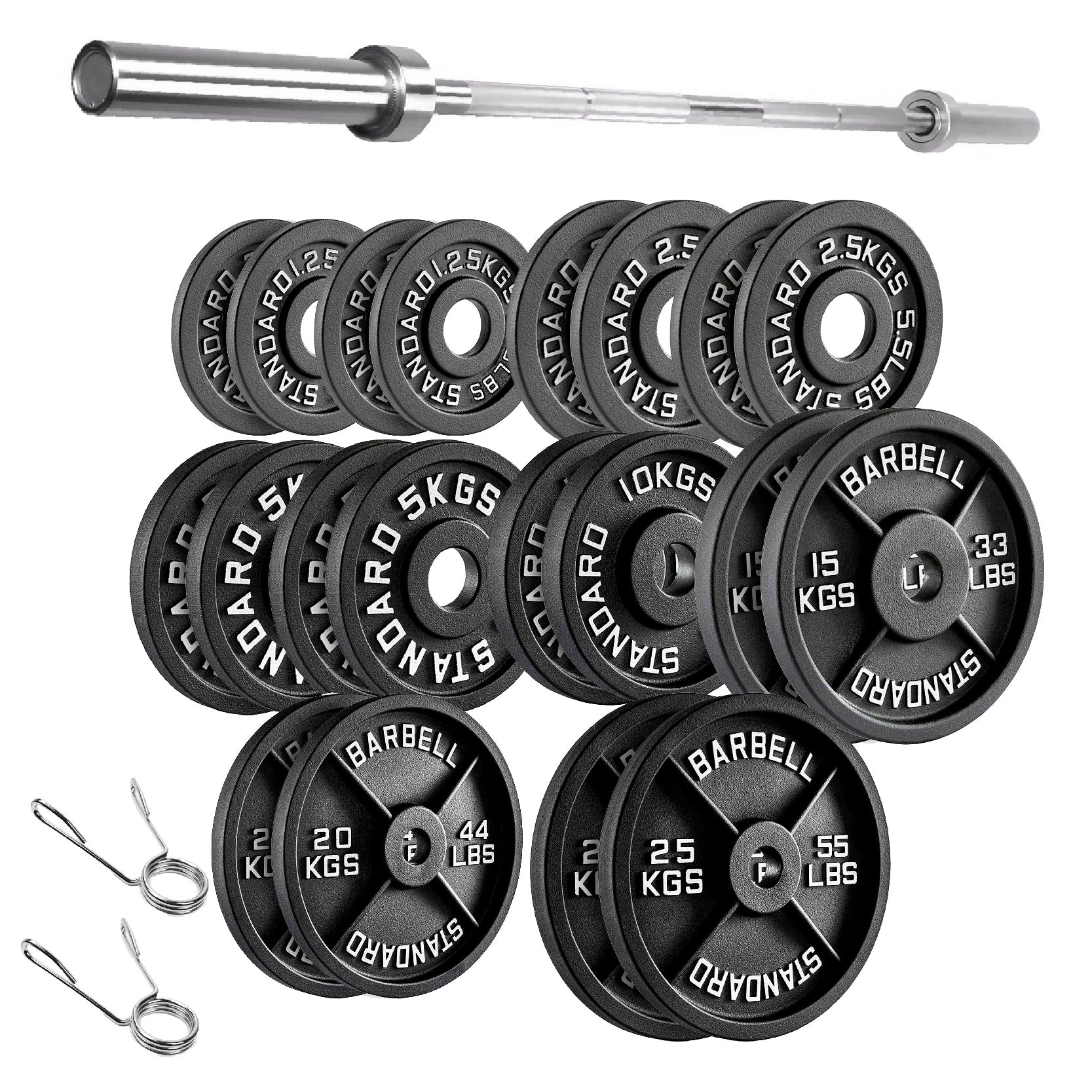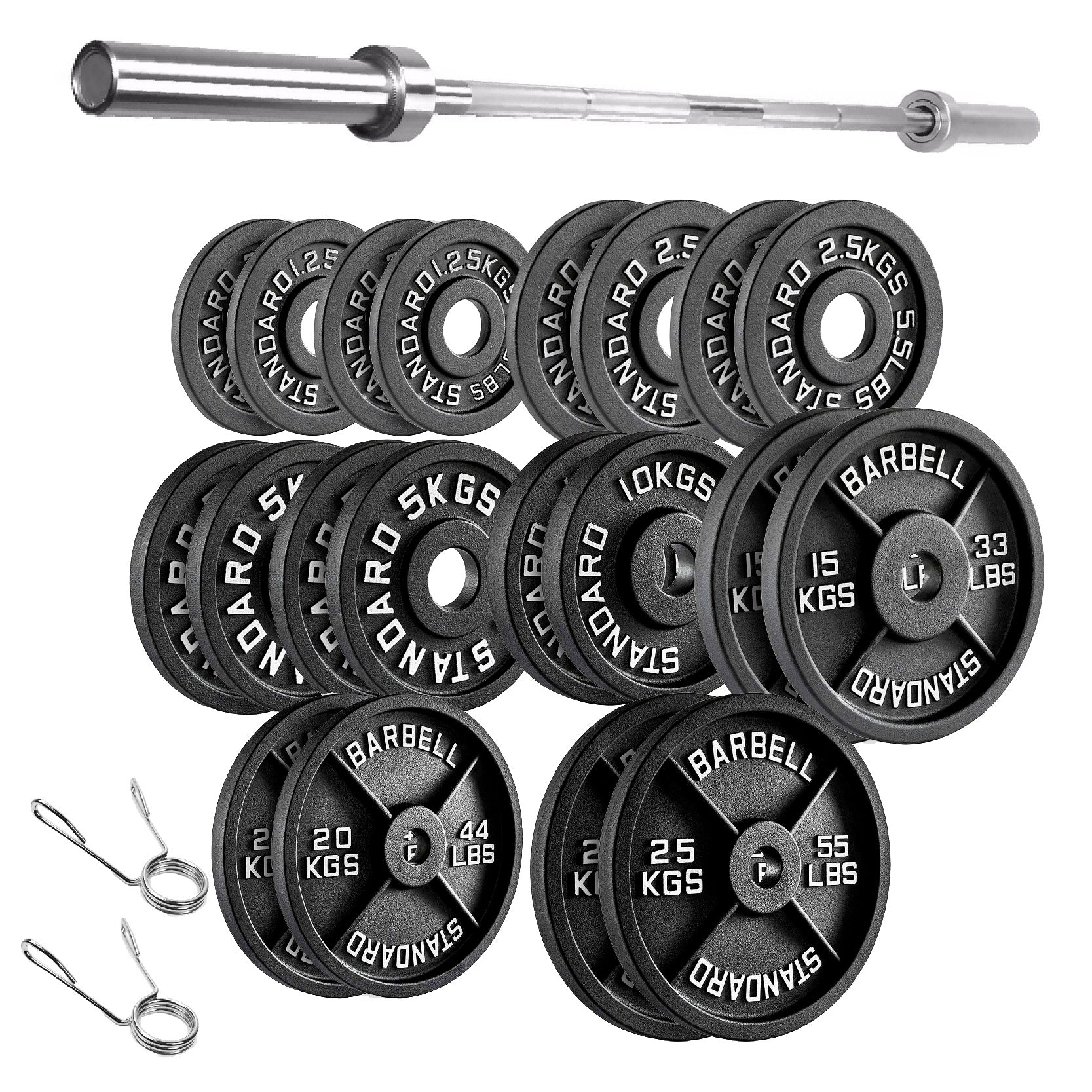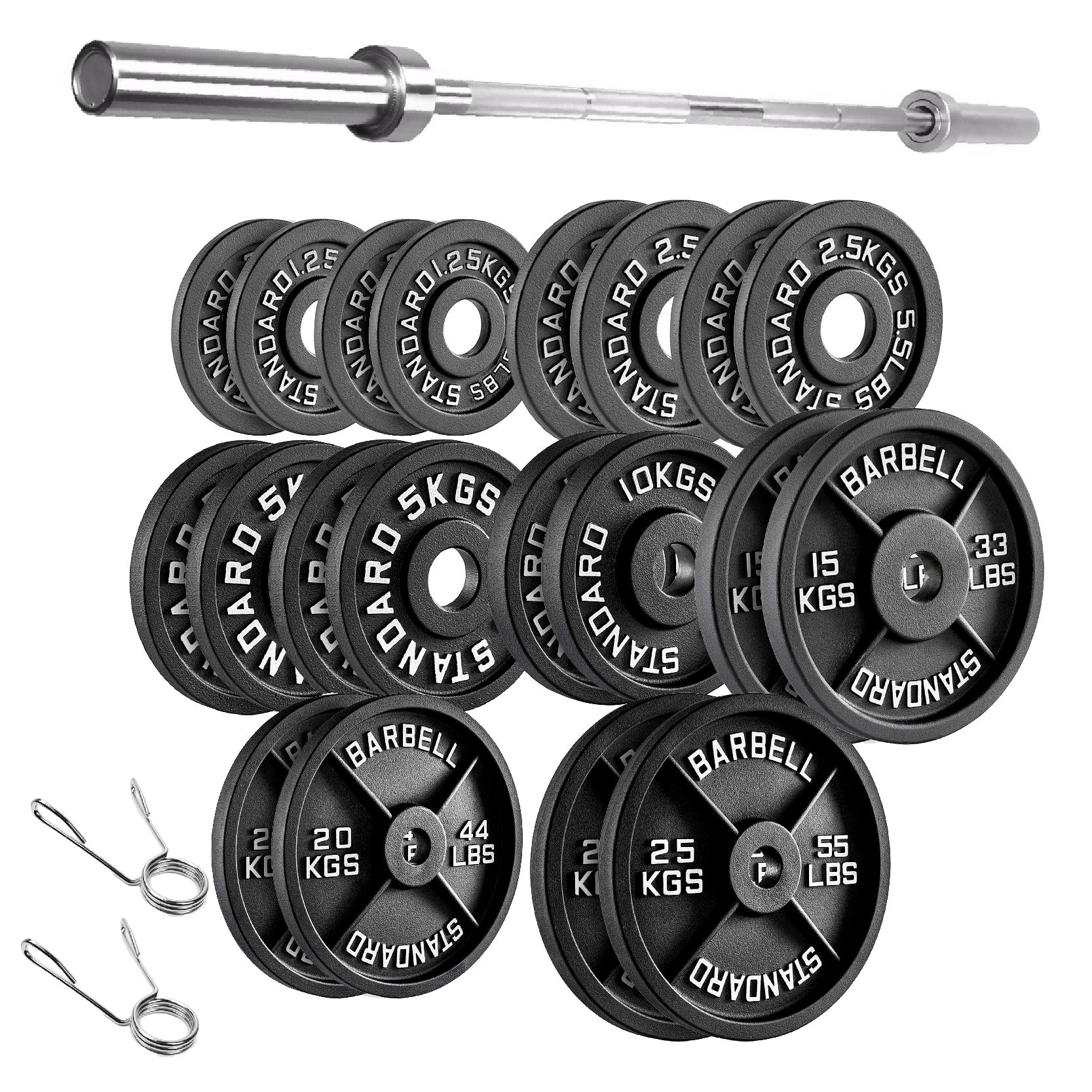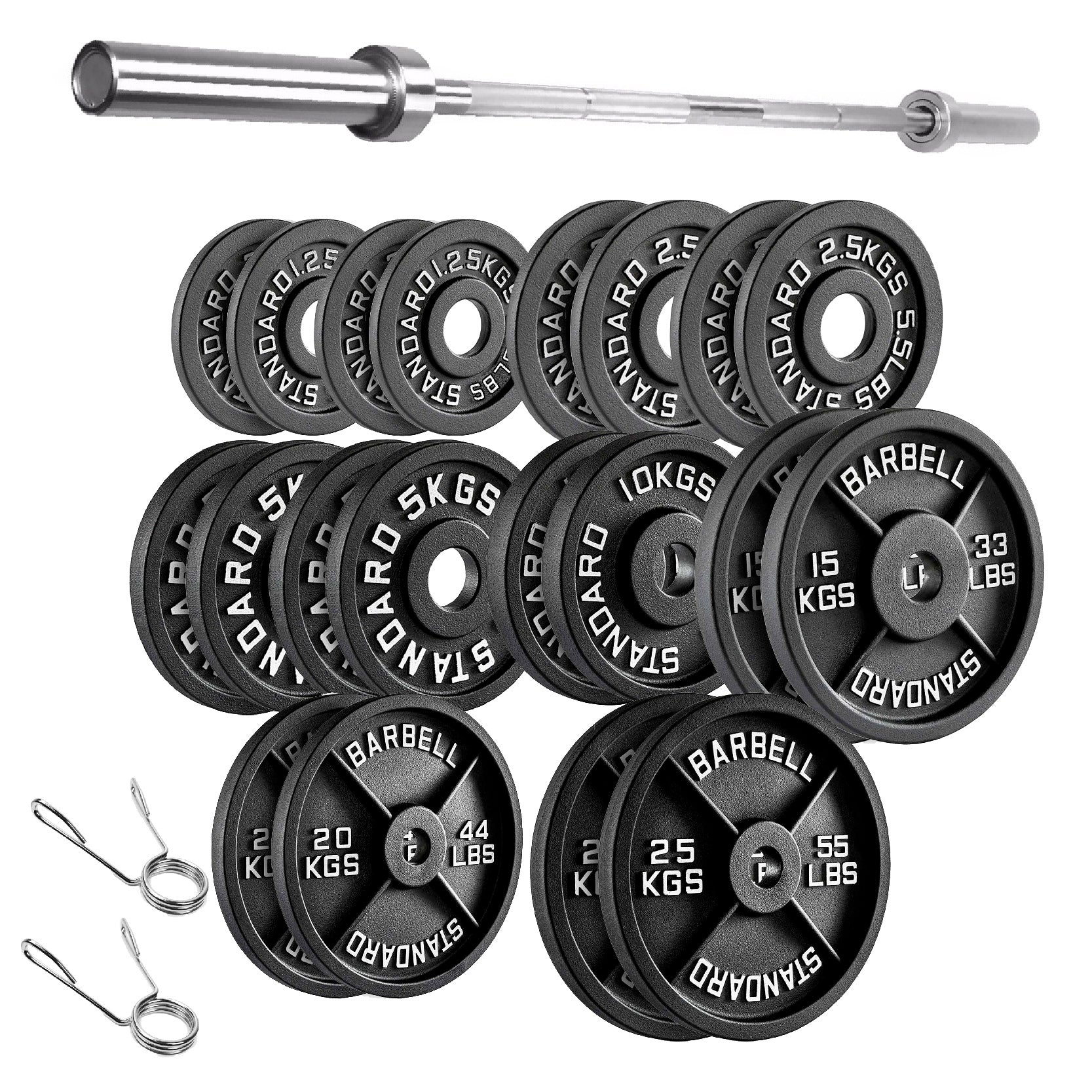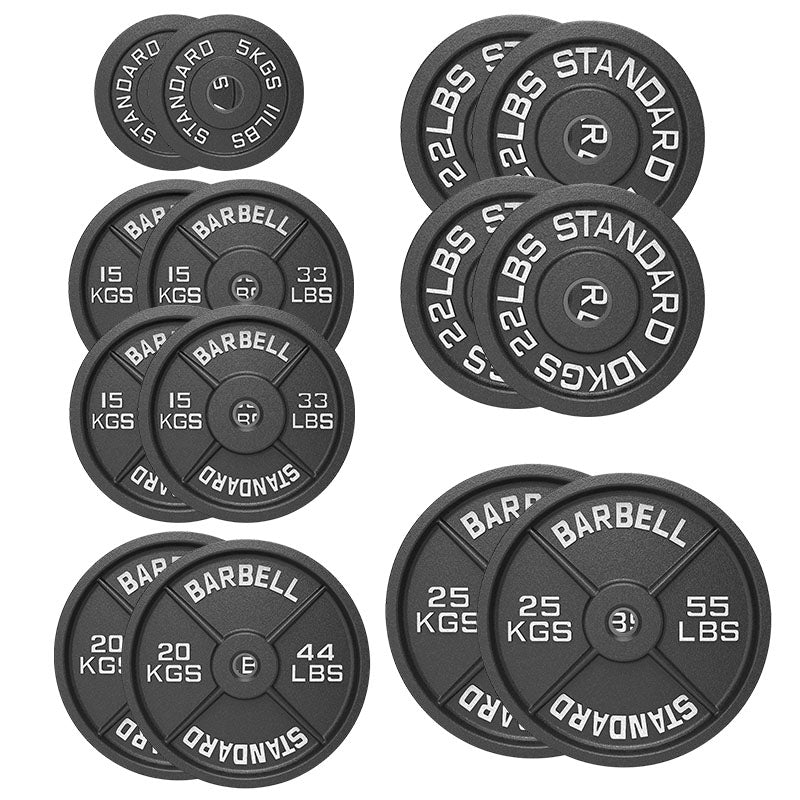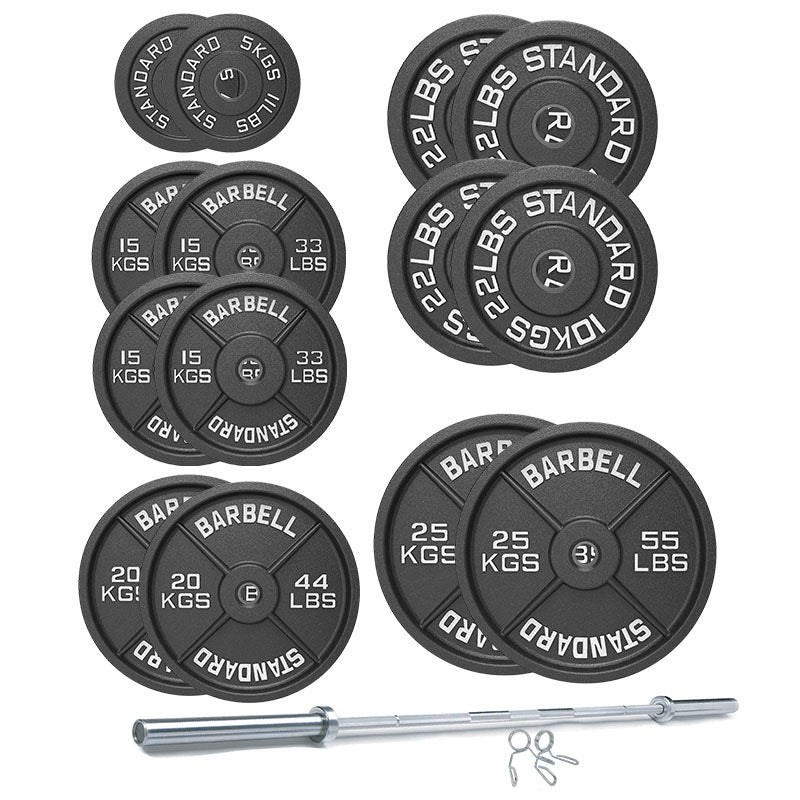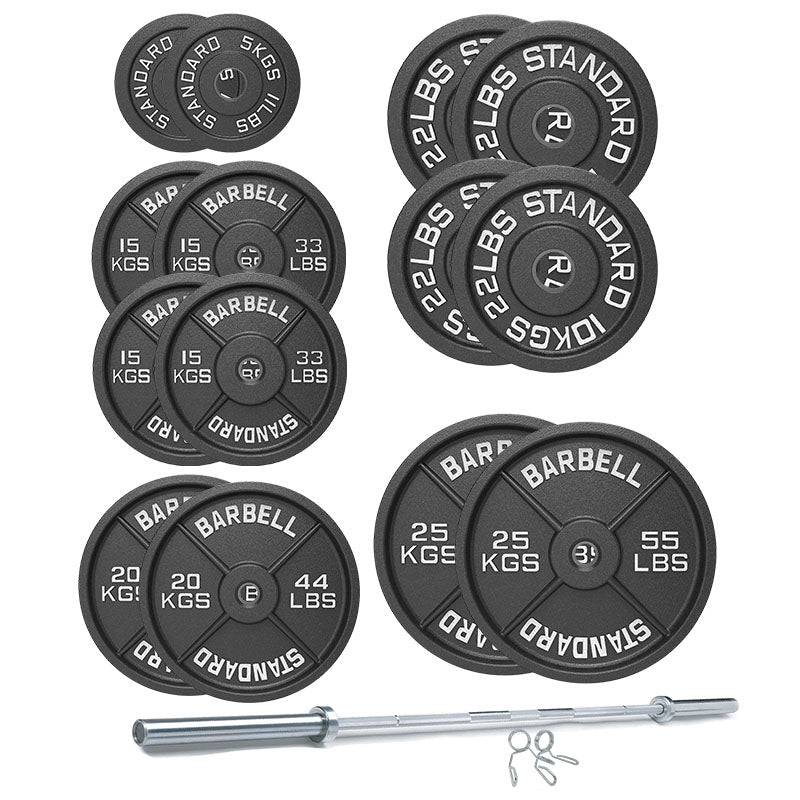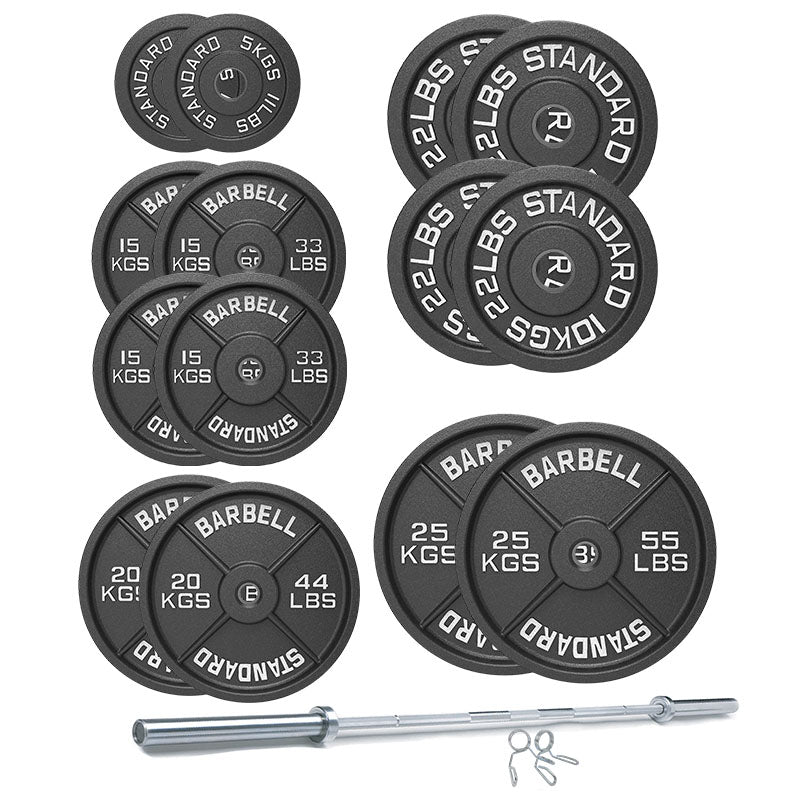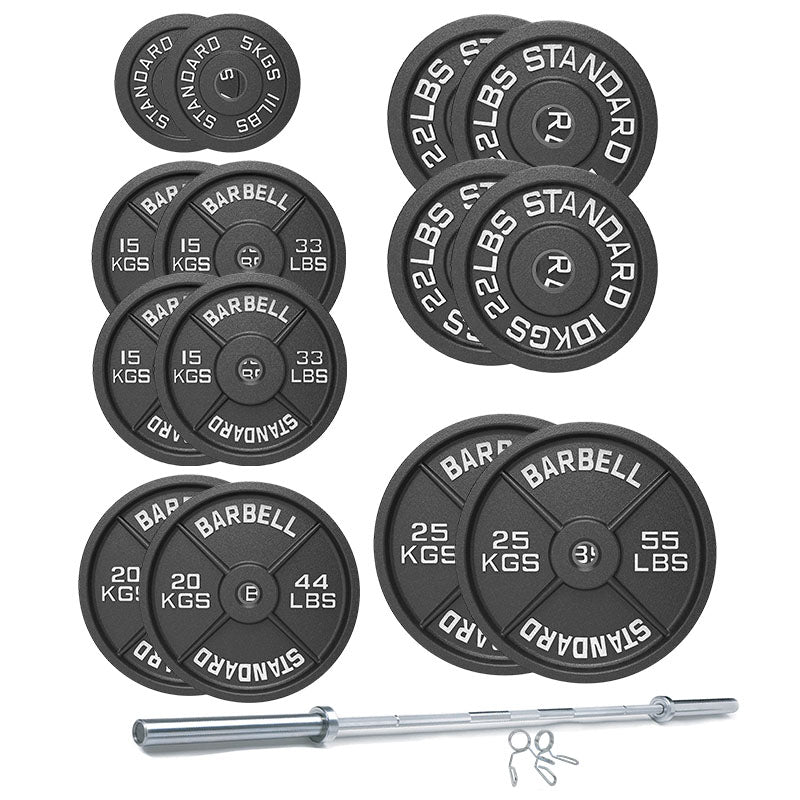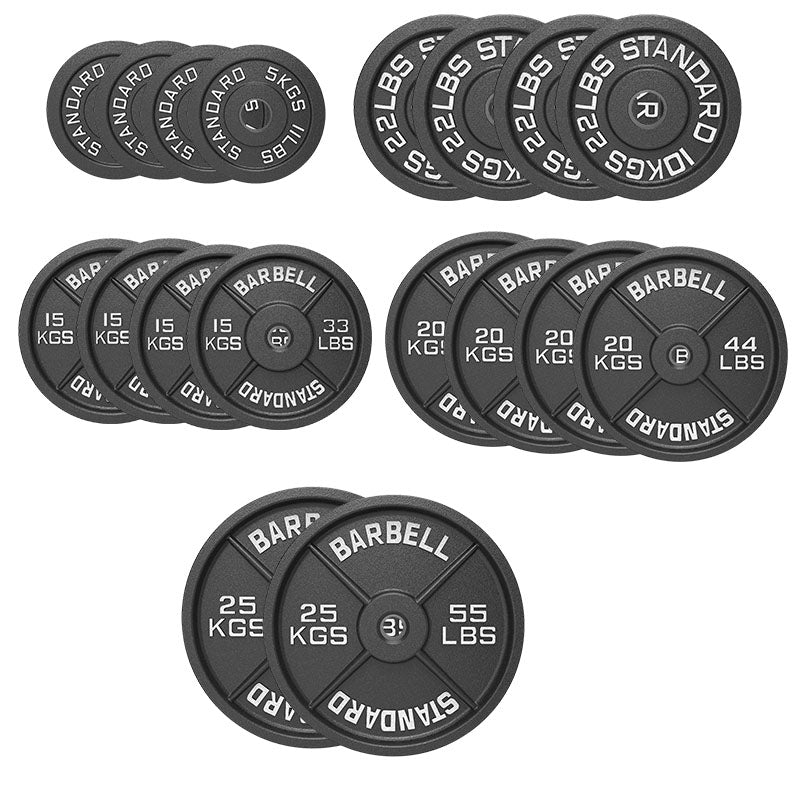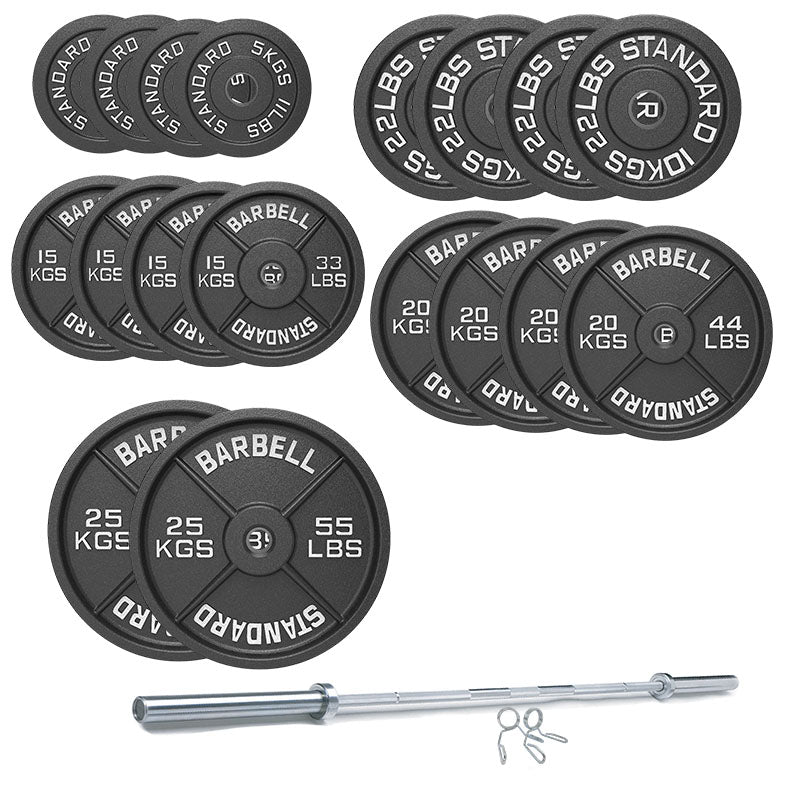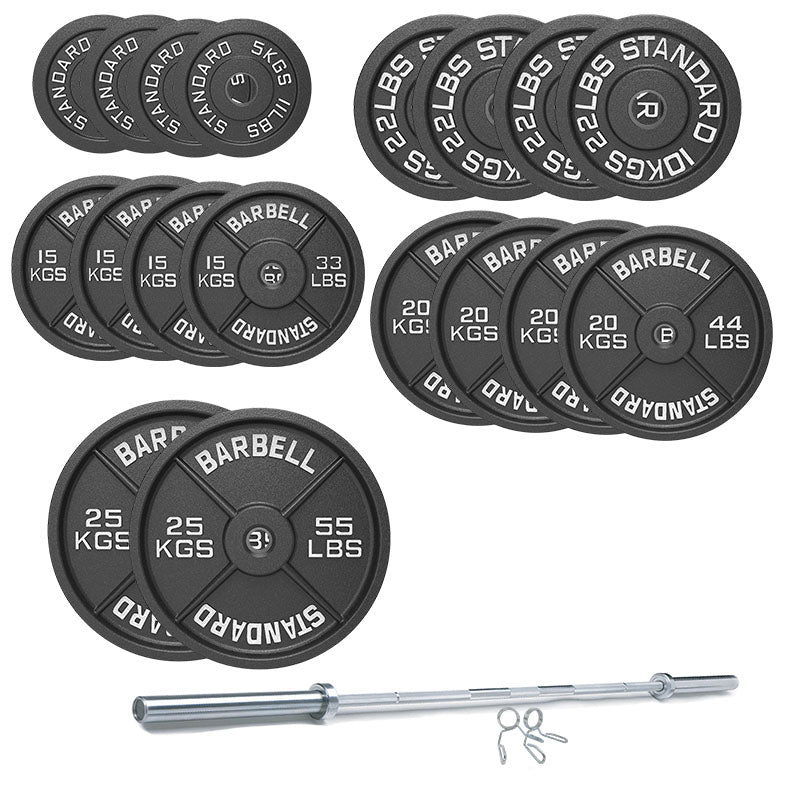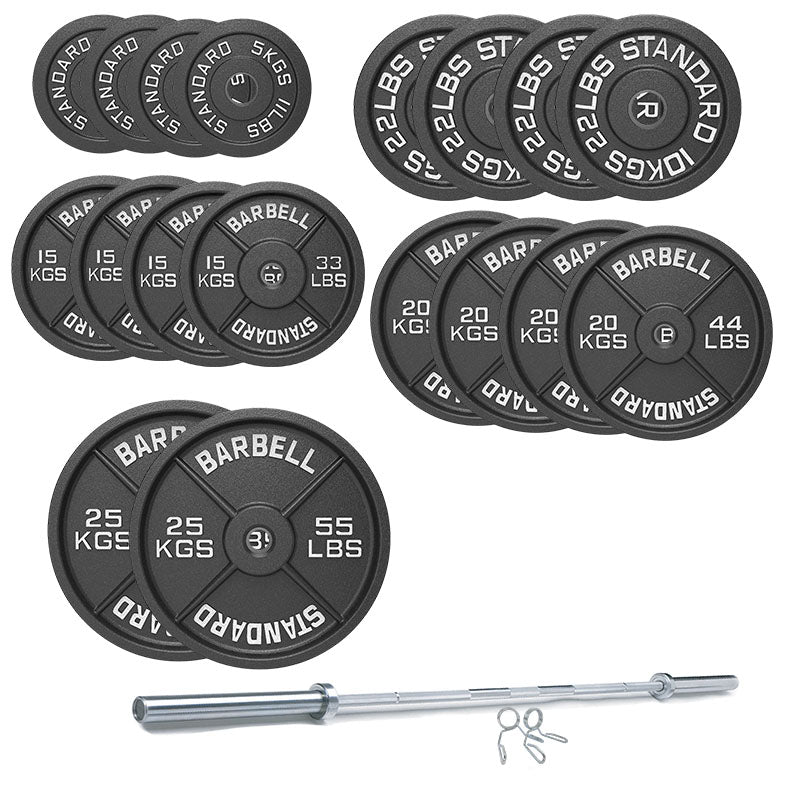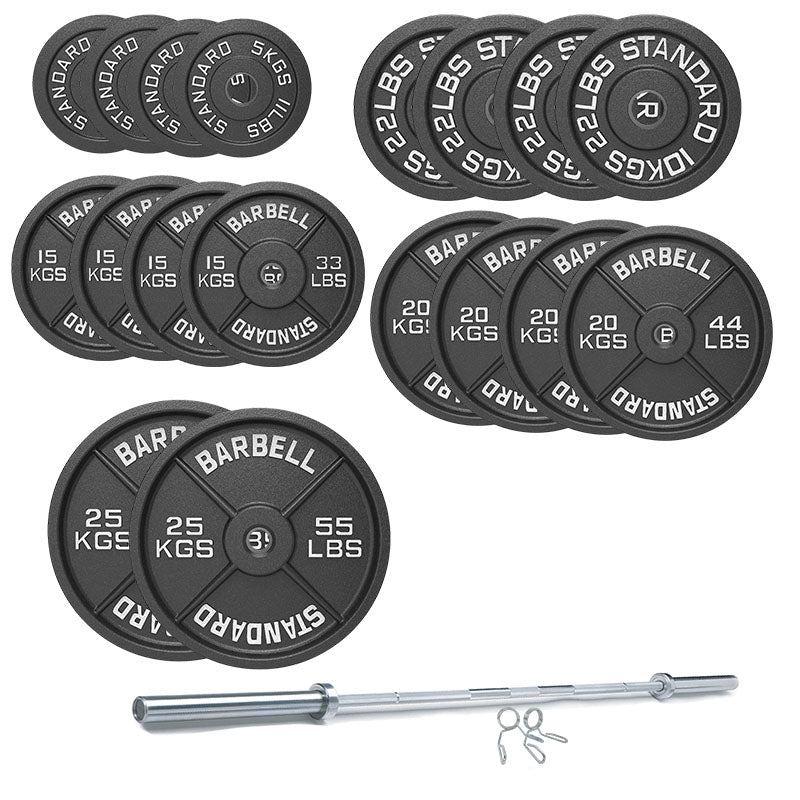Choosing the right ski exercise machine can transform your home fitness routine, but with different resistance systems available, making the right choice isn't always straightforward. Two primary types dominate the UK fitness market: magnetic and air resistance ski machines. Each offers distinct advantages that cater to different workout preferences, noise tolerance levels, and fitness goals.
Understanding these differences helps you invest in equipment that matches your specific needs. Whether you're seeking a whisper-quiet workout for early morning sessions or prefer the dynamic resistance that matches your effort level, this comprehensive guide examines both systems to help you make an informed decision.
We'll explore how each resistance type affects your ski machine workout experience, from performance characteristics to long-term maintenance considerations, ensuring you choose the perfect addition to your home gym setup.
Understanding Resistance Types: Magnetic vs Air
Ski machines fitness equipment relies on resistance mechanisms to create the smooth gliding motion that mimics cross-country skiing. The two most common systems—magnetic and air resistance—operate on fundamentally different principles that directly impact your workout experience.
Magnetic resistance uses electromagnetic fields or permanent magnets positioned near a flywheel to create adjustable resistance. Users can typically select from multiple resistance levels using a console or manual adjustment system. This controlled approach allows precise resistance settings that remain consistent throughout your workout session.
Air resistance operates through a fan-blade system that creates resistance as you pull the handles. The harder and faster you work, the more resistance the machine generates automatically. This self-regulating system means your effort level directly determines workout intensity, similar to how resistance increases when skiing faster on actual snow.
Both systems provide effective full-body workouts, but their operational differences create distinct user experiences that appeal to different fitness preferences and home environments.
Magnetic Ski Machines: Quiet Precision and Control
Magnetic resistance ski machines excel in providing controlled, predictable workout experiences. The primary advantage lies in their adjustable resistance levels, typically offering 8-16 different settings that allow users to customize intensity precisely. This makes them ideal for structured training programs where consistent resistance levels support progressive overload principles.
These machines operate virtually silently, making them perfect for UK homes where noise considerations matter—particularly in flats, terraced houses, or early morning workout sessions. The quiet operation stems from the non-contact magnetic system that creates resistance without physical friction between moving parts.
Maintenance requirements remain minimal since magnetic systems have fewer wear components. The sealed electromagnetic systems rarely require adjustment or replacement, contributing to lower long-term ownership costs. Additionally, the consistent resistance makes these machines suitable for rehabilitation exercises or users who prefer predictable workout intensities.
However, magnetic ski machines typically cost more initially due to their complex electronic systems. The fixed resistance levels, while consistent, don't automatically adapt to your effort like air resistance systems. Some users find the predetermined resistance settings less natural feeling compared to variable air resistance that responds to their pulling force.
Air Resistance Ski Machines: Dynamic and Authentic Feel
Air resistance ski machines offer dynamic, self-adjusting workouts that closely replicate natural skiing conditions. The primary benefit is their infinite resistance adjustment—the harder you pull, the greater the resistance becomes. This creates a natural training environment where your effort level determines workout intensity without manual adjustments.
These machines typically cost less than magnetic alternatives, making them accessible for budget-conscious fitness enthusiasts. The simple fan-based mechanism requires minimal electronic components, reducing initial purchase costs and potential technical issues. Air Resistance Ski Machine models provide immediate feedback; you feel the resistance increase instantly as you apply more force.
The self-regulating nature makes air resistance ski machines excellent for high-intensity interval training (HIIT) and sport-specific conditioning. Athletes appreciate how the resistance naturally scales with their output, similar to real-world skiing conditions where speed and effort determine resistance.
The main drawback is noise generation. The fan system creates a swooshing sound that increases with workout intensity. While some users find this motivating, it can disturb household members or neighbours in close-proximity living situations common throughout the UK.
Air resistance systems also require more maintenance over time. The fan blades and moving components experience wear that may require occasional adjustment or replacement. Additionally, the resistance cannot be preset to specific levels, which some users prefer for structured training programs.
Performance and Workout Intensity Comparison
Both resistance types deliver effective ski machine workouts, but they create different training experiences that suit various fitness goals. Magnetic resistance excels for users who prefer structured, progressive training programs where consistent resistance levels support measurable improvement tracking.
The predetermined resistance settings on magnetic machines allow users to follow specific workout protocols, increasing resistance systematically as fitness improves. This makes them ideal for beginners who benefit from predictable progression or rehabilitation patients requiring controlled exercise intensities.
Air resistance ski machines shine for high-intensity training and sport-specific conditioning. The variable resistance naturally accommodates different workout phases—light resistance during warm-ups automatically increases to challenging levels during intense intervals. This dynamic response closely mirrors real skiing conditions where terrain and speed affect workout demands.
Advanced athletes often prefer air resistance for its ability to provide unlimited resistance. No matter how strong or fit you become, the system can provide increasingly challenging workouts simply by applying more force. This scalability makes air resistance machines suitable for long-term fitness development without outgrowing the equipment's capabilities.
Noise Level and Maintenance Requirements
Noise considerations significantly impact ski machine selection, particularly for UK home users dealing with space constraints and neighbour proximity. Magnetic ski machines operate almost silently, producing only minimal mechanical sounds from the sliding seat and handle movement. This makes them ideal for early morning workouts, evening sessions, or apartment living situations.
The electromagnetic resistance system requires virtually no maintenance since it operates without physical contact between resistance components. Users typically only need to wipe down surfaces, occasionally lubricate the seat rail, and ensure electronic connections remain secure. This low-maintenance approach appeals to users who prefer equipment that consistently performs without regular adjustments.
Air resistance ski machines generate more noticeable sound levels due to their fan-based operation. The swooshing noise increases proportionally with workout intensity, potentially reaching levels that could disturb others. However, many users find the sound motivating and reminiscent of actual wind resistance experienced during outdoor activities.
Maintenance requirements for air systems include periodic fan blade cleaning to remove dust buildup, checking for loose bolts due to vibration, and ensuring proper lubrication of moving parts. While not excessive, these maintenance tasks require more attention than magnetic systems but remain manageable for most home users.
Cost Analysis: Initial Investment vs Long-term Value
Initial purchase costs typically favour air resistance ski machines, with quality models available from £300-£500 compared to magnetic systems ranging from £400-£800 or more. The price difference reflects the complexity of magnetic systems requiring sophisticated electronic controls and electromagnets.
However, total ownership costs require broader consideration. Magnetic systems often provide better long-term value through minimal maintenance requirements and consistent performance over years of use. The sealed electromagnetic systems rarely require repairs or component replacement, making them cost-effective despite higher initial prices.
Air resistance machines may require occasional maintenance costs for fan blade replacement, bearing lubrication, or mechanical adjustments. While individual maintenance costs remain modest, they accumulate over time and should factor into total ownership calculations.
Quality considerations also affect cost comparison. Premium air resistance models with robust construction and smooth operation compete closely with entry-level magnetic machines in pricing, making feature comparison more important than resistance type alone when evaluating value.
Which Ski Exercise Machine Suits Your Needs?
Your ideal ski exercise machine depends on several key factors that align with your specific circumstances and fitness goals. Consider your living situation first—if you live in a flat, have thin walls, or workout during early morning or late evening hours, magnetic resistance offers the quiet operation necessary for peaceful coexistence with household members and neighbours.
Budget considerations should include both initial costs and long-term value. Air resistance machines provide excellent entry-level options for users wanting to experience ski machines fitness without significant investment. Magnetic systems offer better long-term value for users planning extensive, regular use over many years.
Fitness experience and goals also influence the best choice. Beginners often benefit from magnetic systems' controlled, predictable resistance that supports structured progression. Experienced athletes or those seeking high-intensity training may prefer air resistance's unlimited scalability and natural feel.
Space and storage requirements favour both types similarly, as quality models in each category offer comparable footprints and folding capabilities for UK home storage needs.
Find Your Perfect Ski Machine Today
Selecting between magnetic vs air ski machine systems ultimately depends on your unique combination of living situation, budget, fitness goals, and personal preferences. Both technologies deliver effective full-body workouts that can transform your home fitness routine, but they excel in different areas.
Magnetic resistance suits users prioritising quiet operation, structured training programs, and minimal maintenance. Air resistance appeals to those seeking natural feel, budget-friendly options, and dynamic intensity that scales with effort level.
The choice doesn't require compromise—it's about finding equipment perfectly matched to your needs. For UK fitness enthusiasts seeking authentic ski machine workouts with dynamic resistance and excellent value, air resistance systems offer compelling advantages that many users prefer for their home gym setups.


